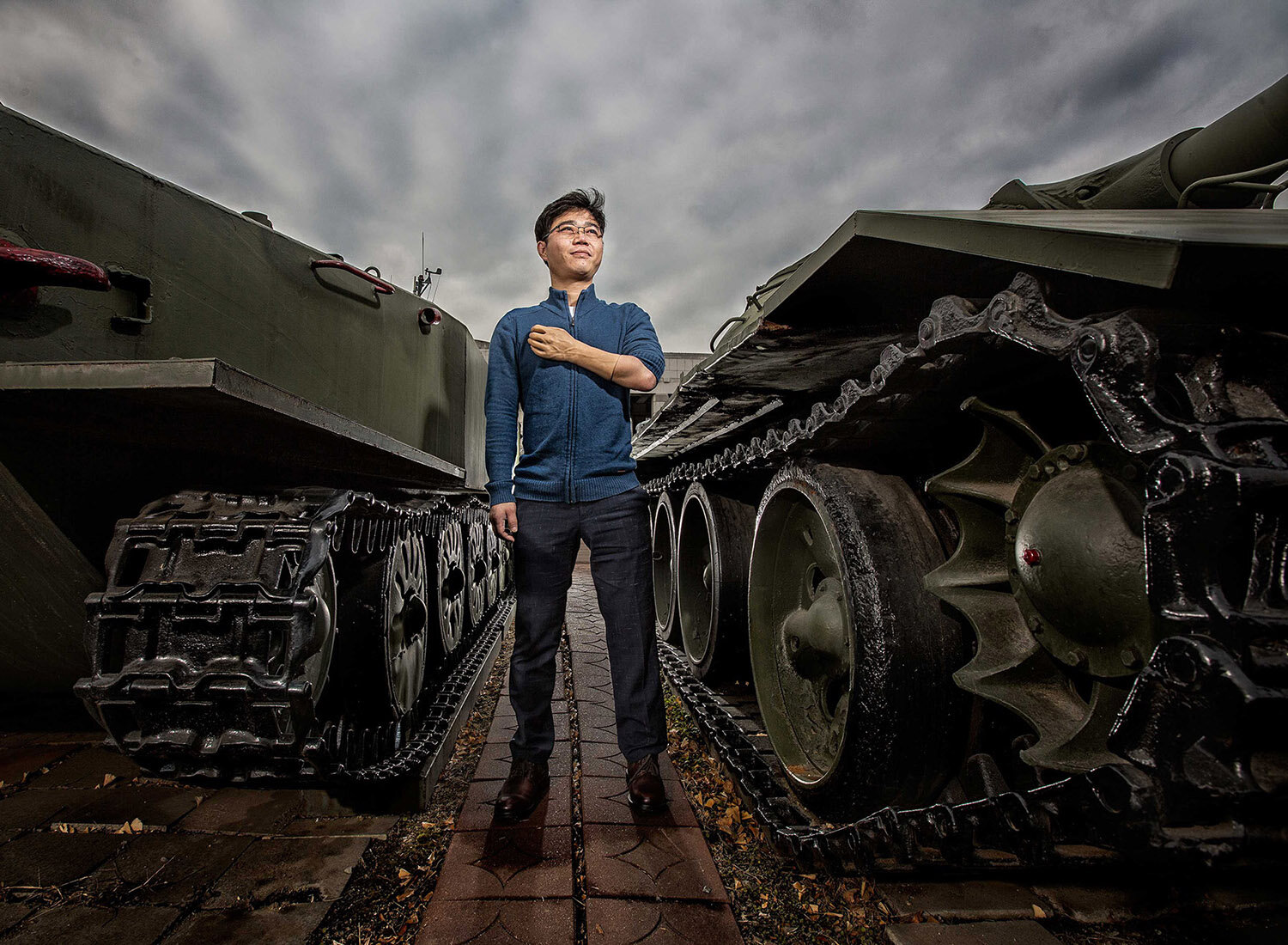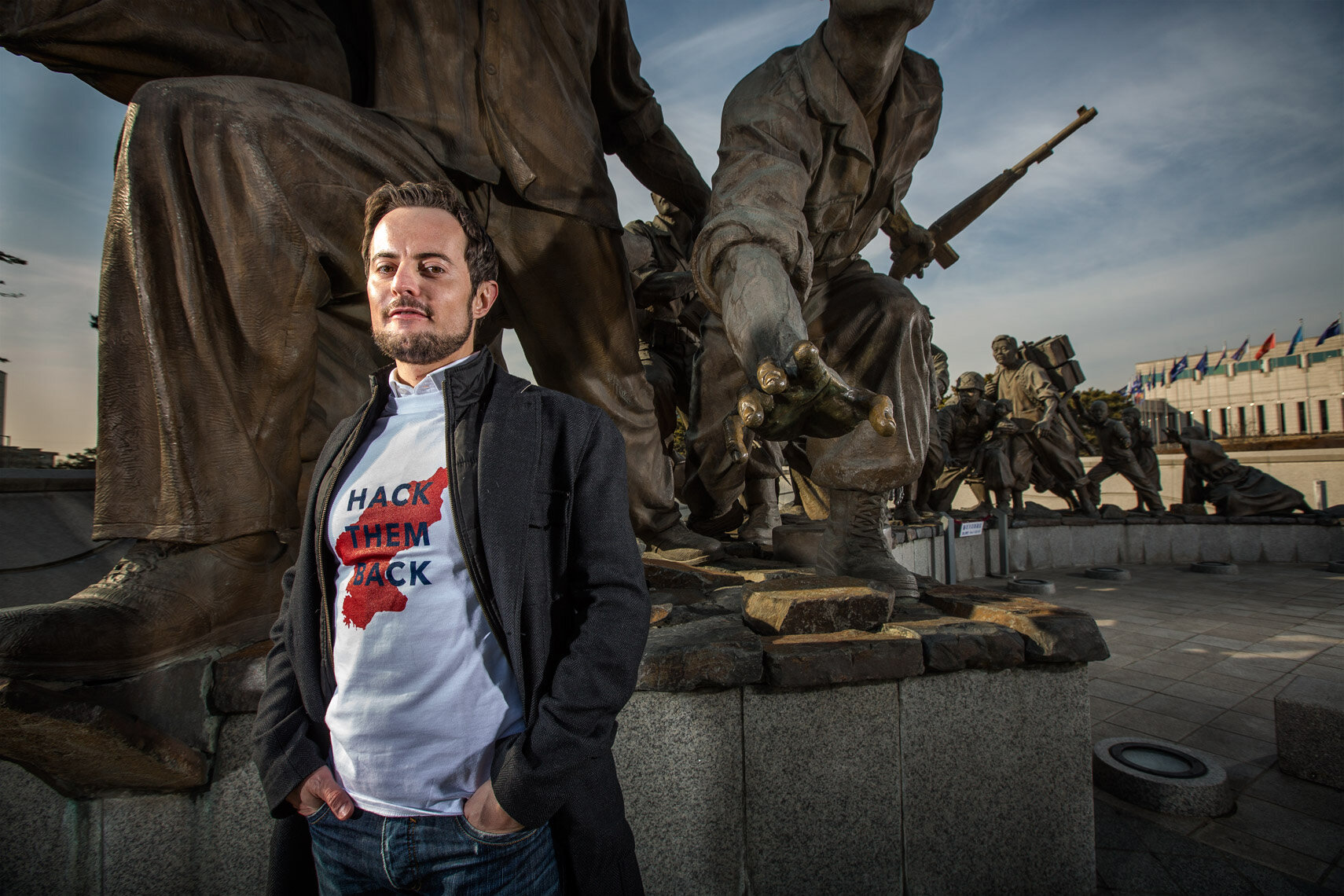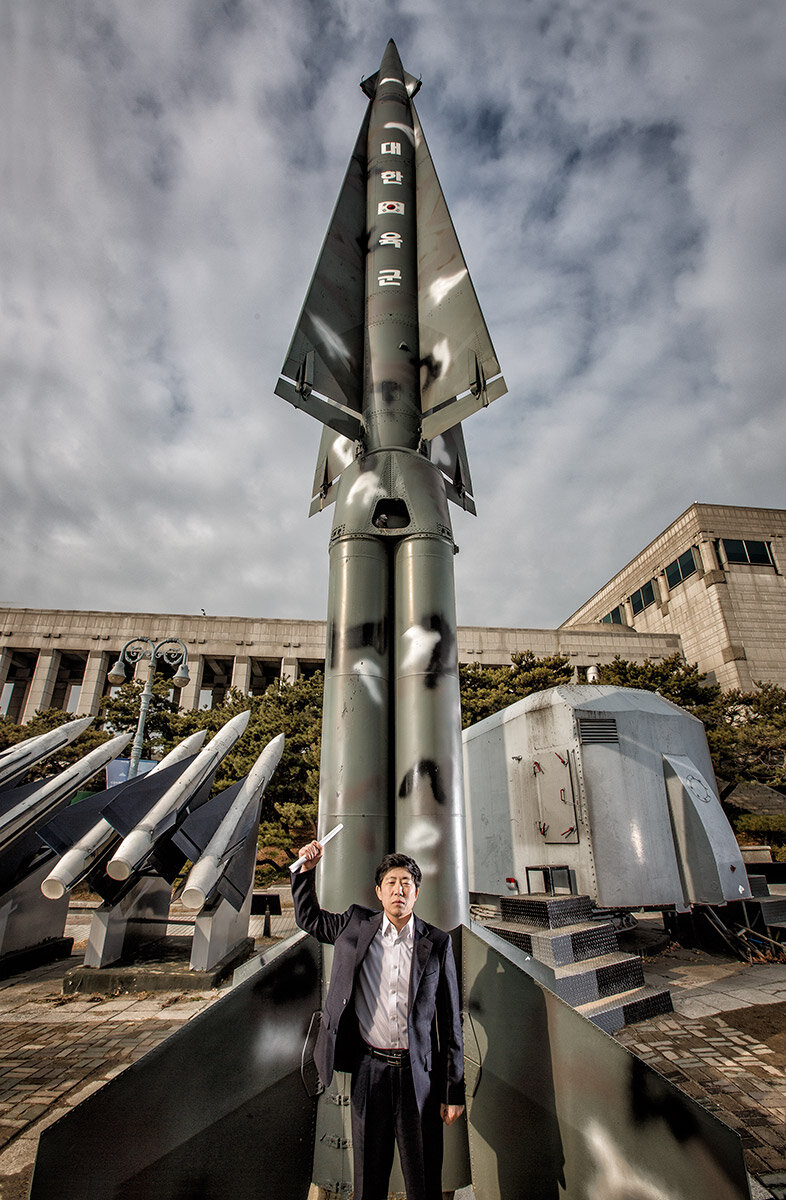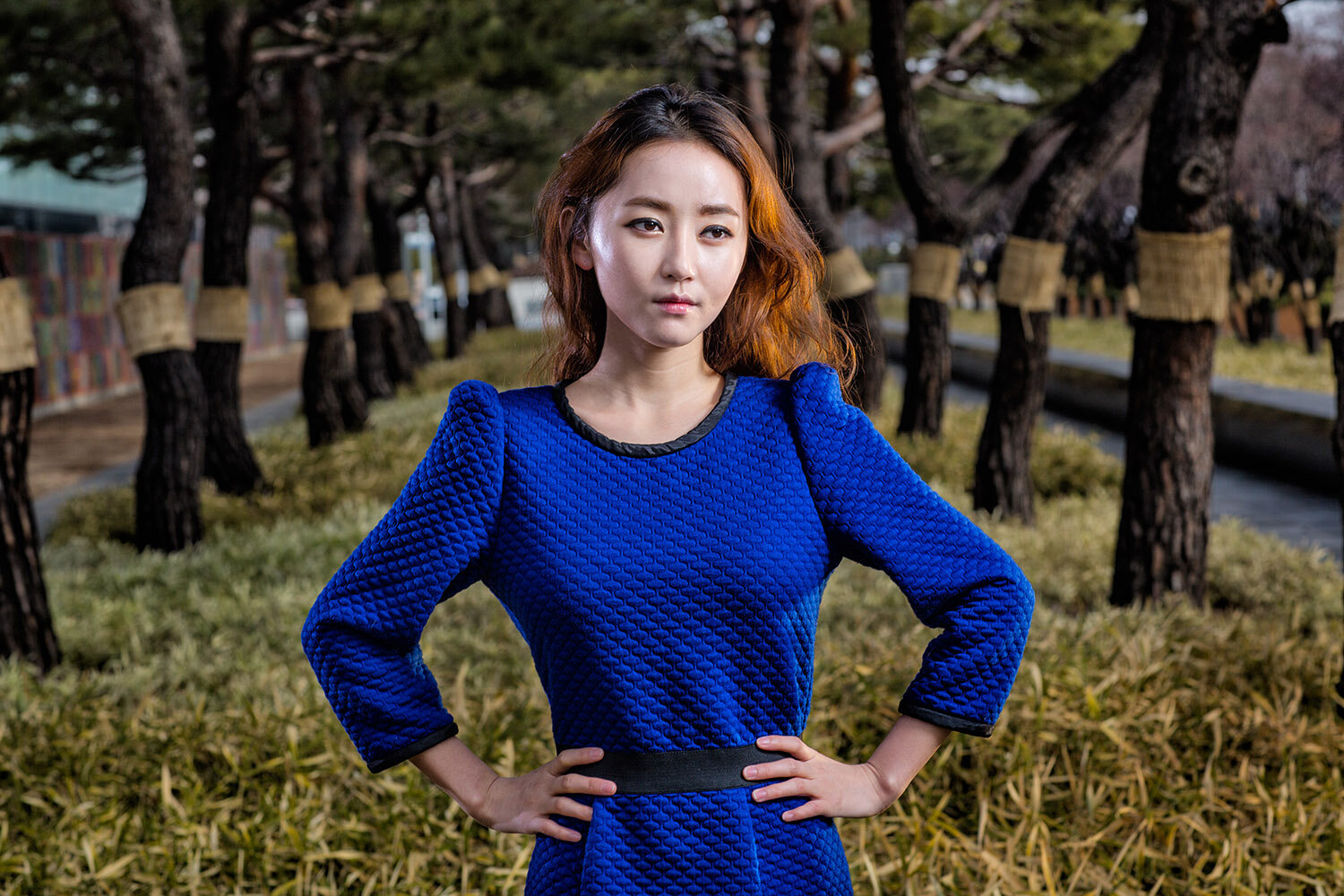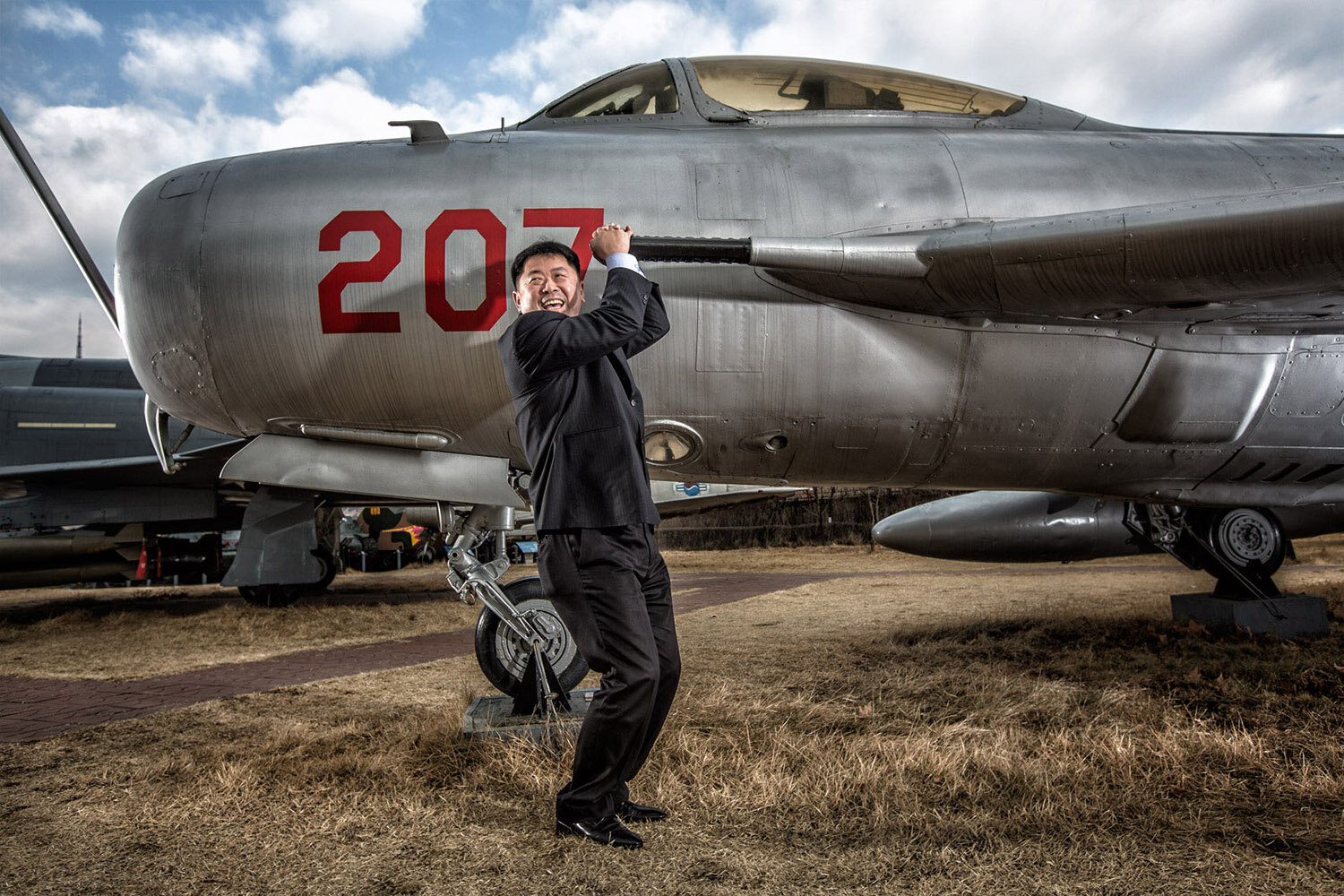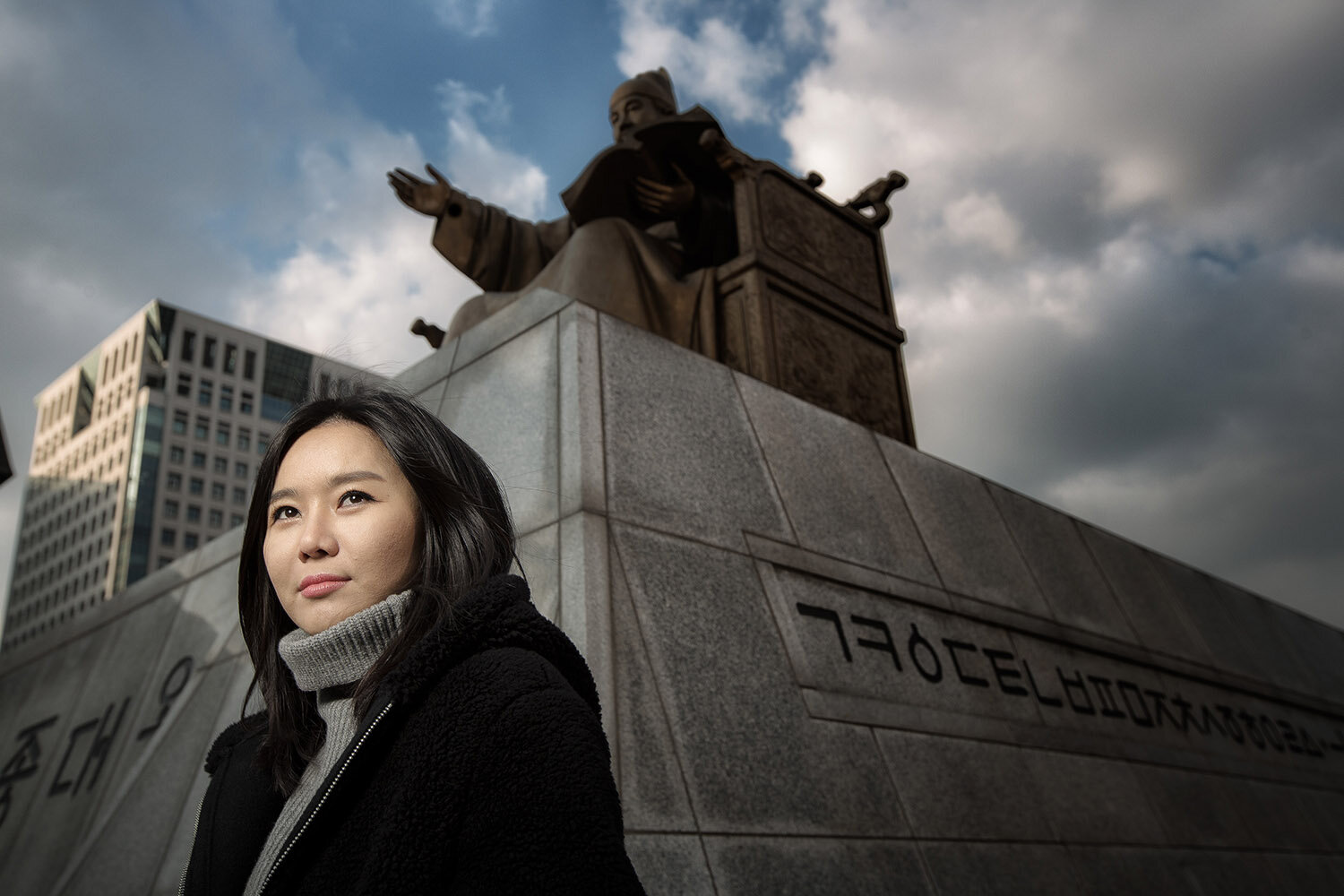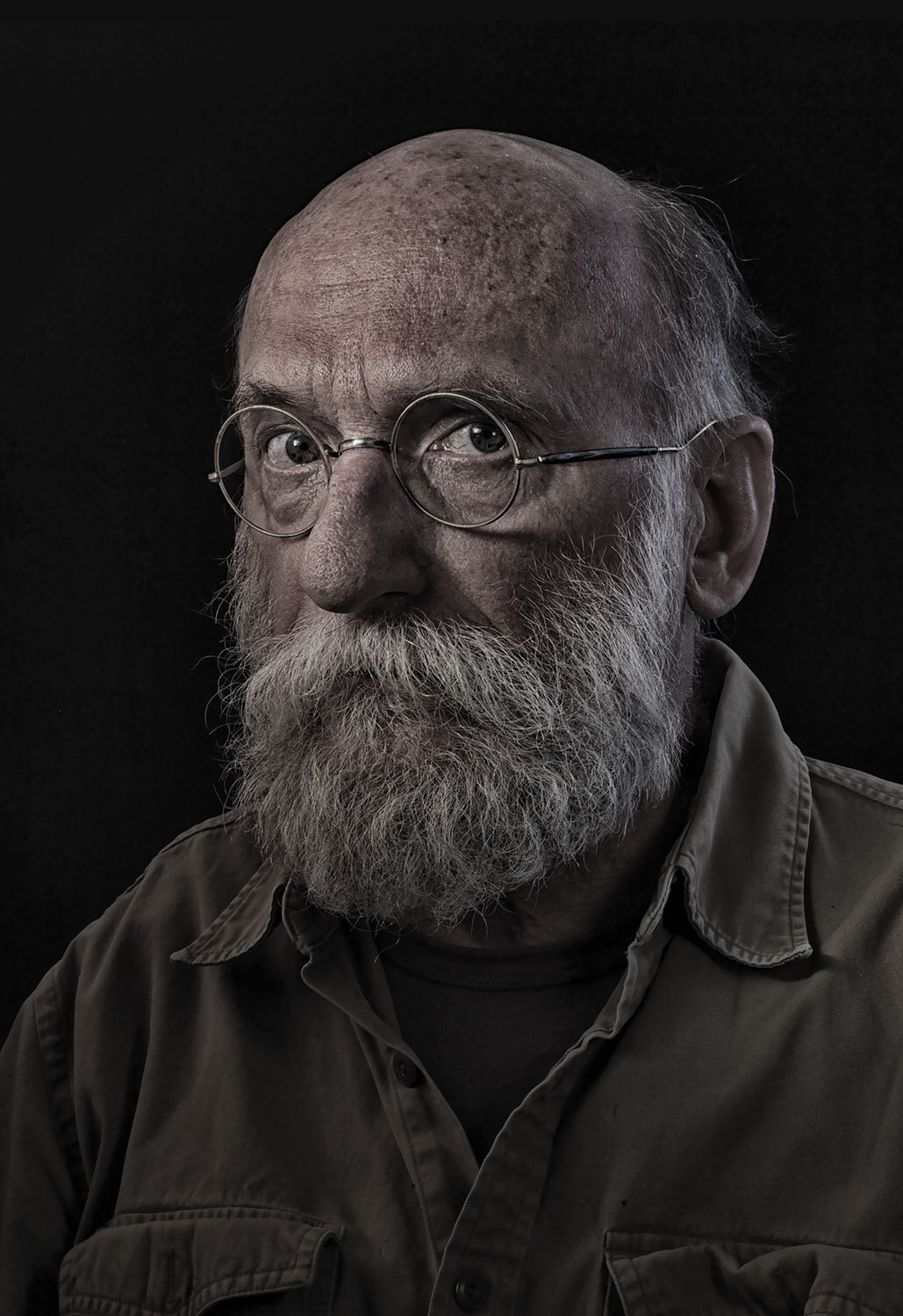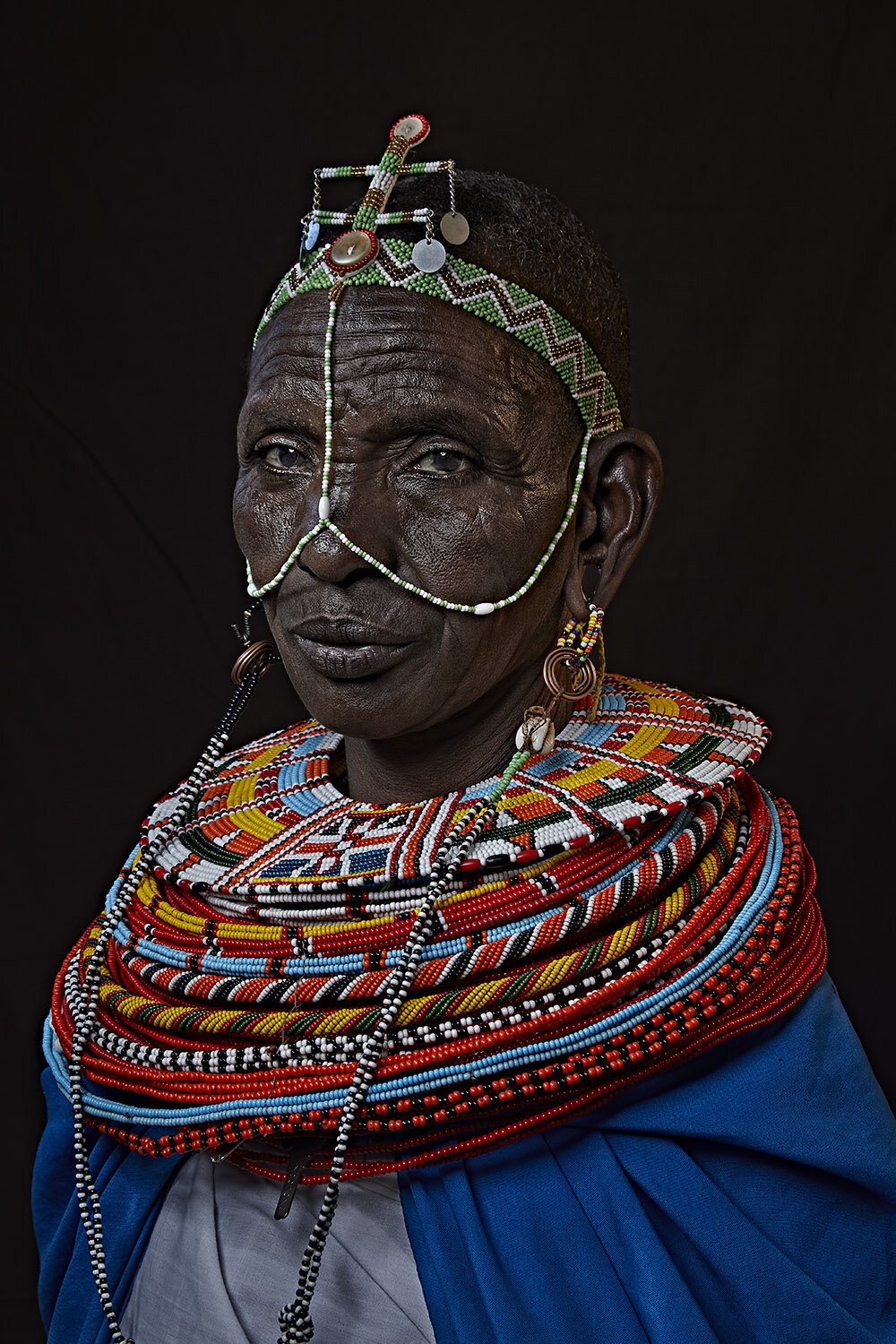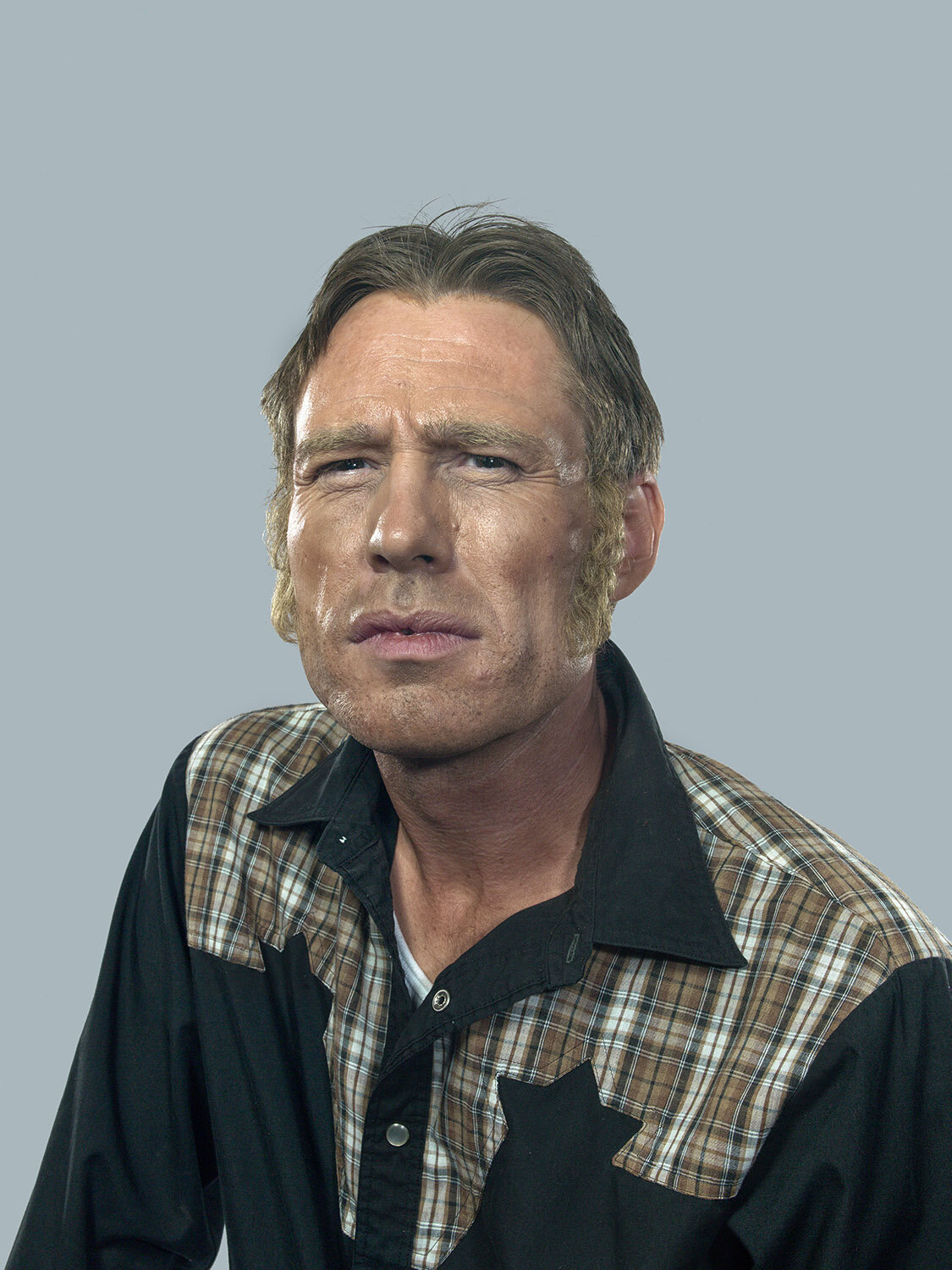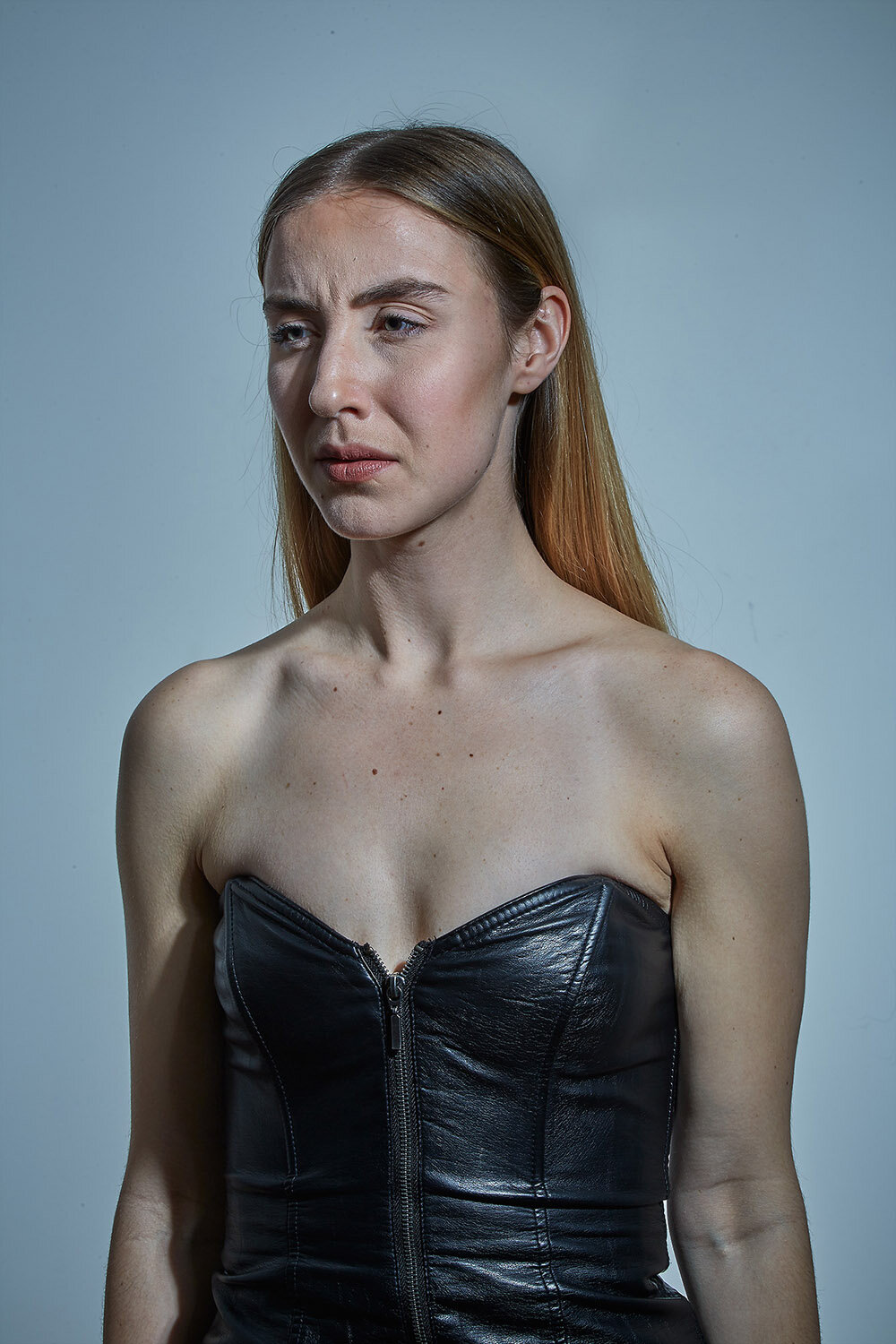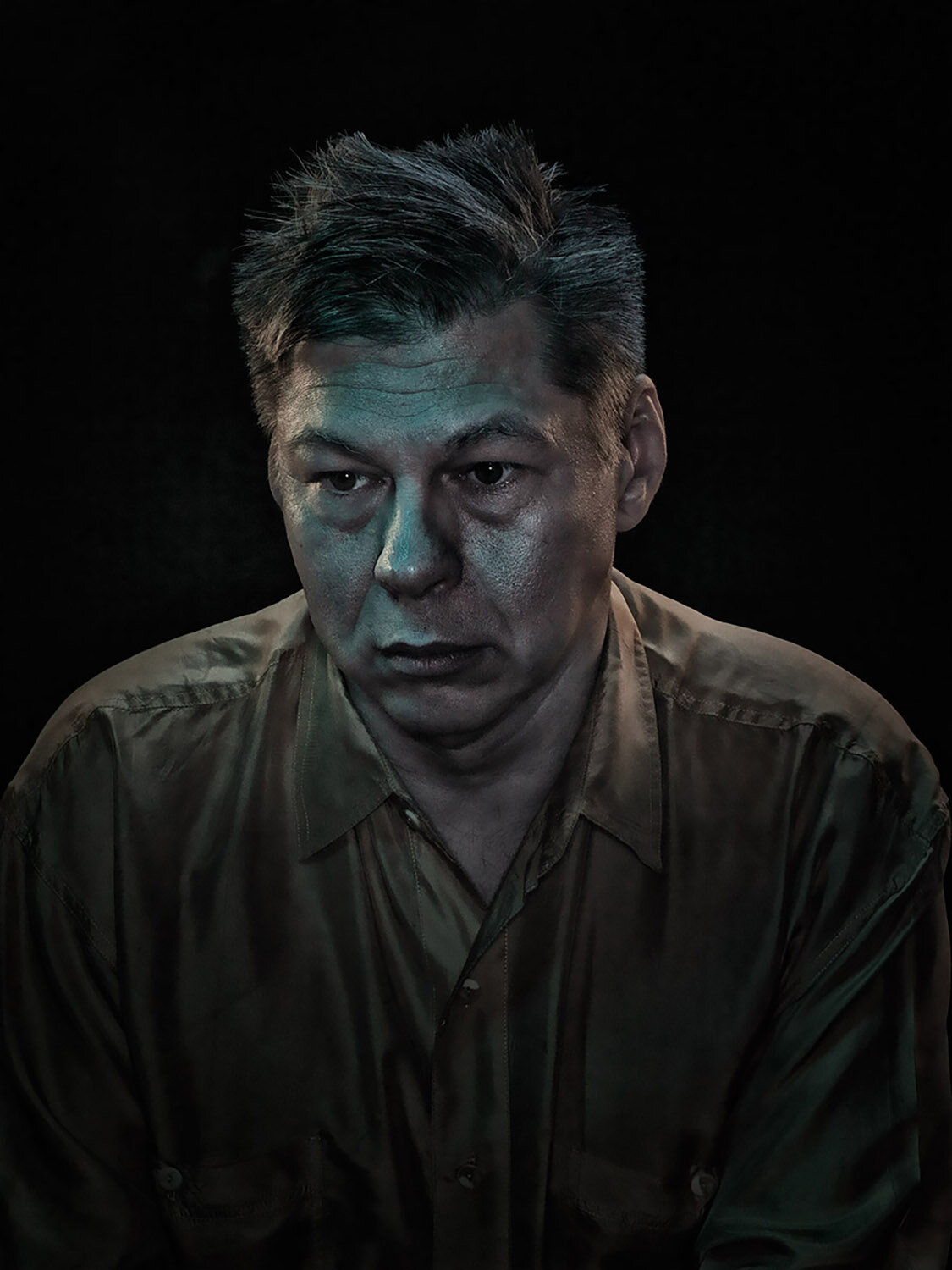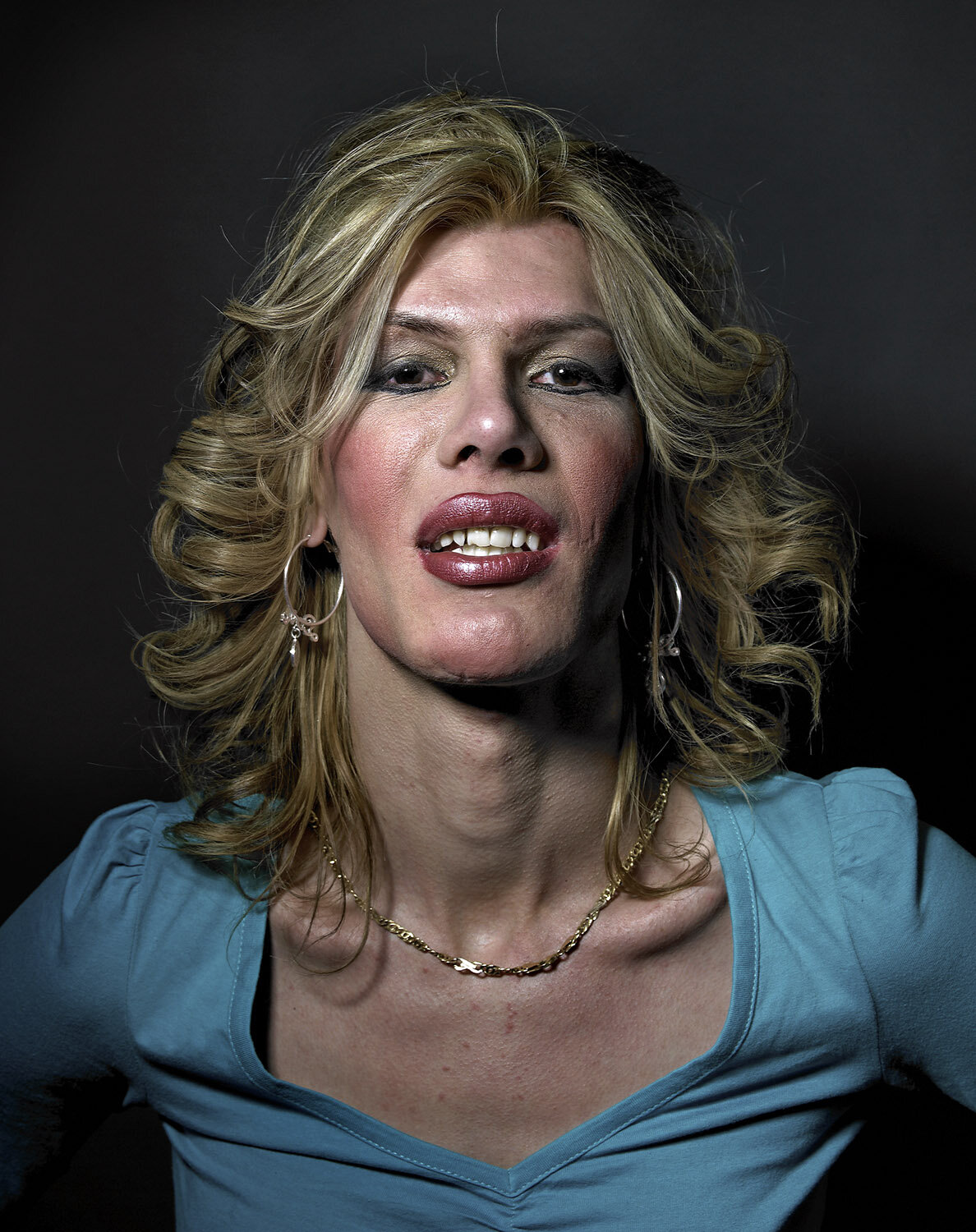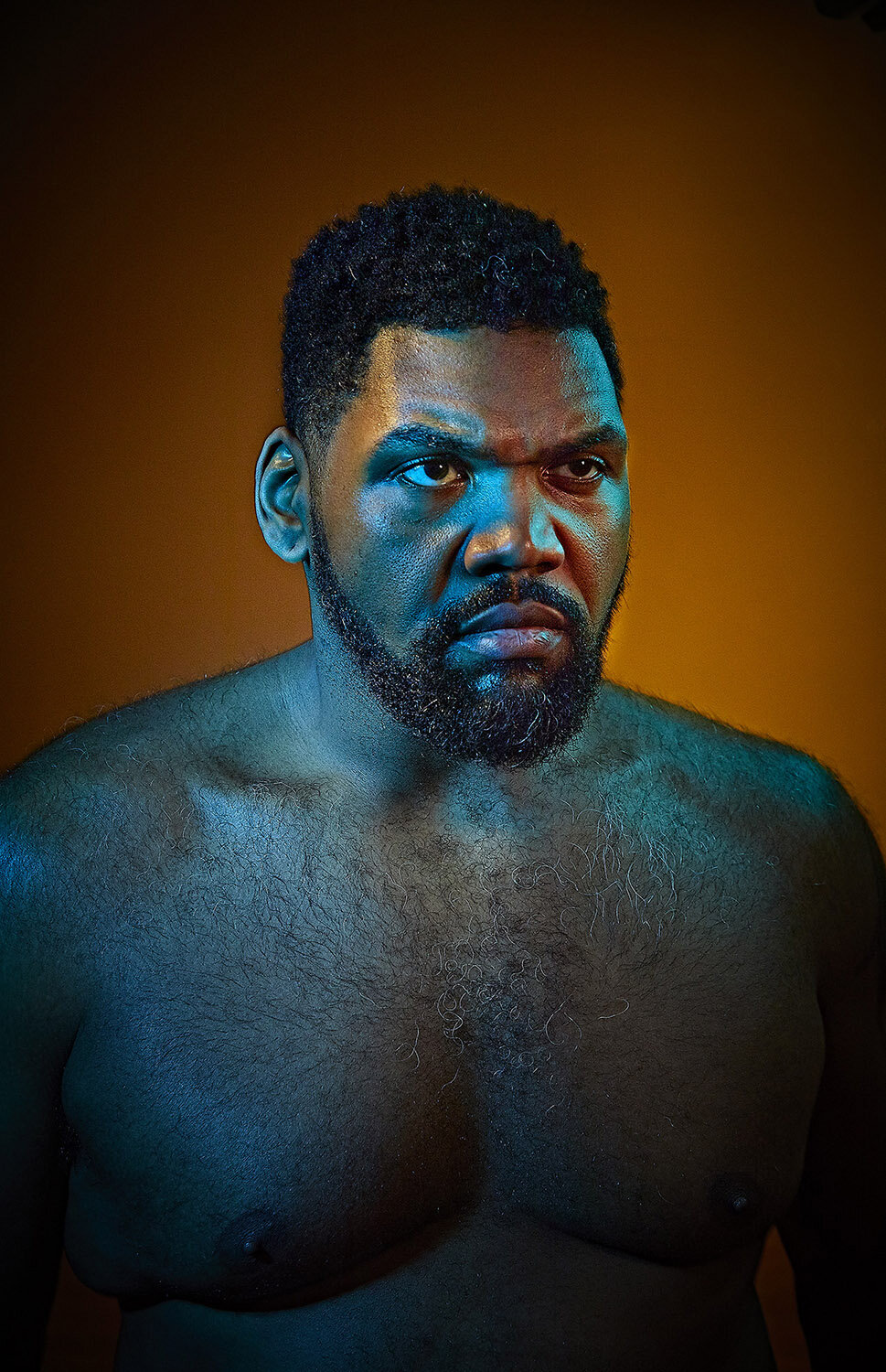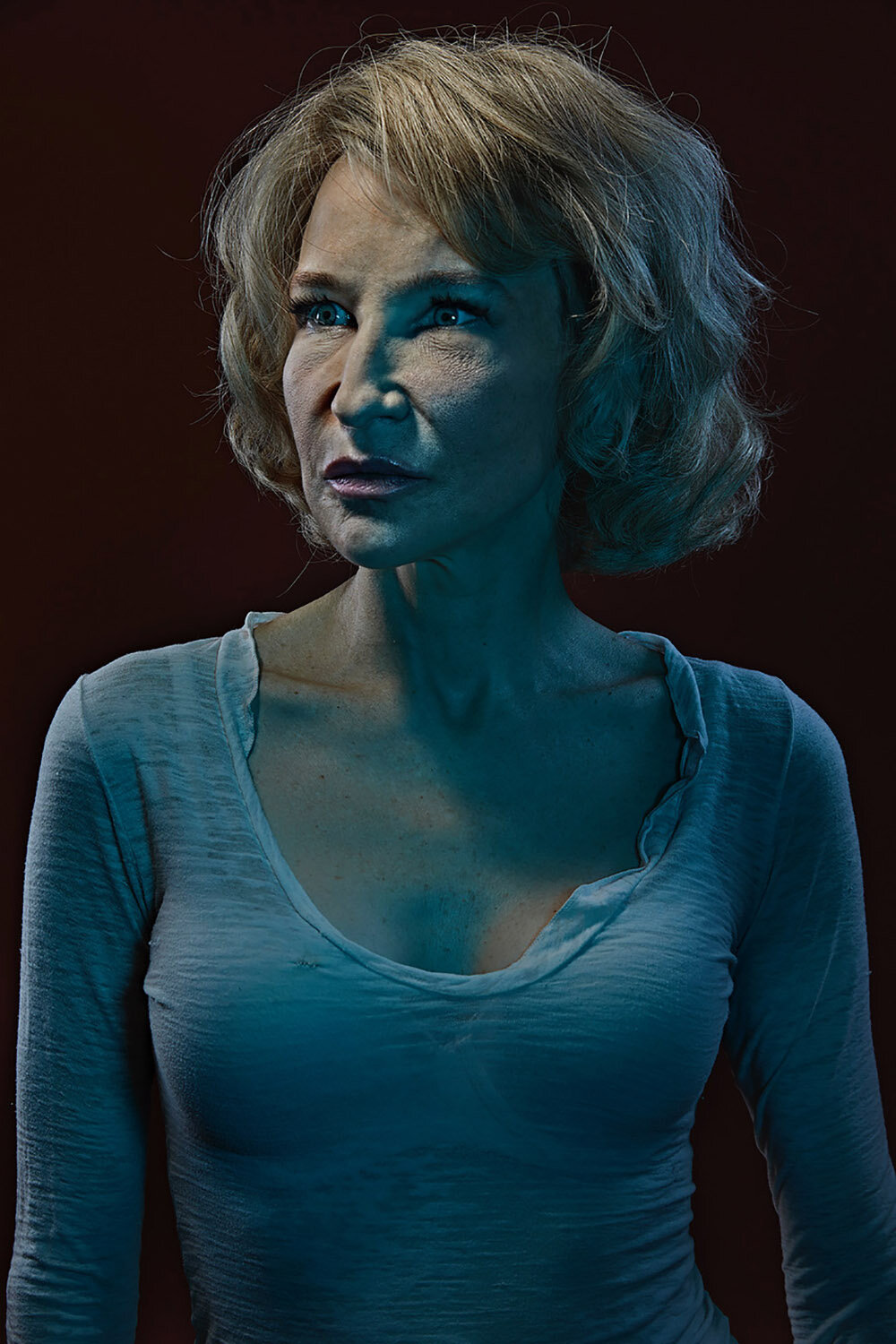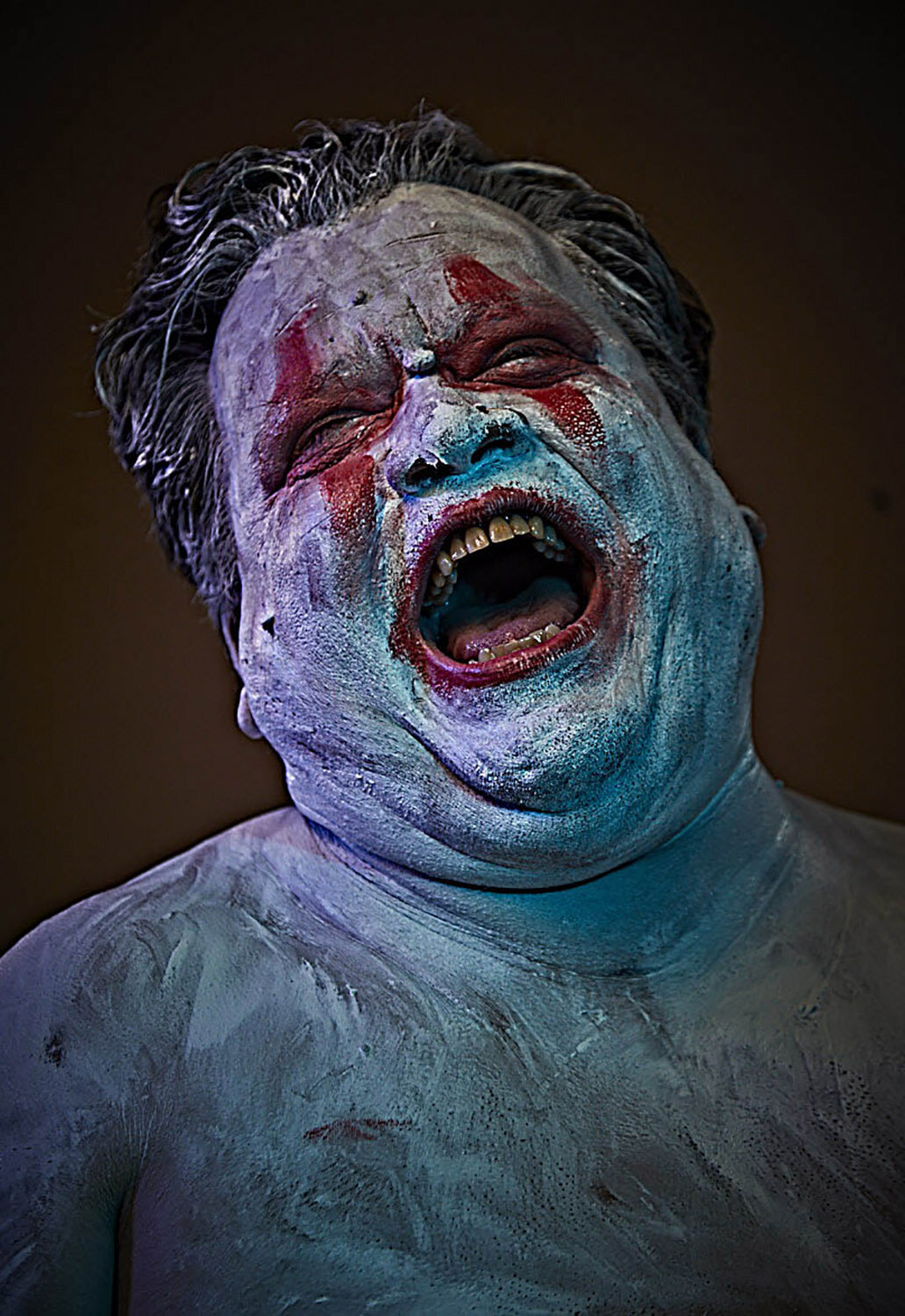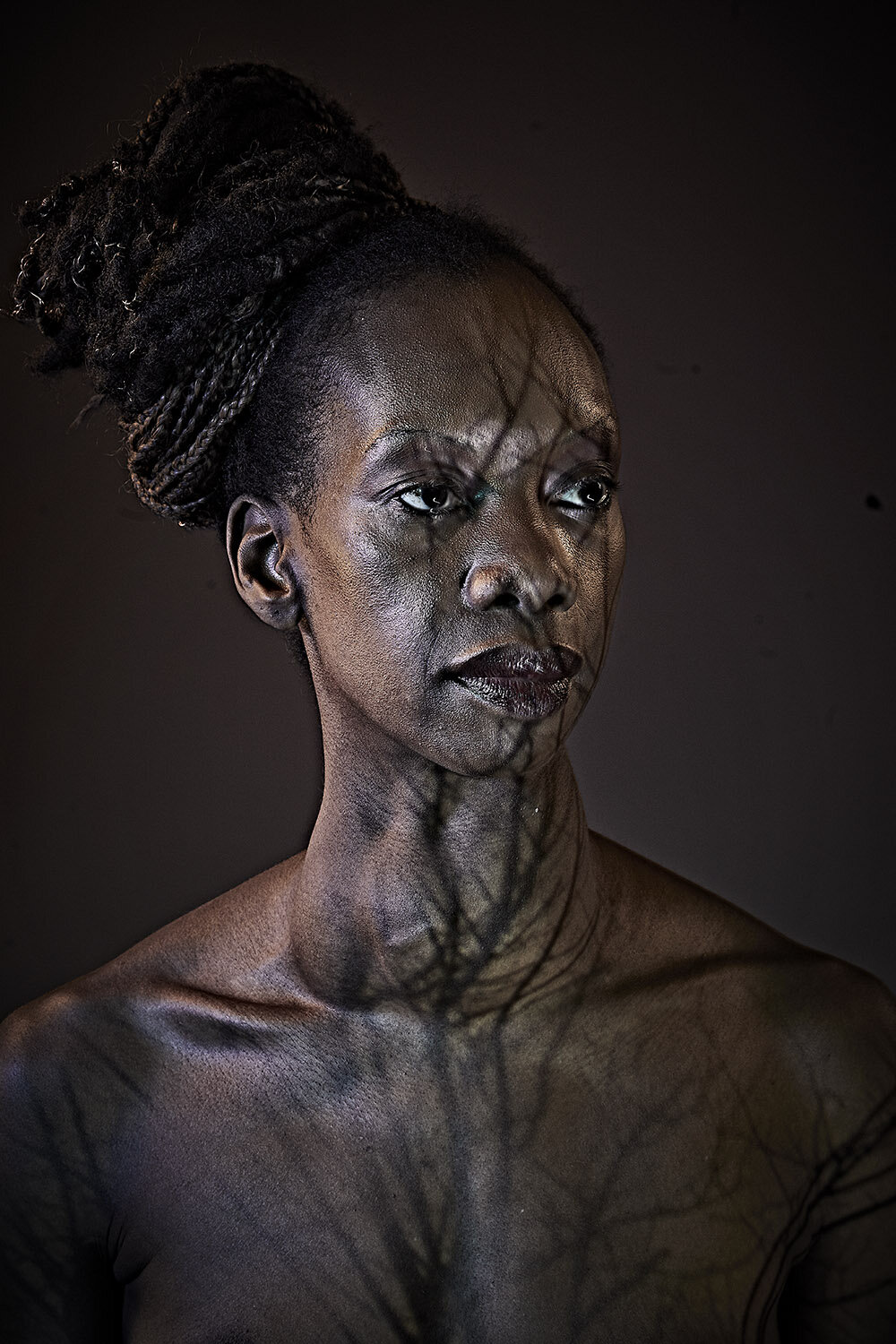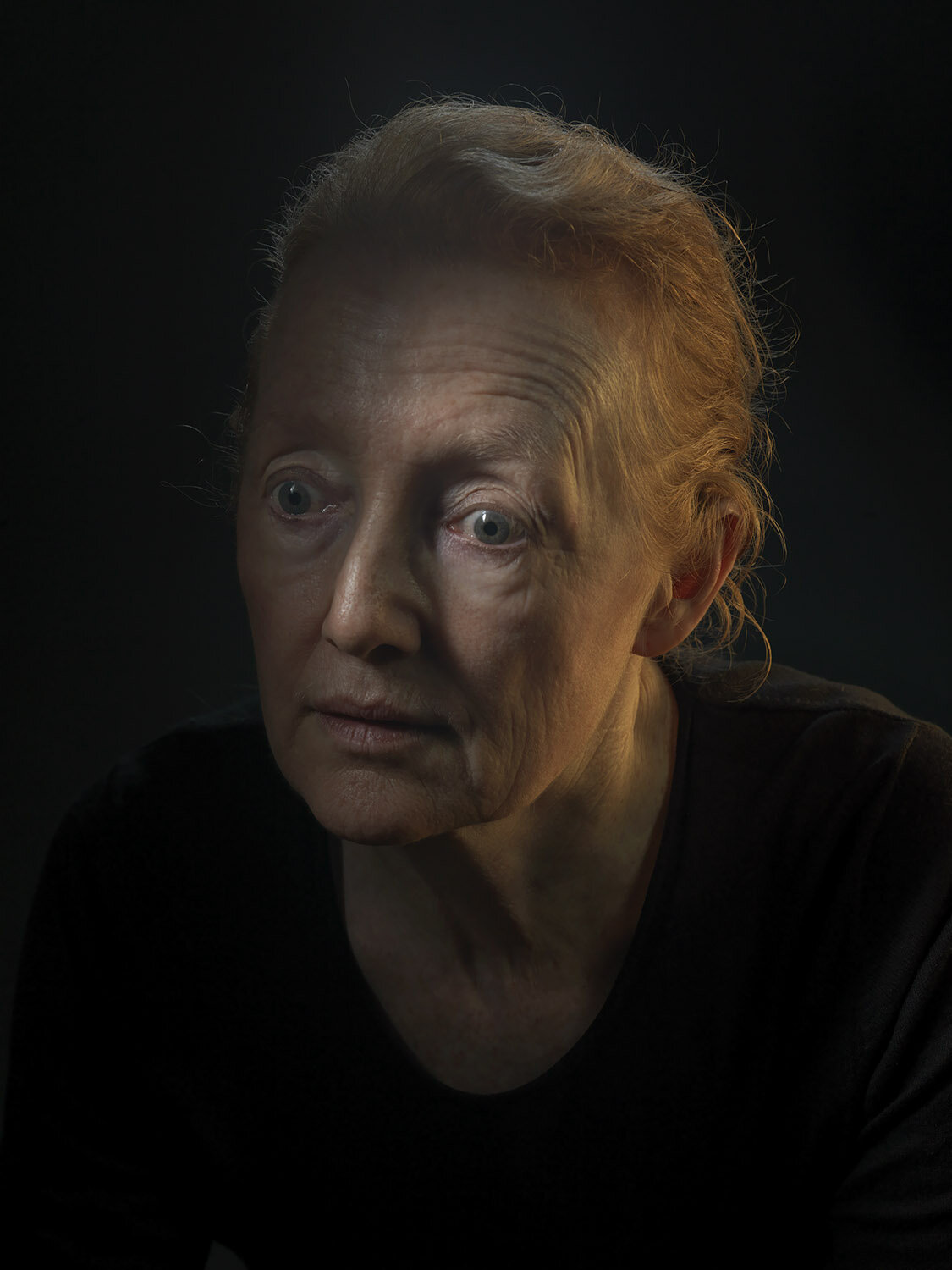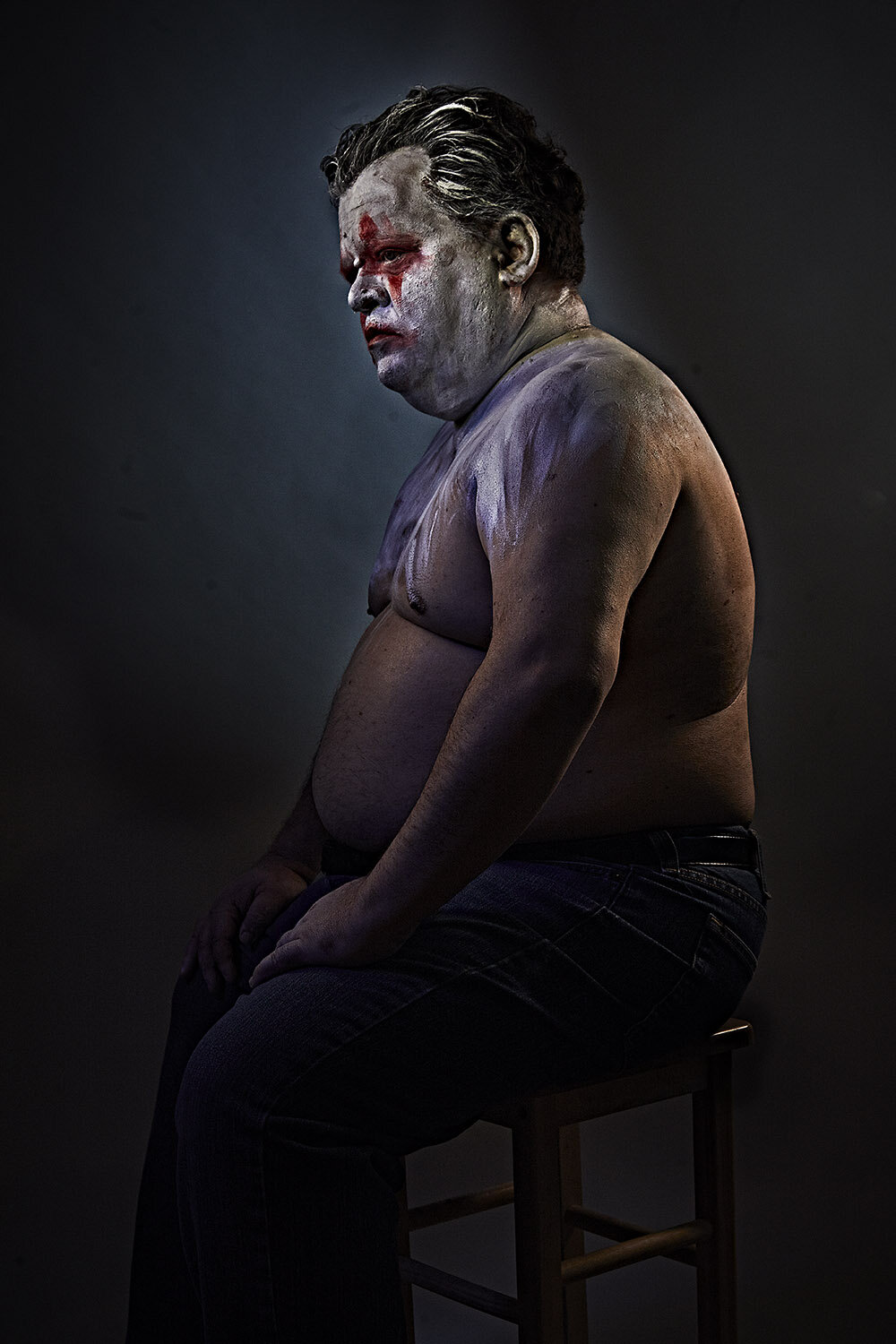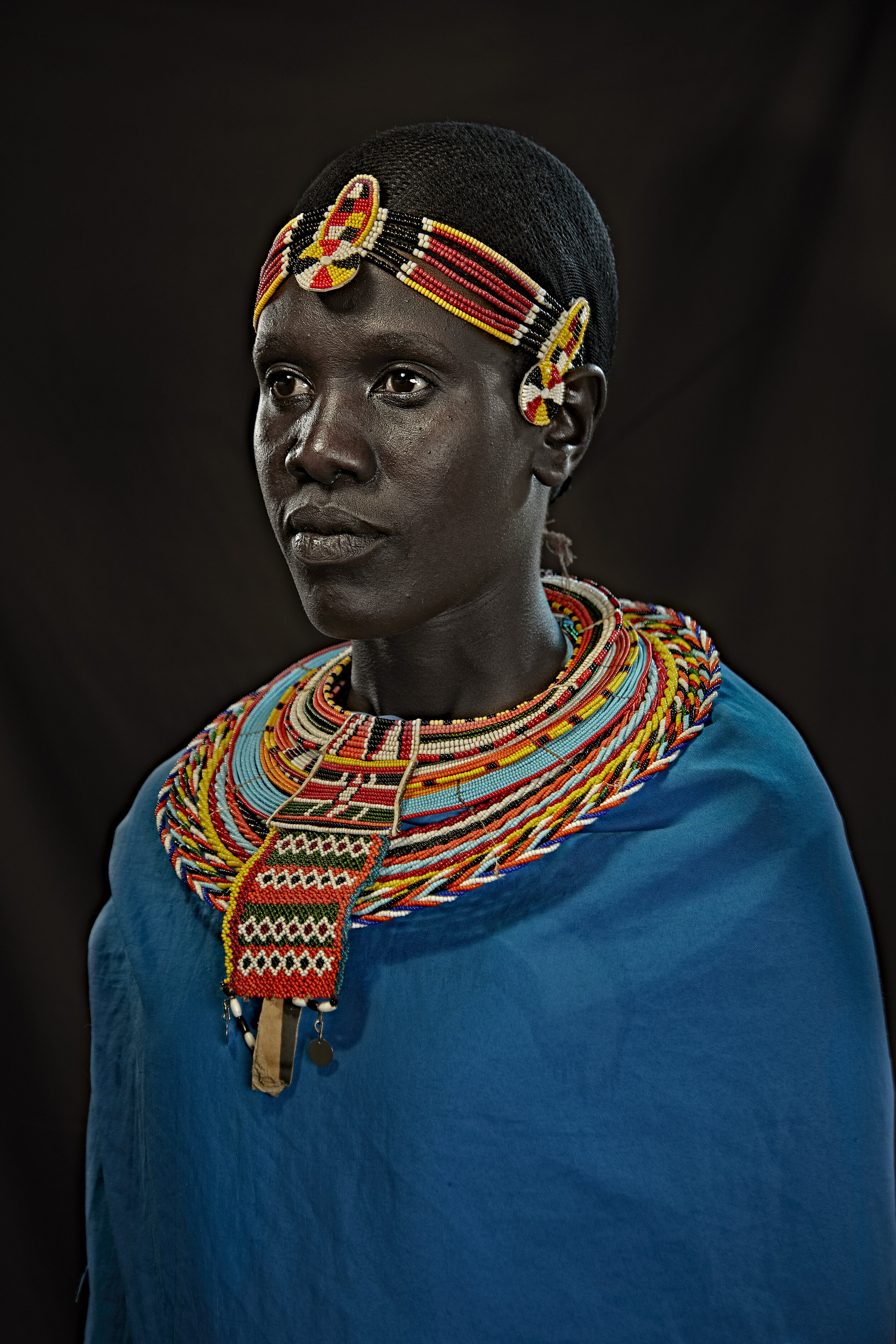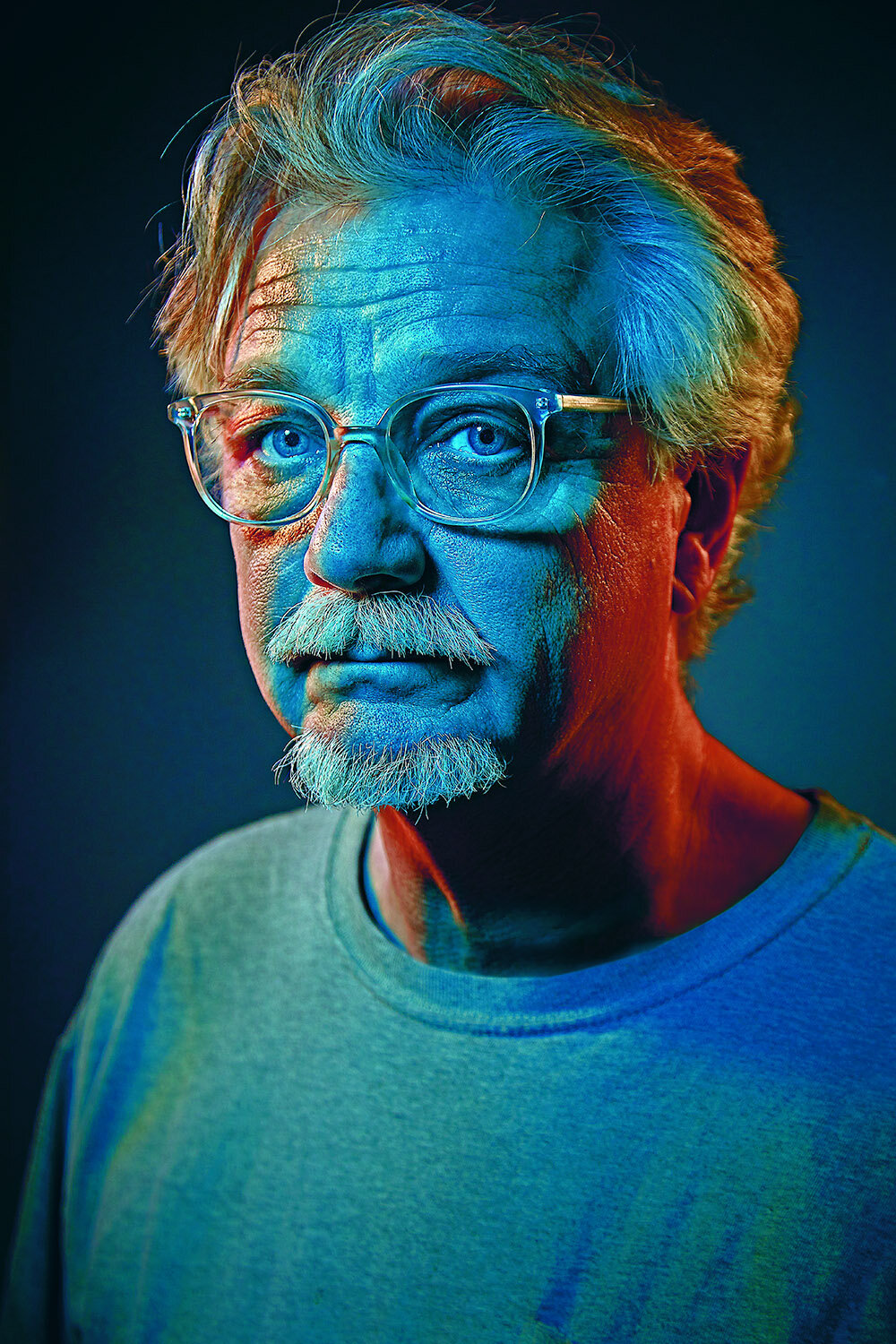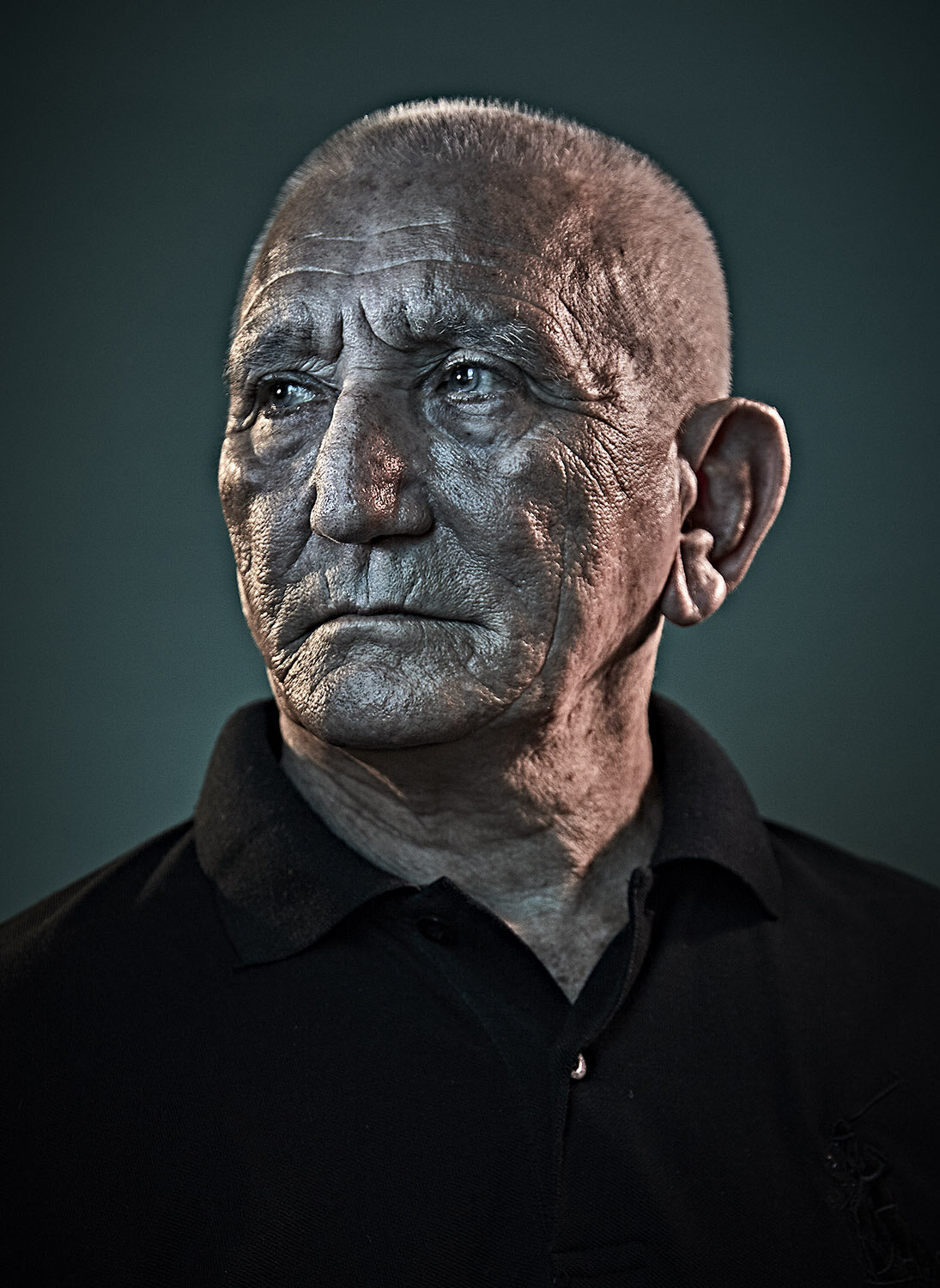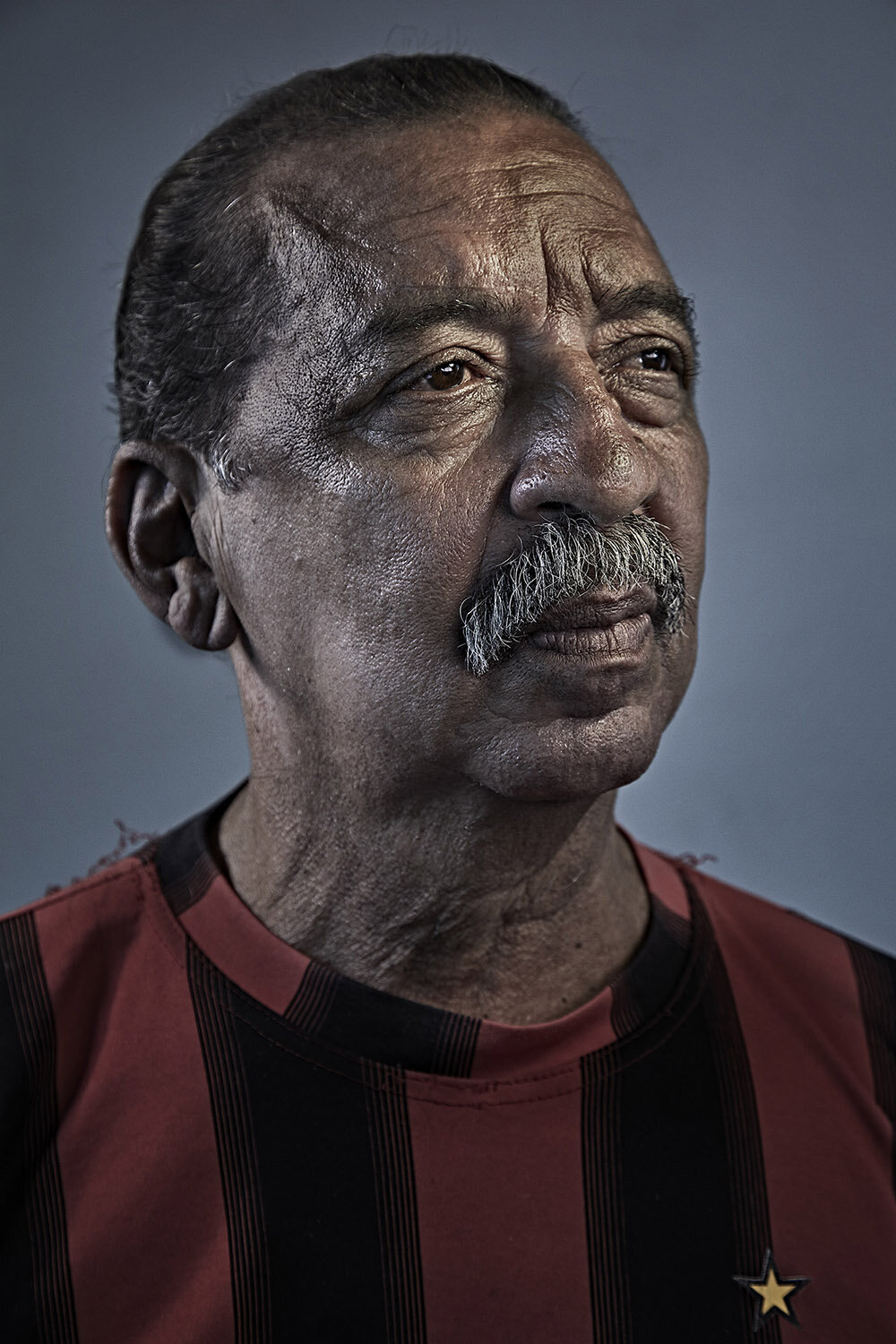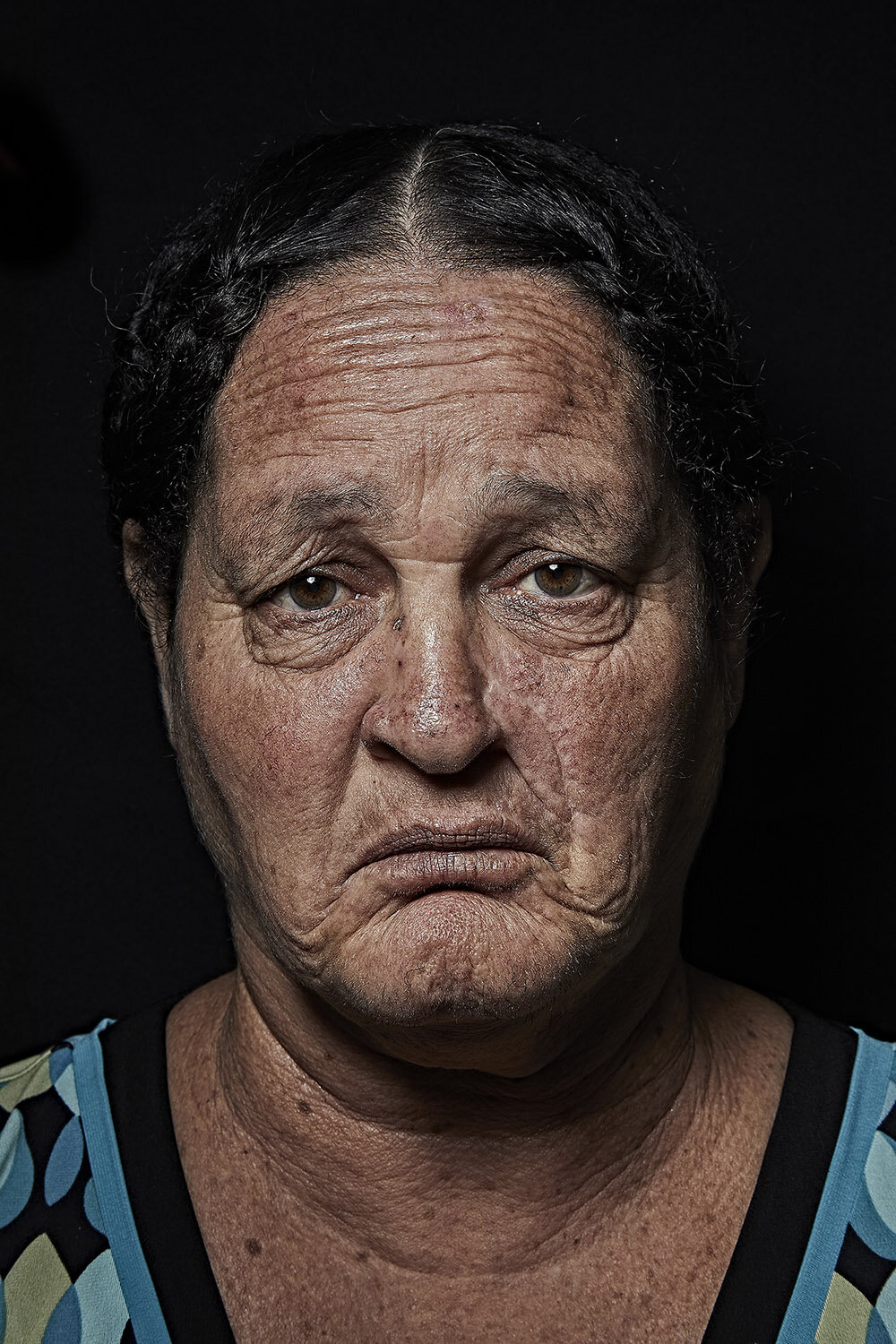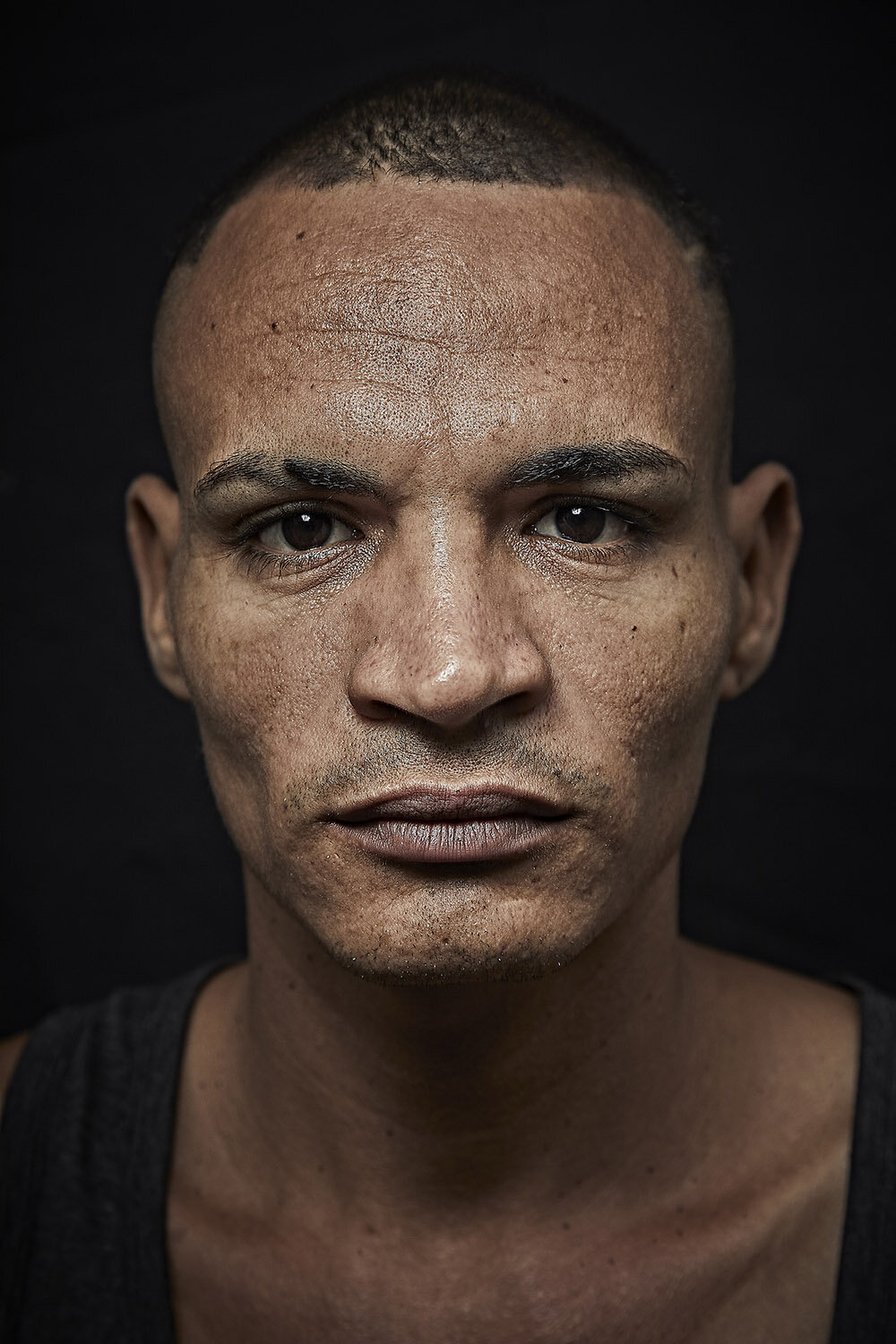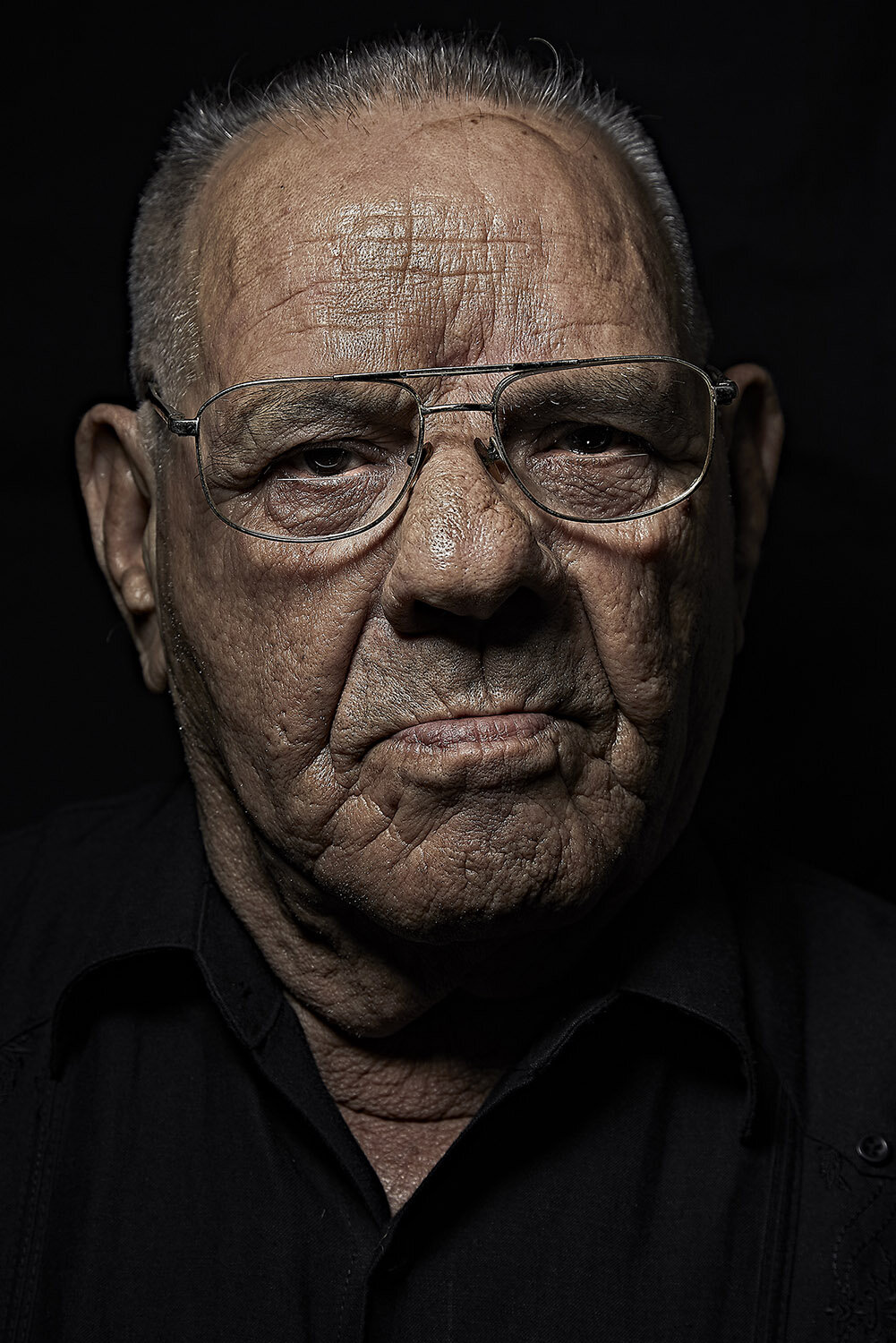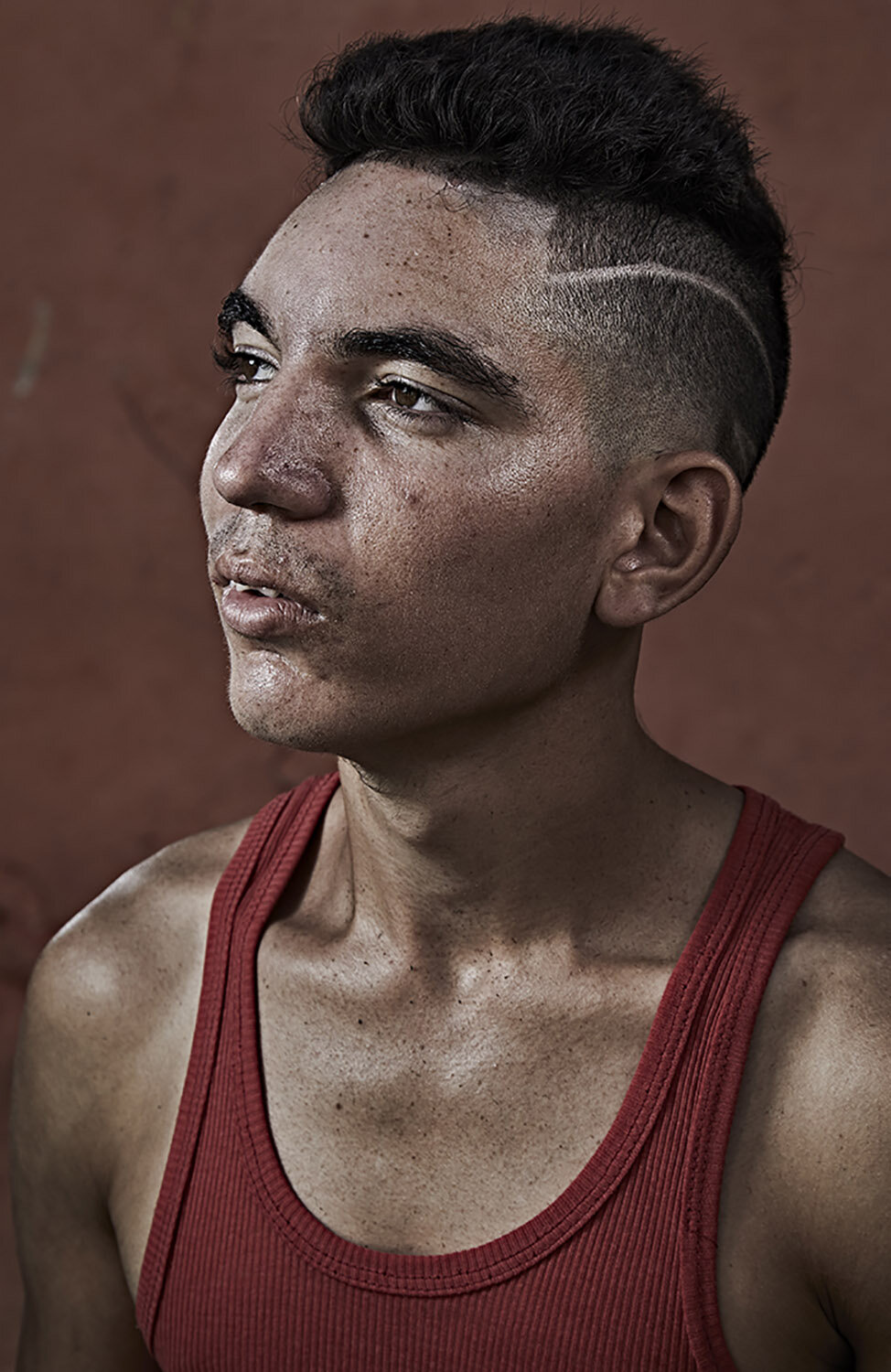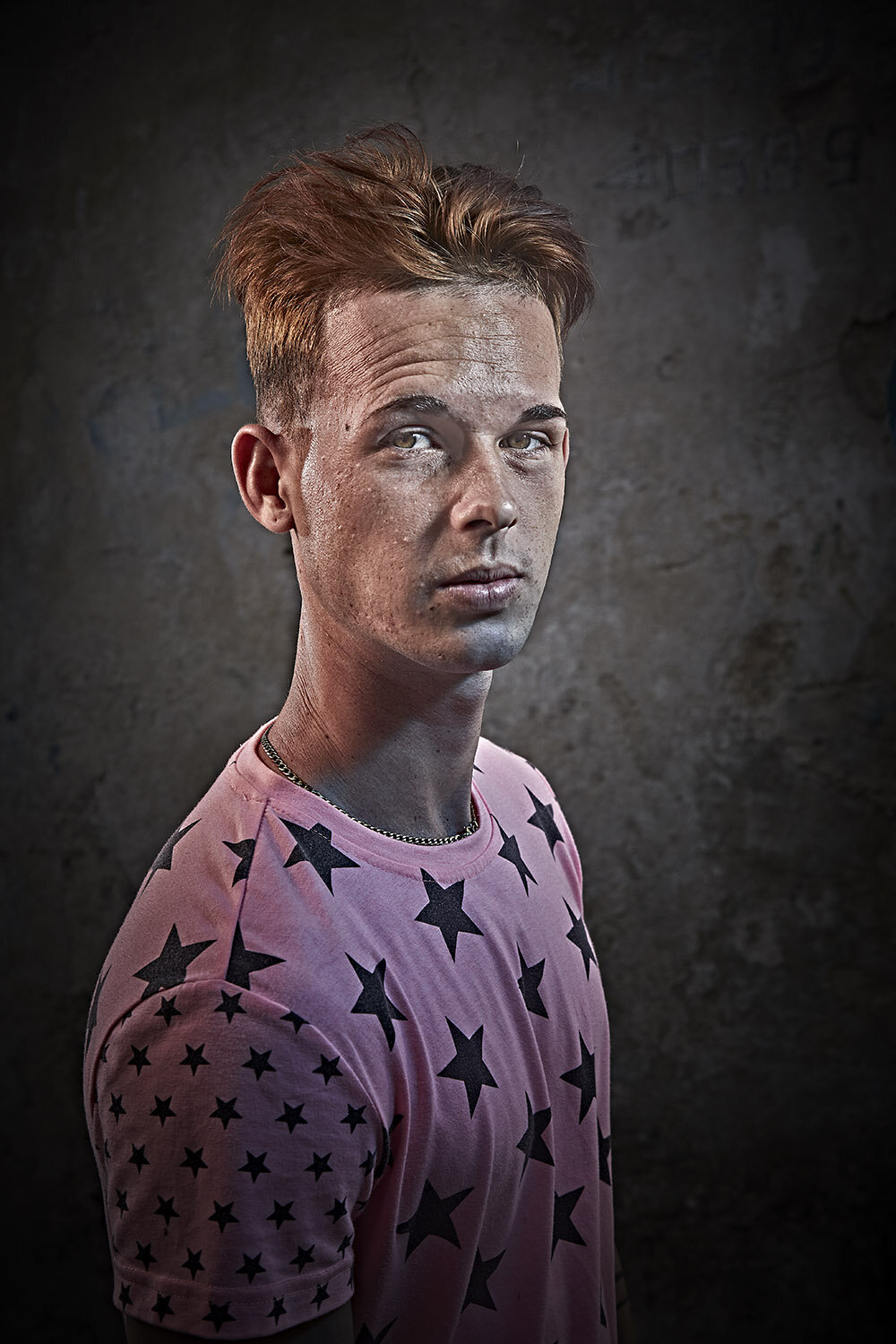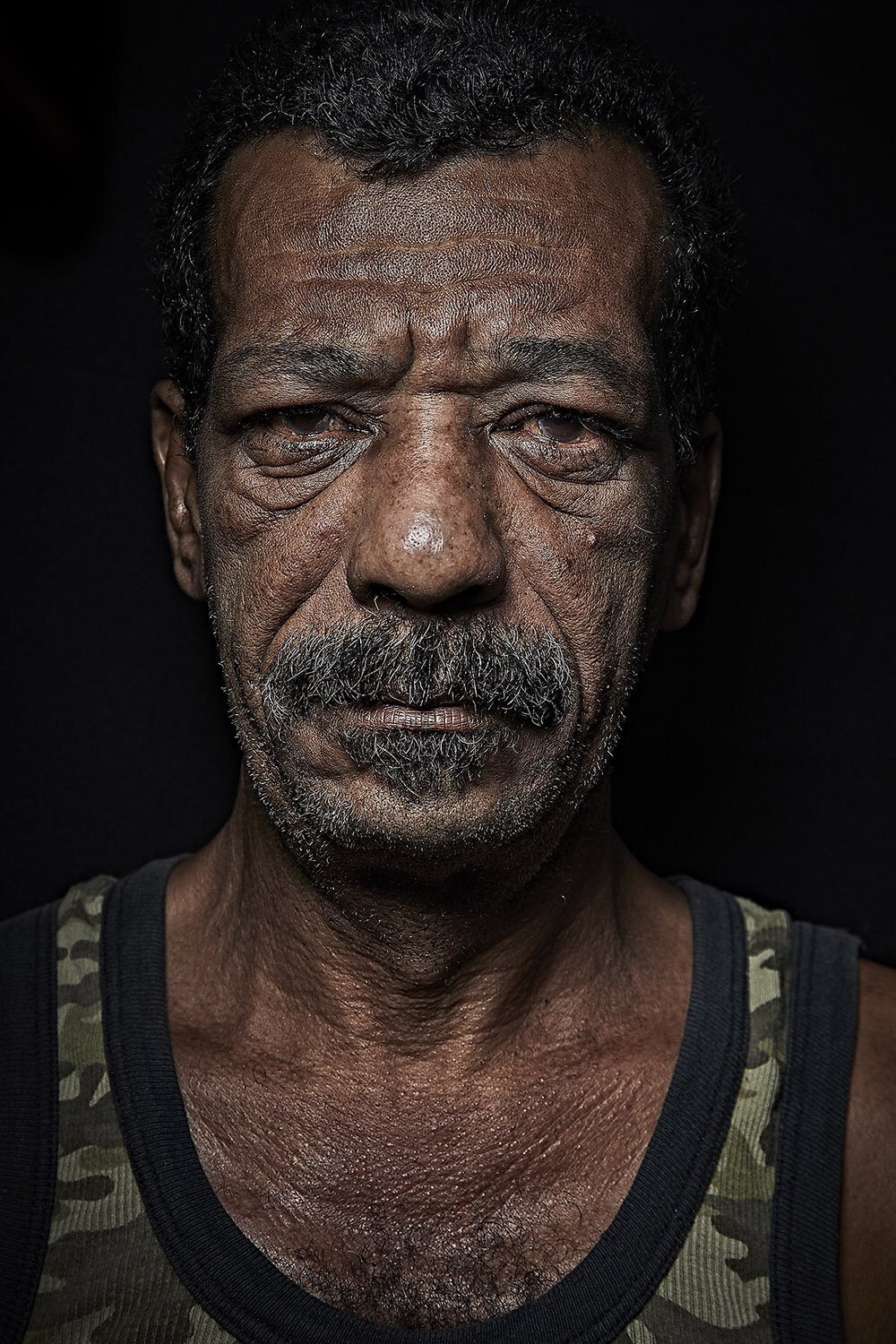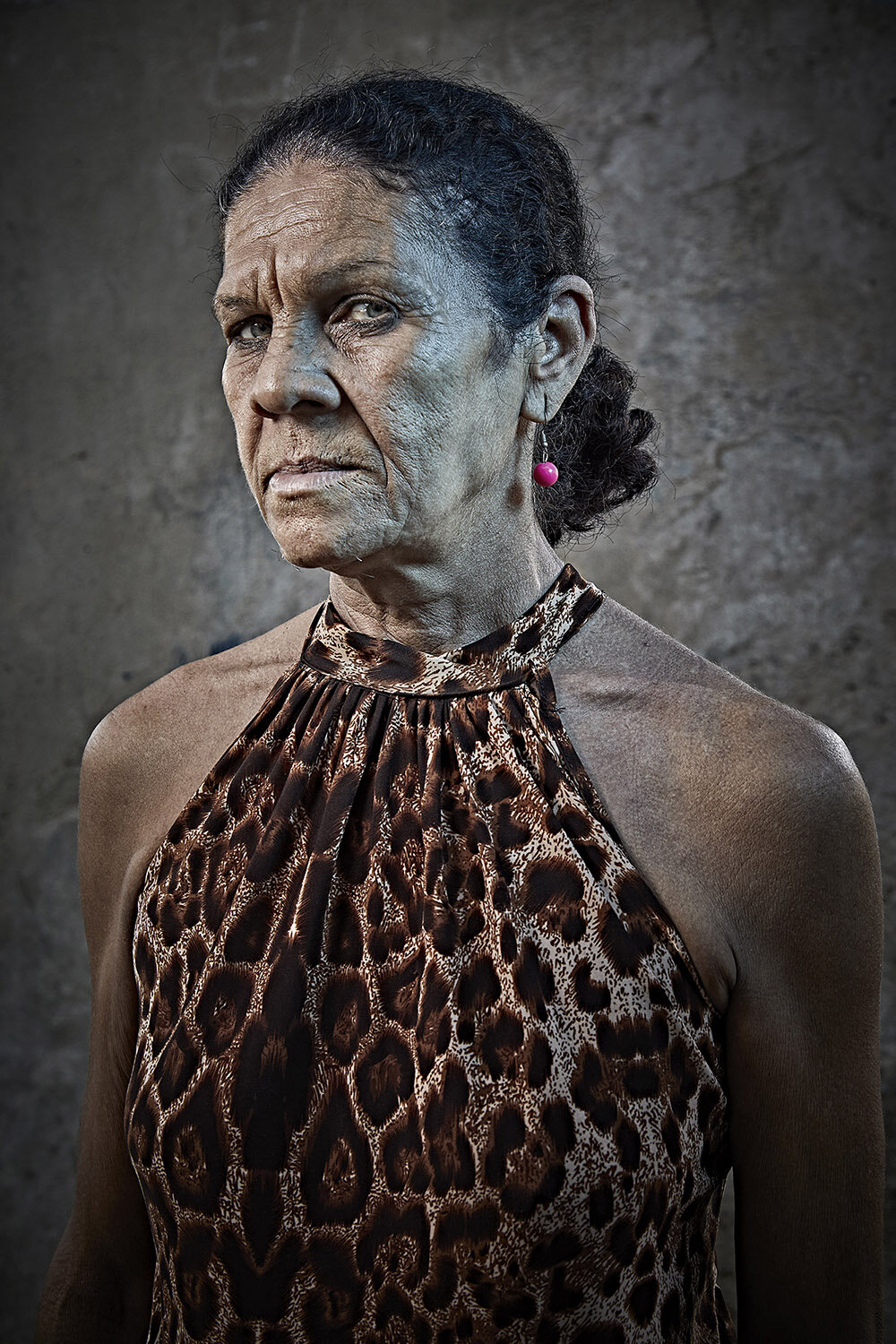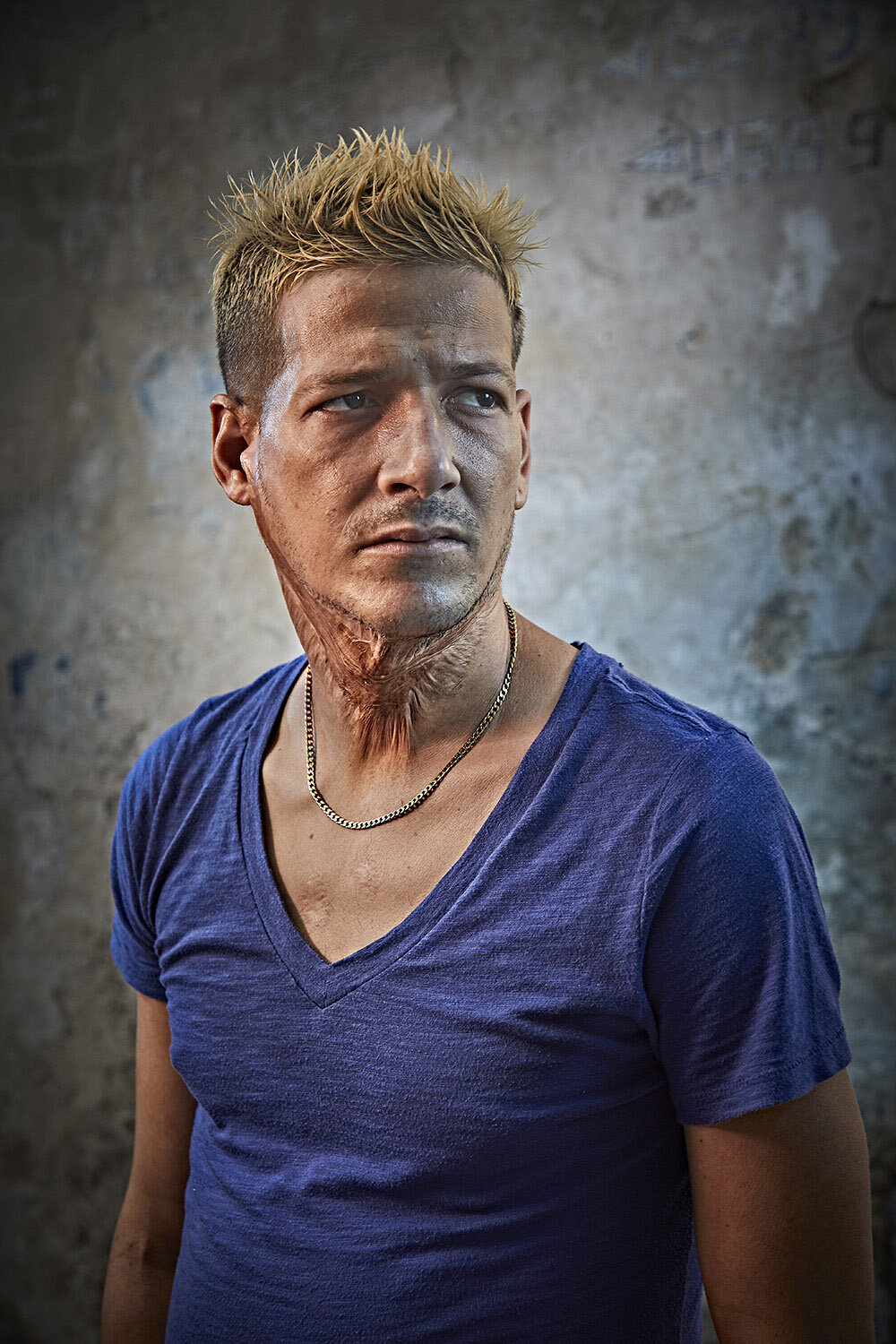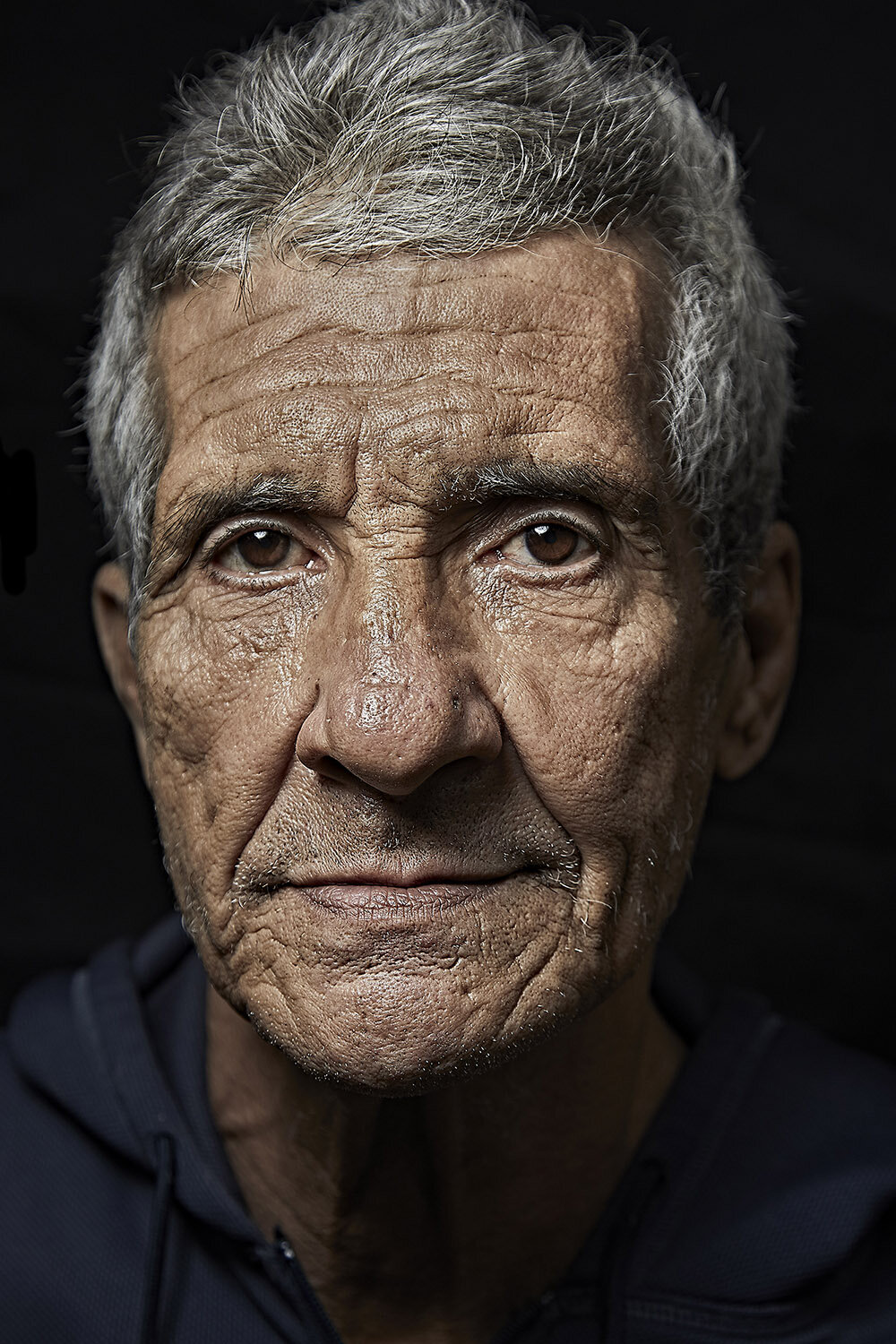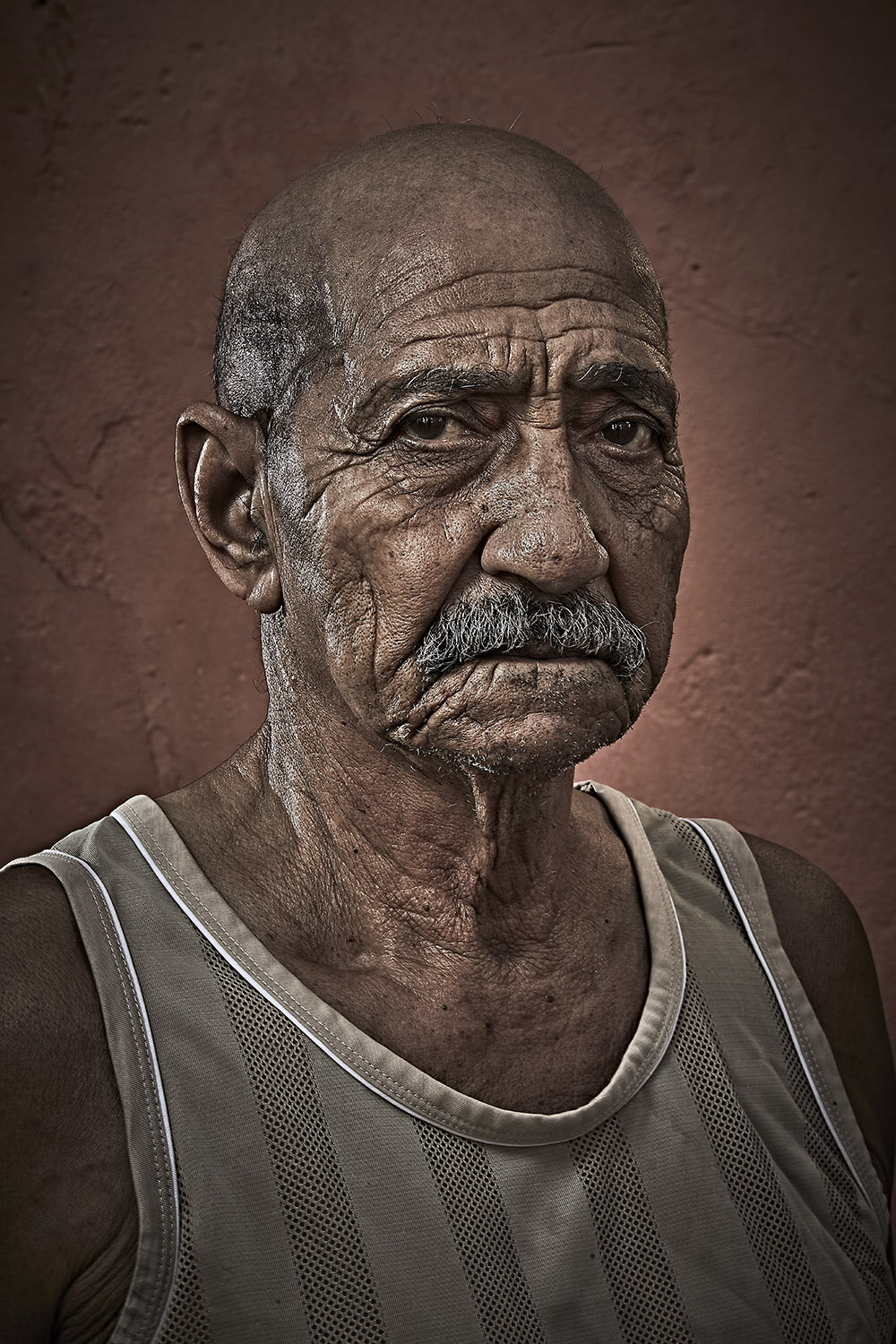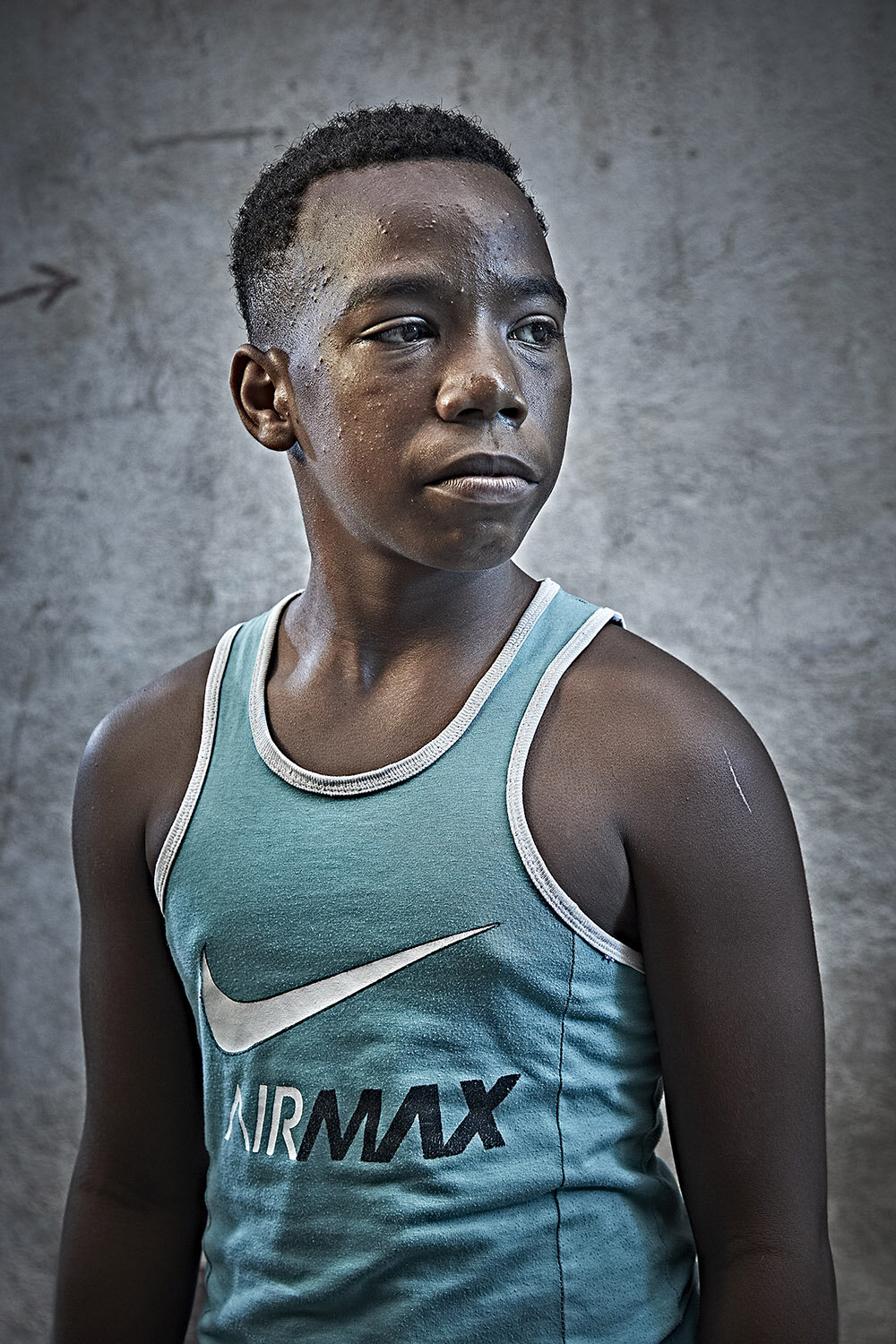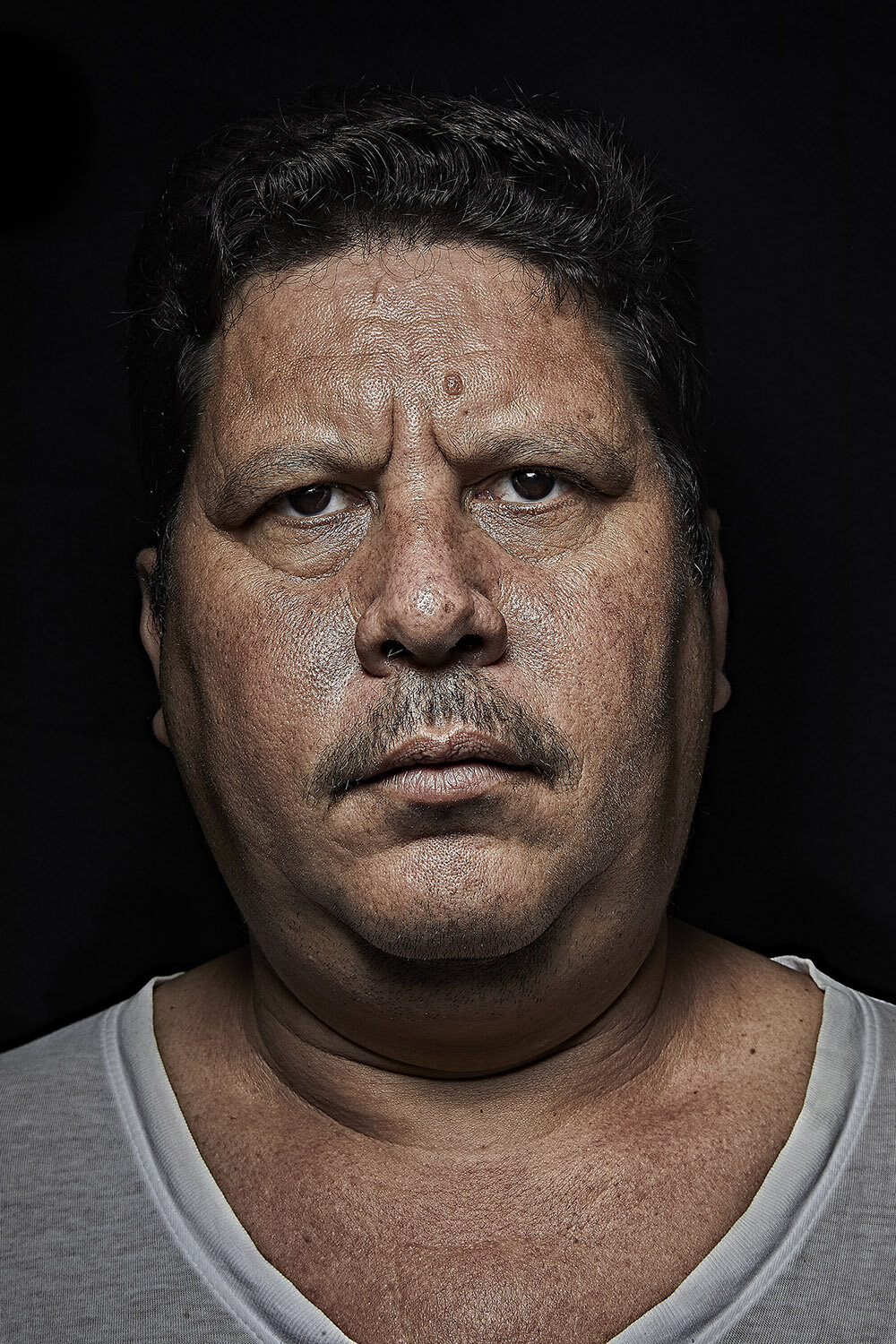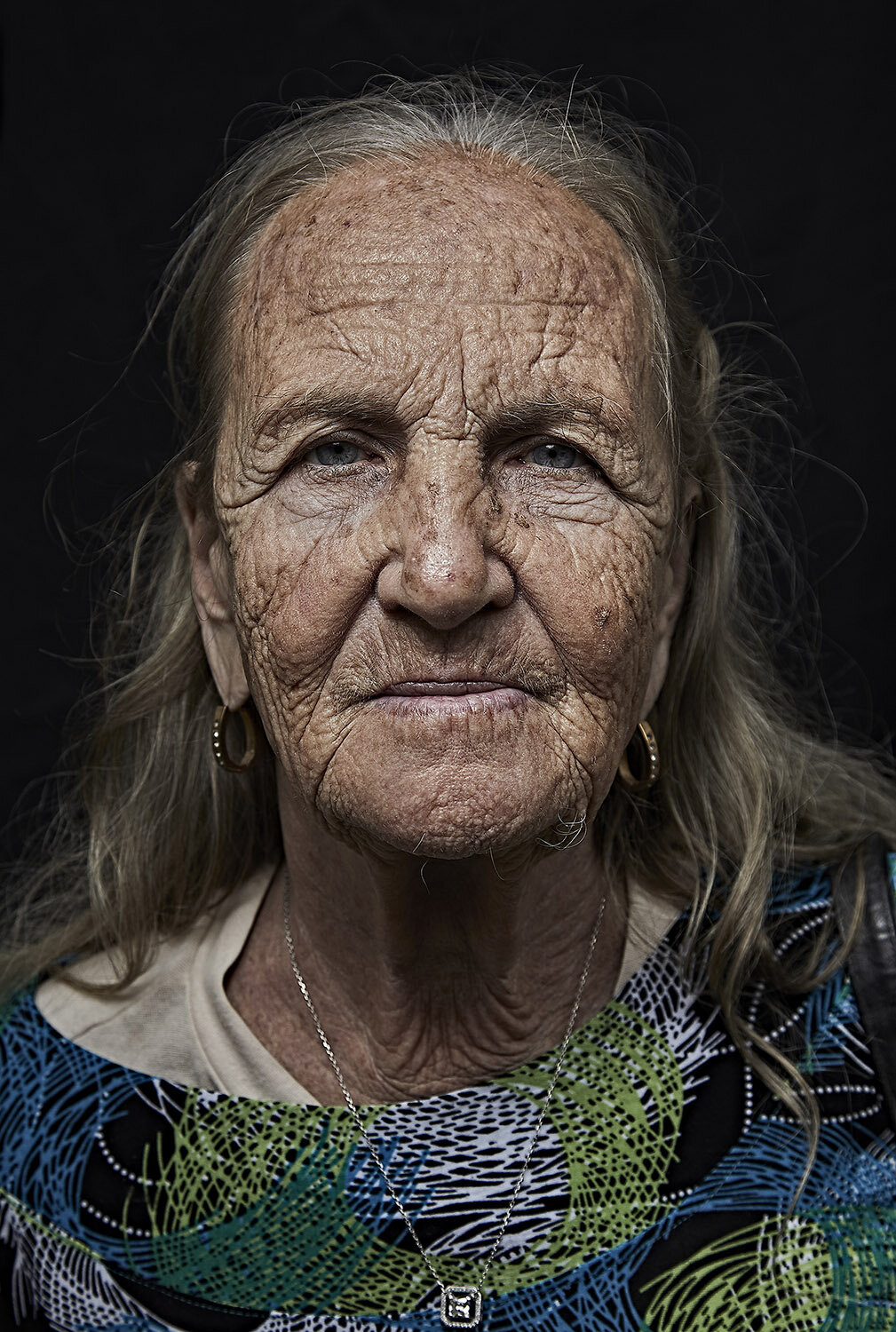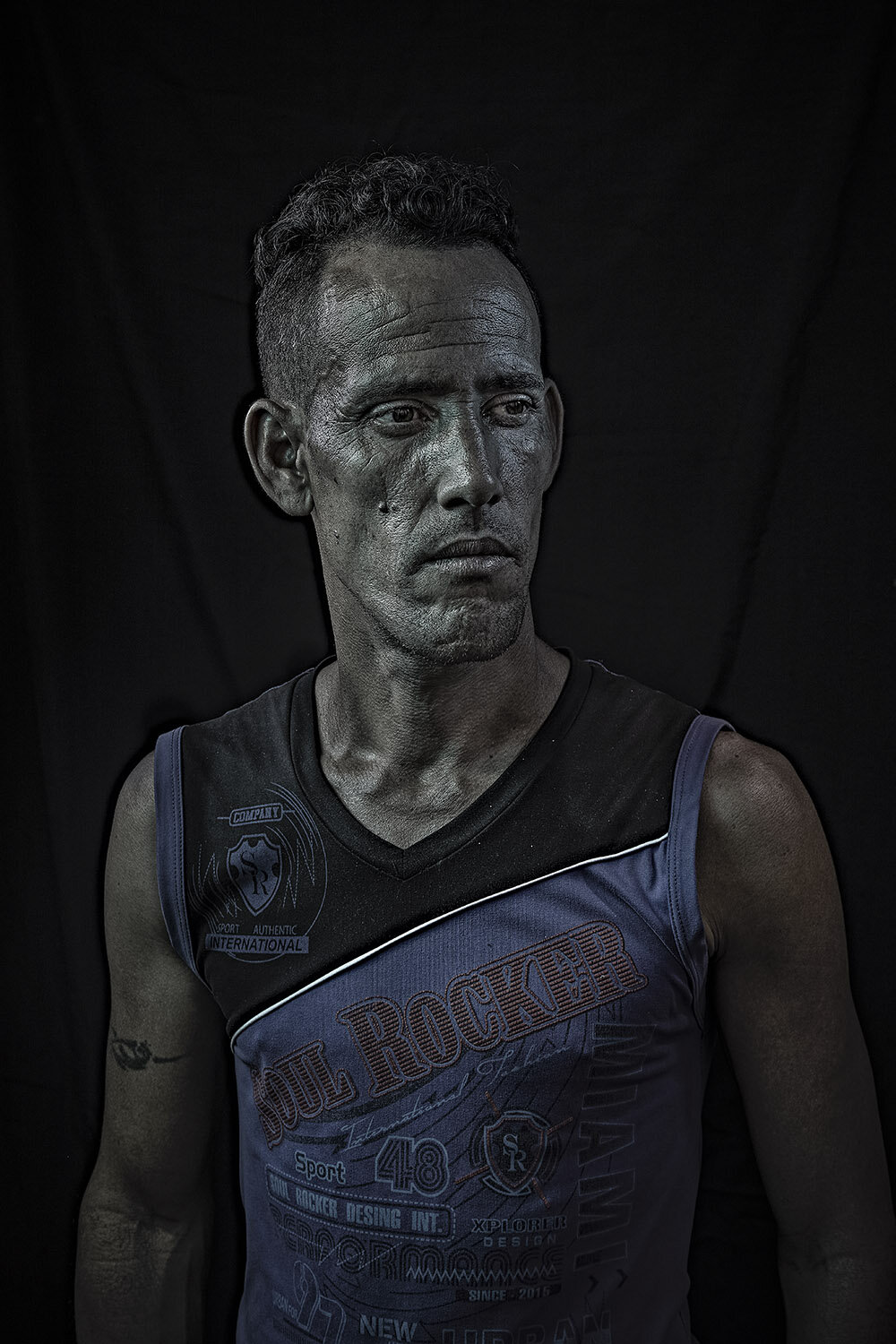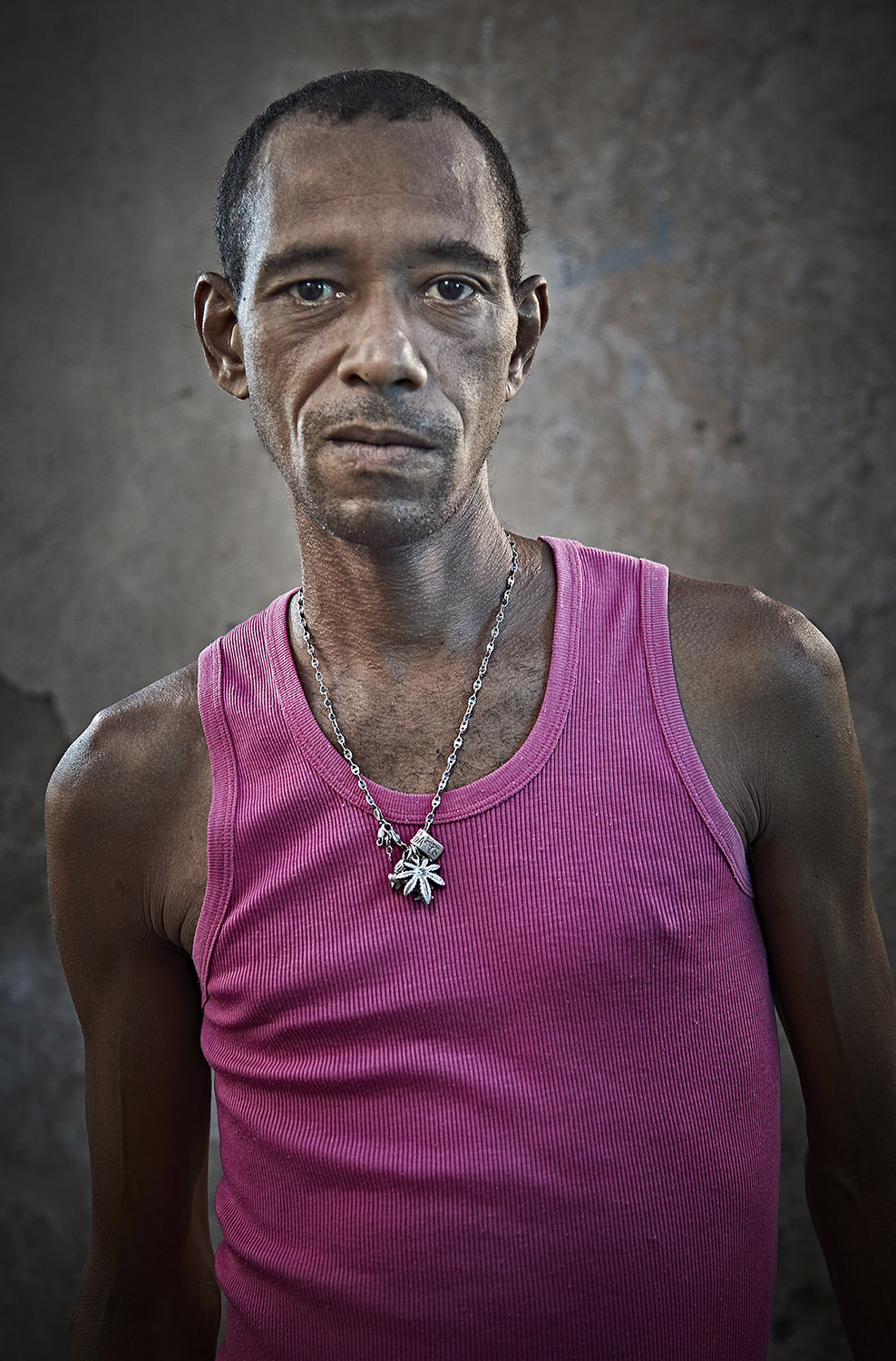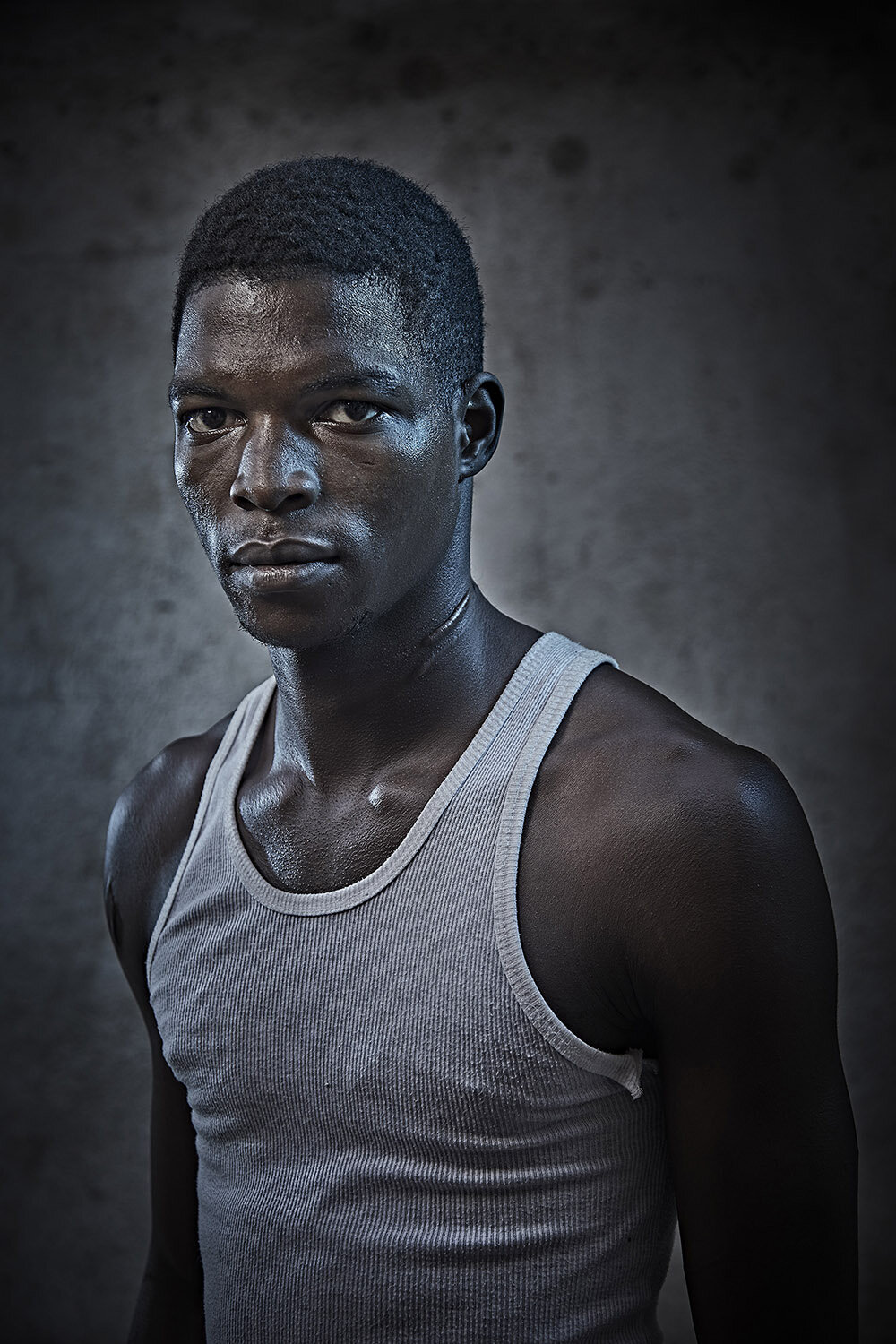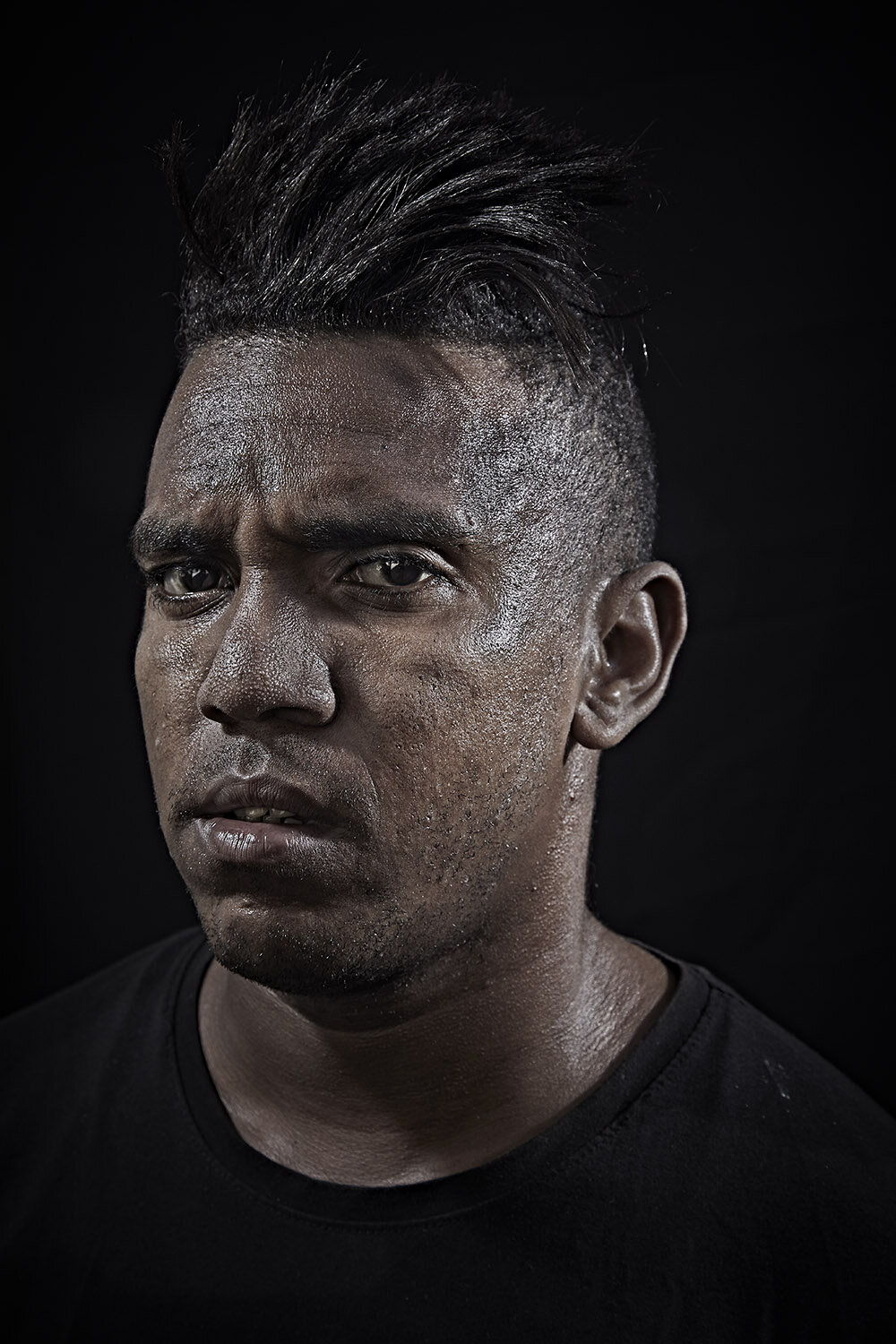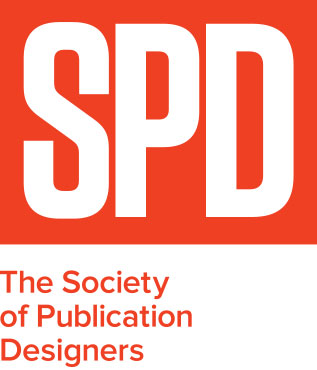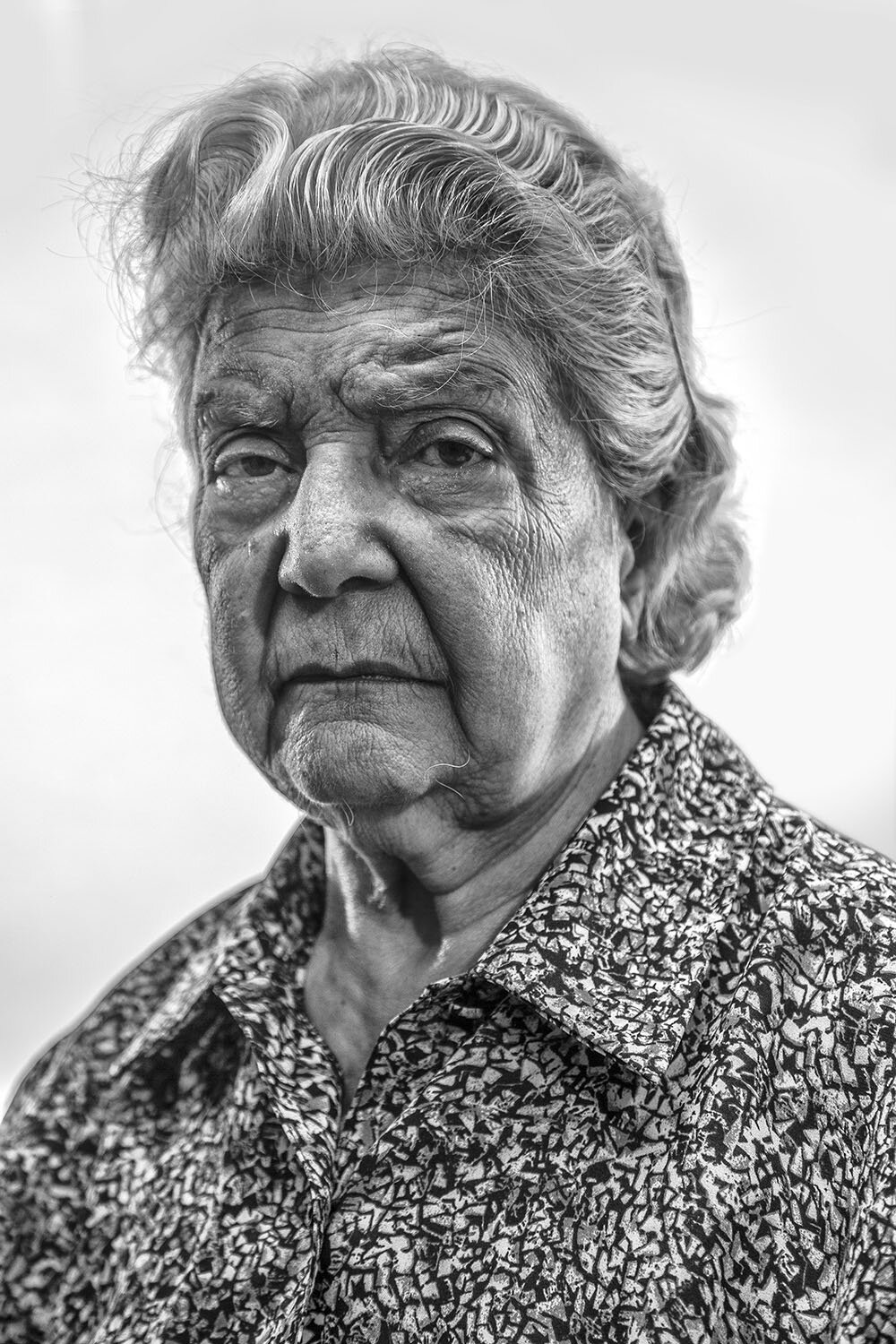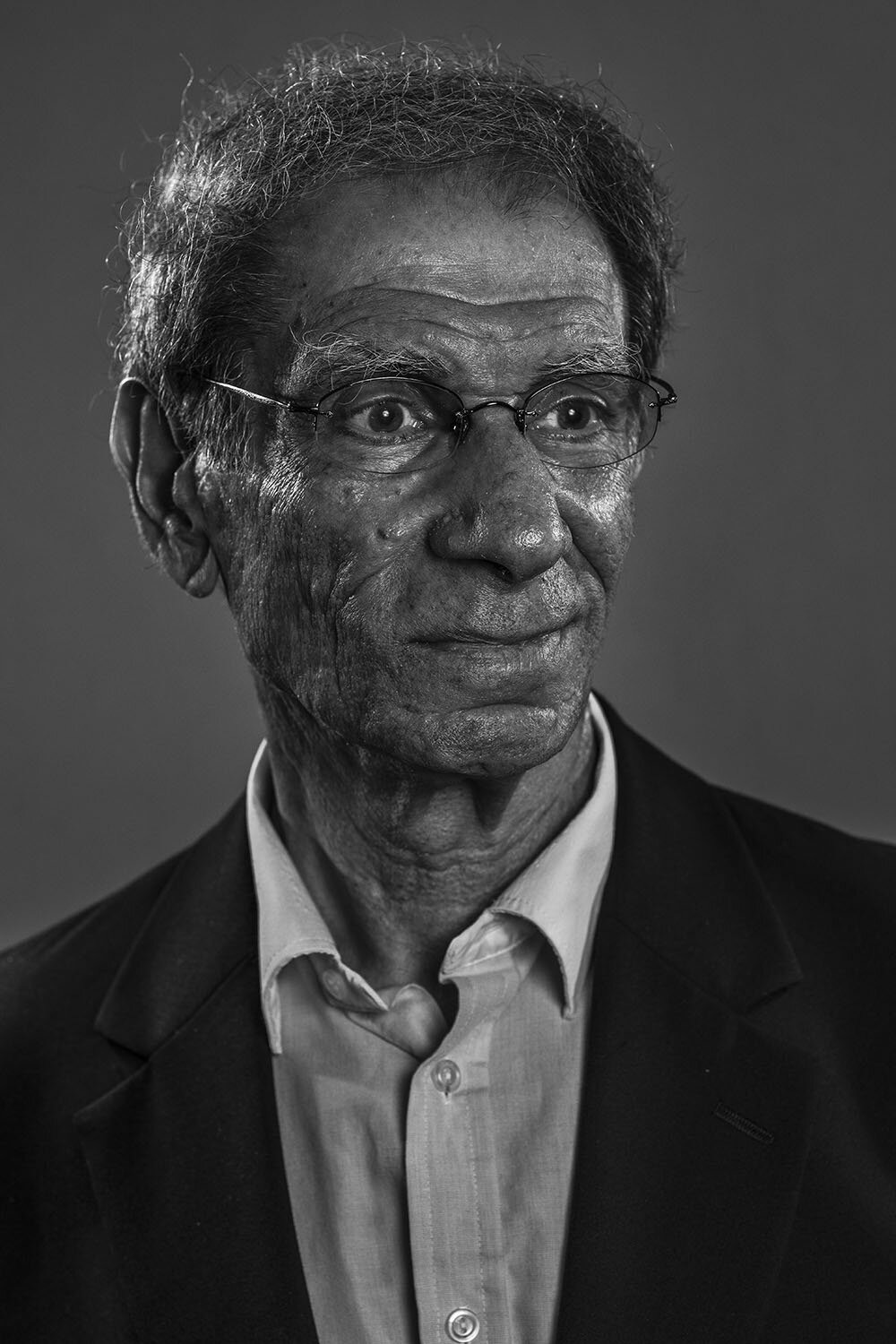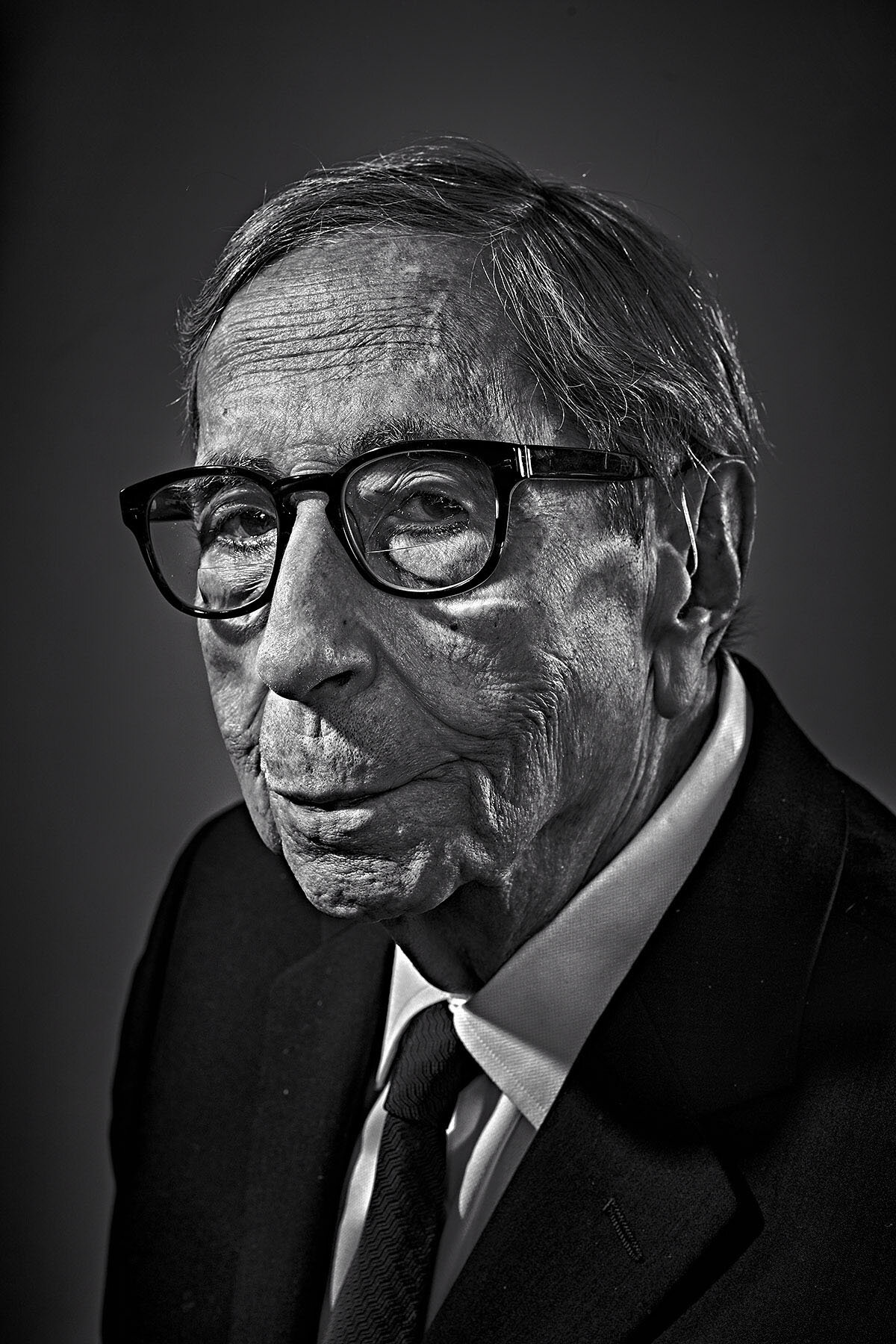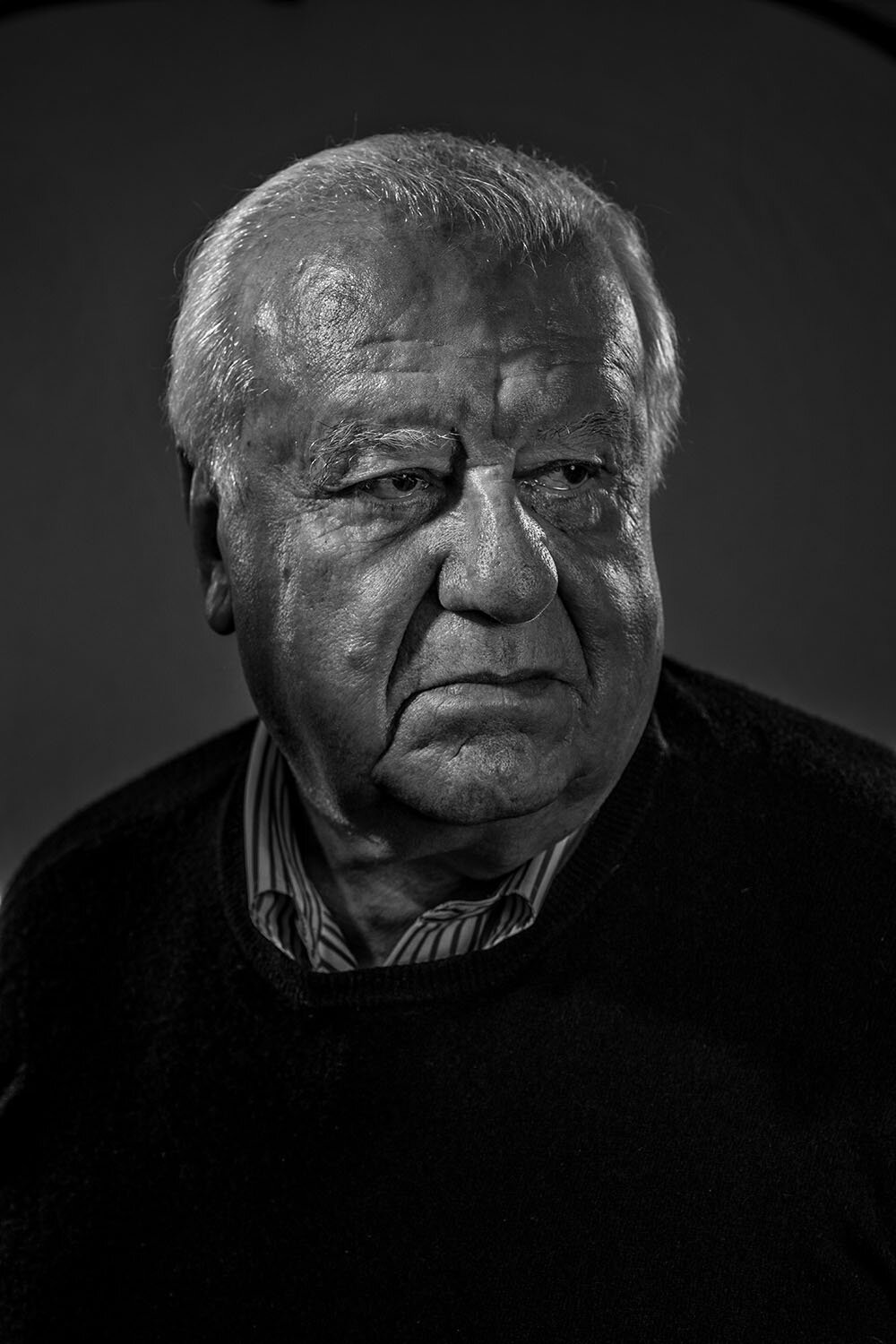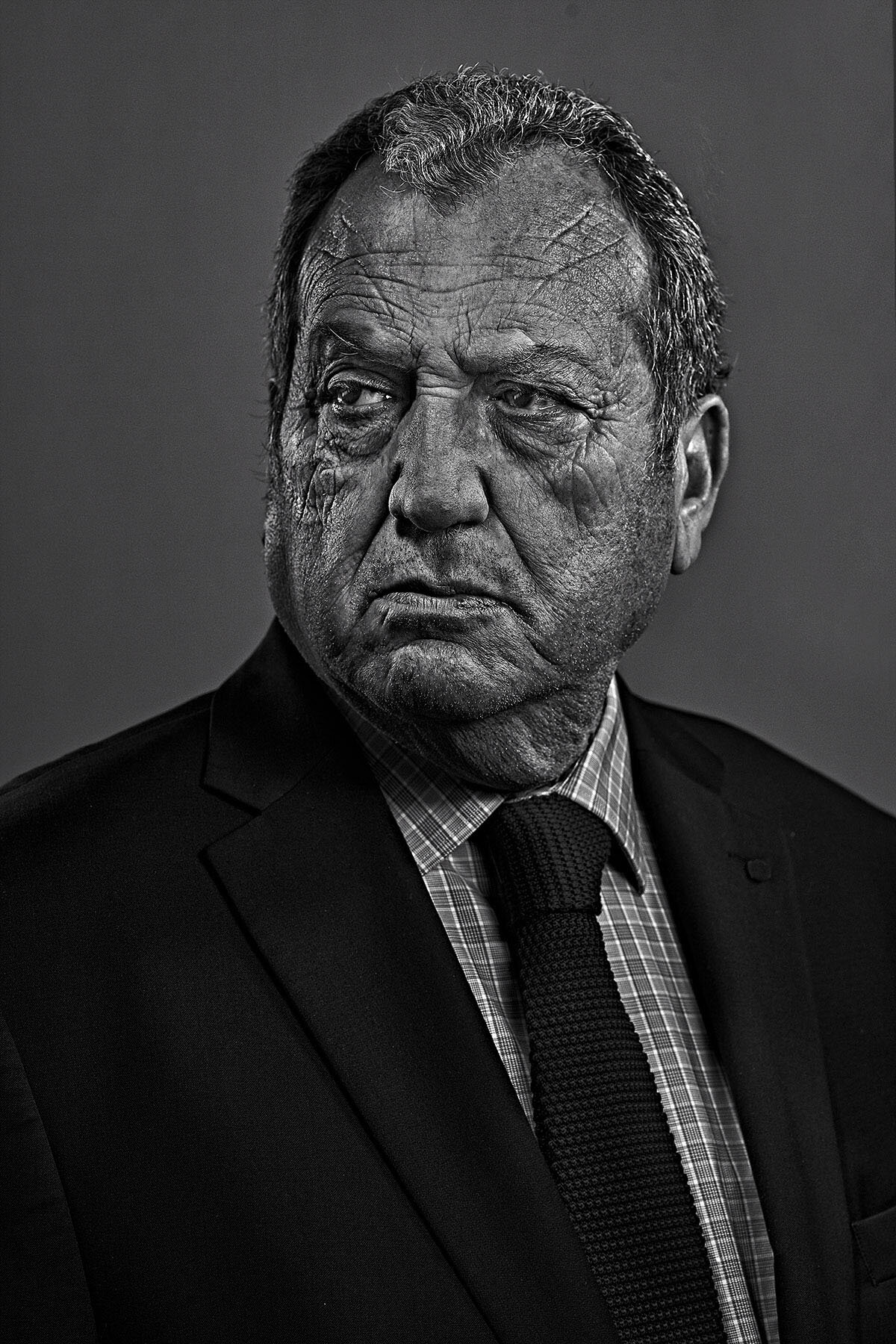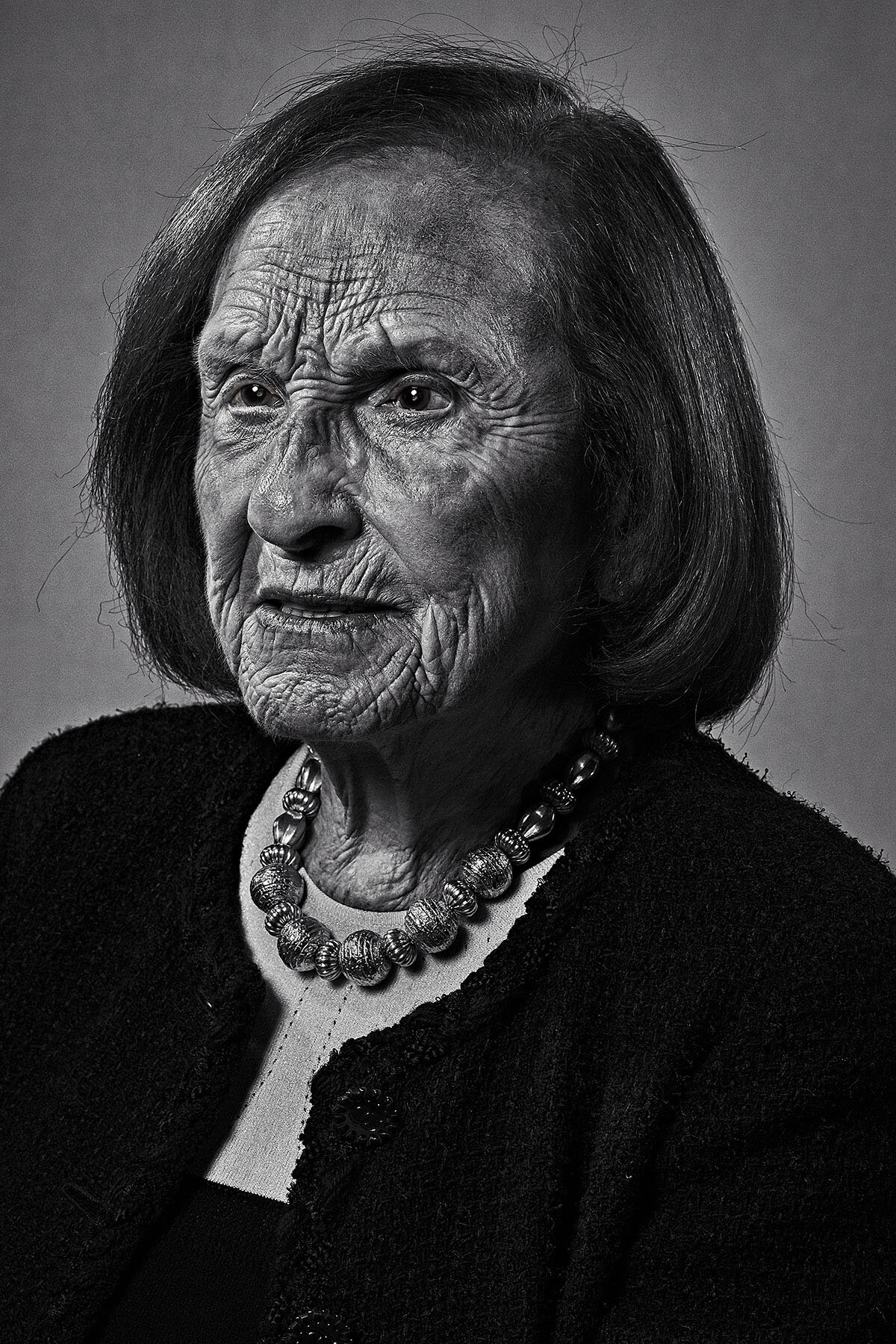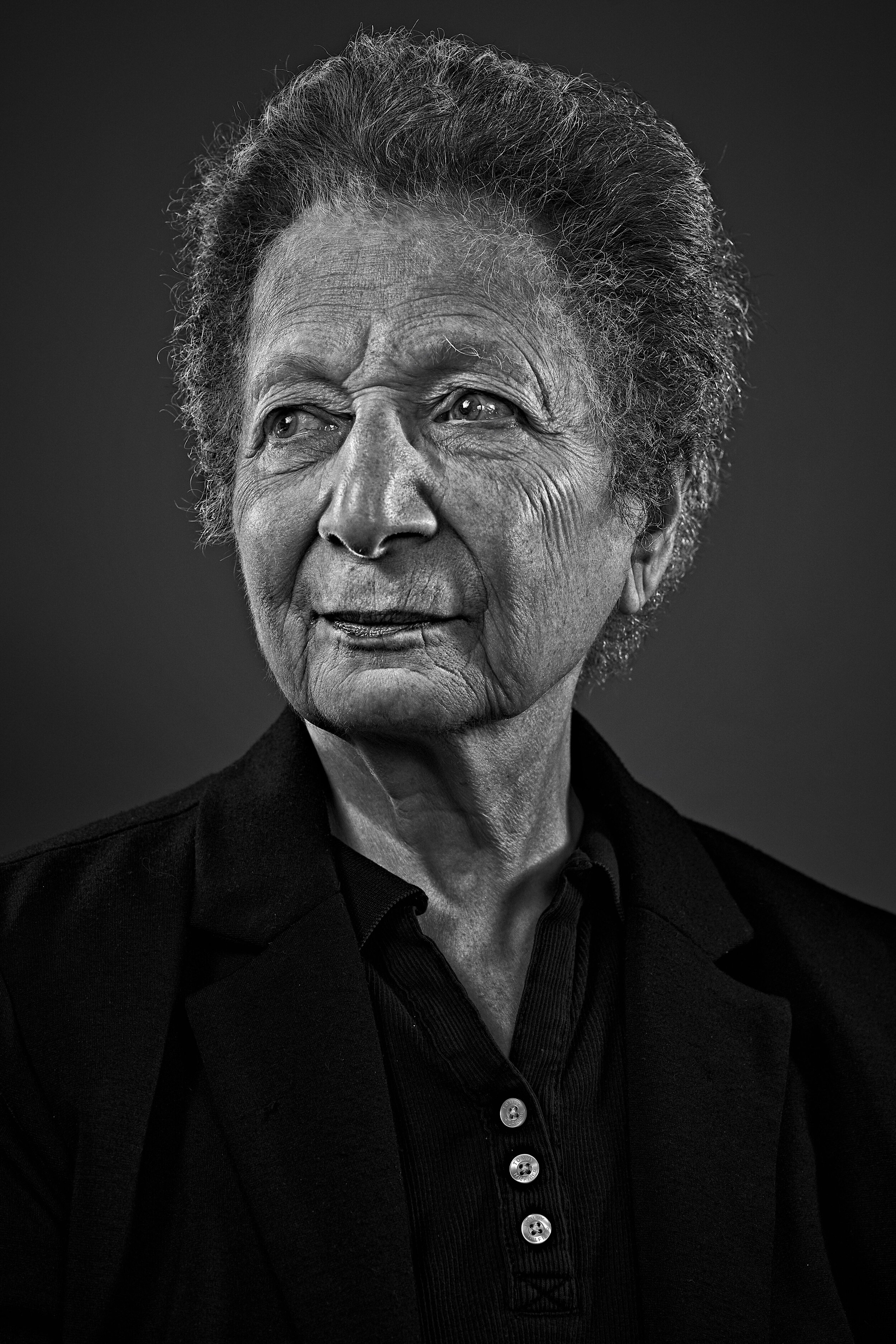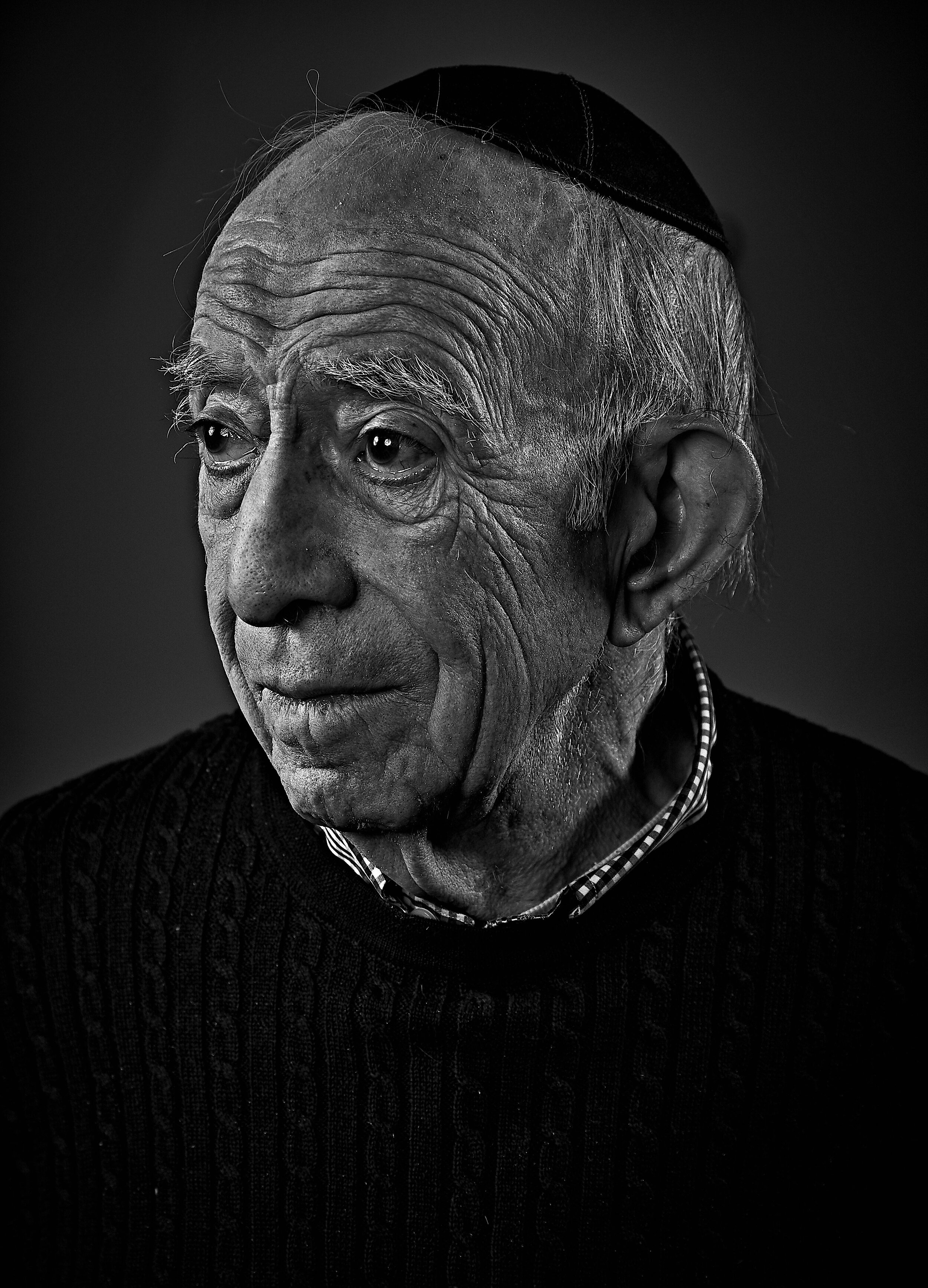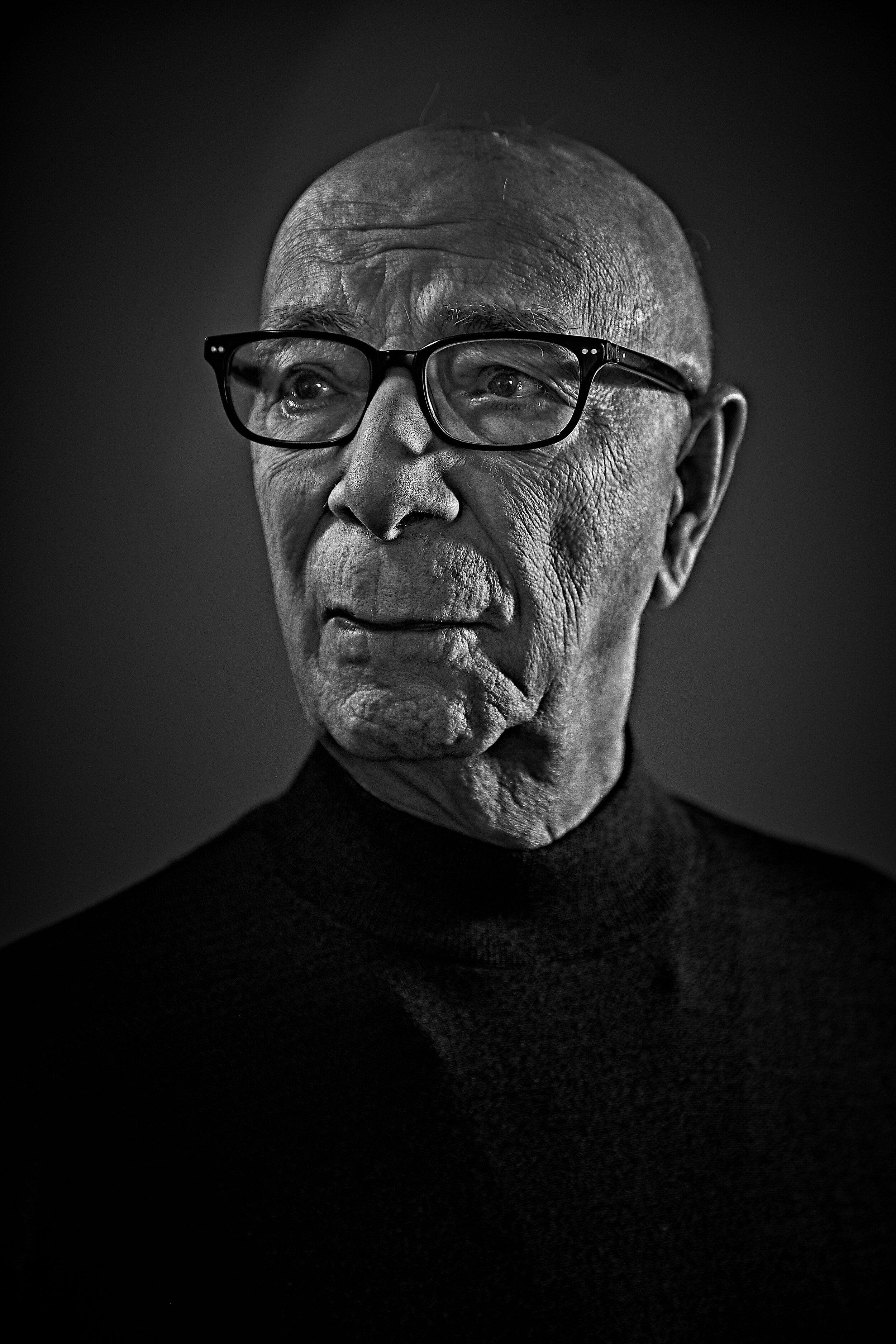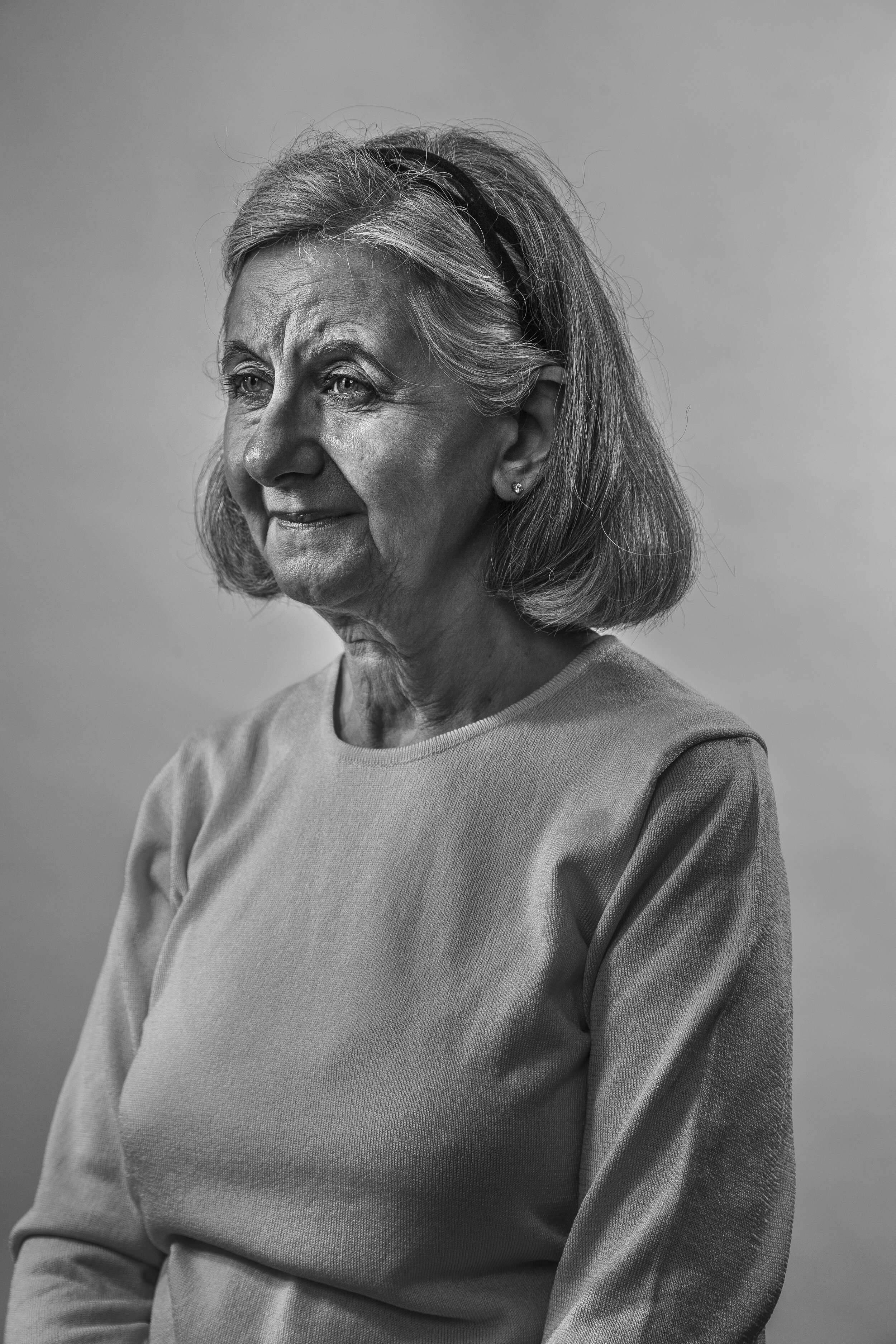Liam Sharp
/“SPD has offered me a unique opportunity to understand the
industry that I have participated in for so many years. Just to be able to learn more about the challenges from my client side is invaluable.”
-Liam Sharp, Photographer
SPD: Where did you get your start?
Liam Sharp: I was born in London UK. My parents emigrated to Canada from the UK when I was seven.
My father was a professional advertising photographer, I worked with him from an early age.
As a teenager I worked for my father as his assistant and we worked on some big shoots. My father was one of the top advertising photographers in his day in Canada. We spent a lot of time talking about how to approach the upcoming assignments; he taught me to be well prepared. Photography is in my blood. Both my children are also photographers.
My first job after that was for photographer Jay Maisel, I used to assist him when he came to Canada. My first photo assignment was doing a shoot for Now magazine in Toronto.
When I was nineteen I moved back to London and within three days of my arrival, I had two job offers. I worked as an assistant to Brian Duffy and Michael Joseph. They were top photographers at the time.
SPD: Who is your major creative influence and who were your mentors?
LS: My recent major influence is Nadav Kander, I love the way he lights for the shadow, and lets his subjects come to him.
My assistant in London had worked for Nadav. He told me that Nadav would always light for the shadow. This encouraged me to start lighting my portraits from behind and working the shadow. For years I was lighting from the front and not allowing for shadow.
My mentors were Brian Duffy and Michael Joseph. I worked for both of them as an assistant in London. Having worked with Brian Duffy and Michael Joseph, I had a good grounding in photography.
SPD: When did you find your vision and how did you develop your style?
LS: When I was younger, I was inspired by Henri Cartier-Bresson and his ability to capture the decisive moment. The more recent hyper real portraits of Sephardic Immigrants was inspired by their stories. I wanted to show the tragedy of their loss and trauma.


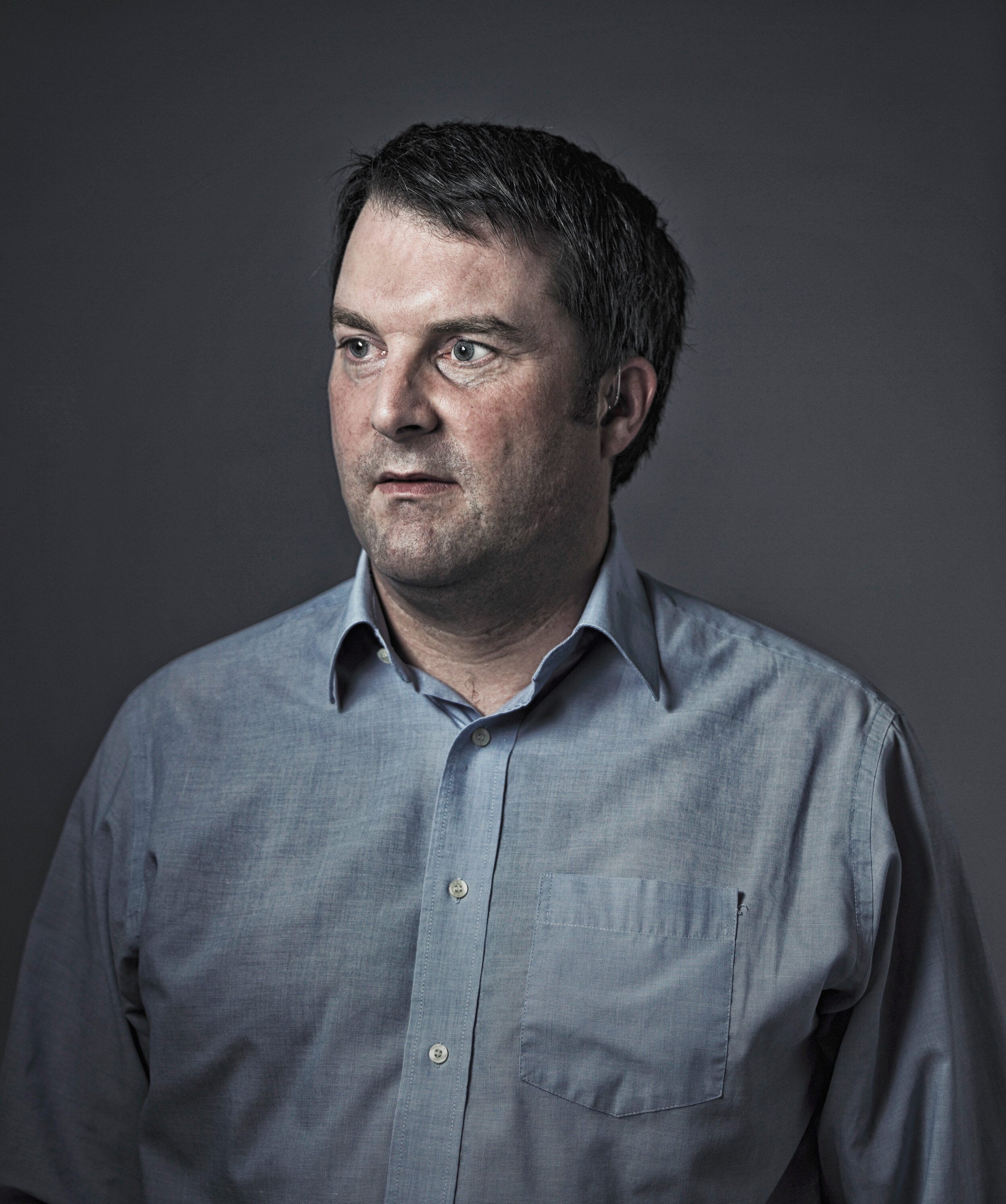
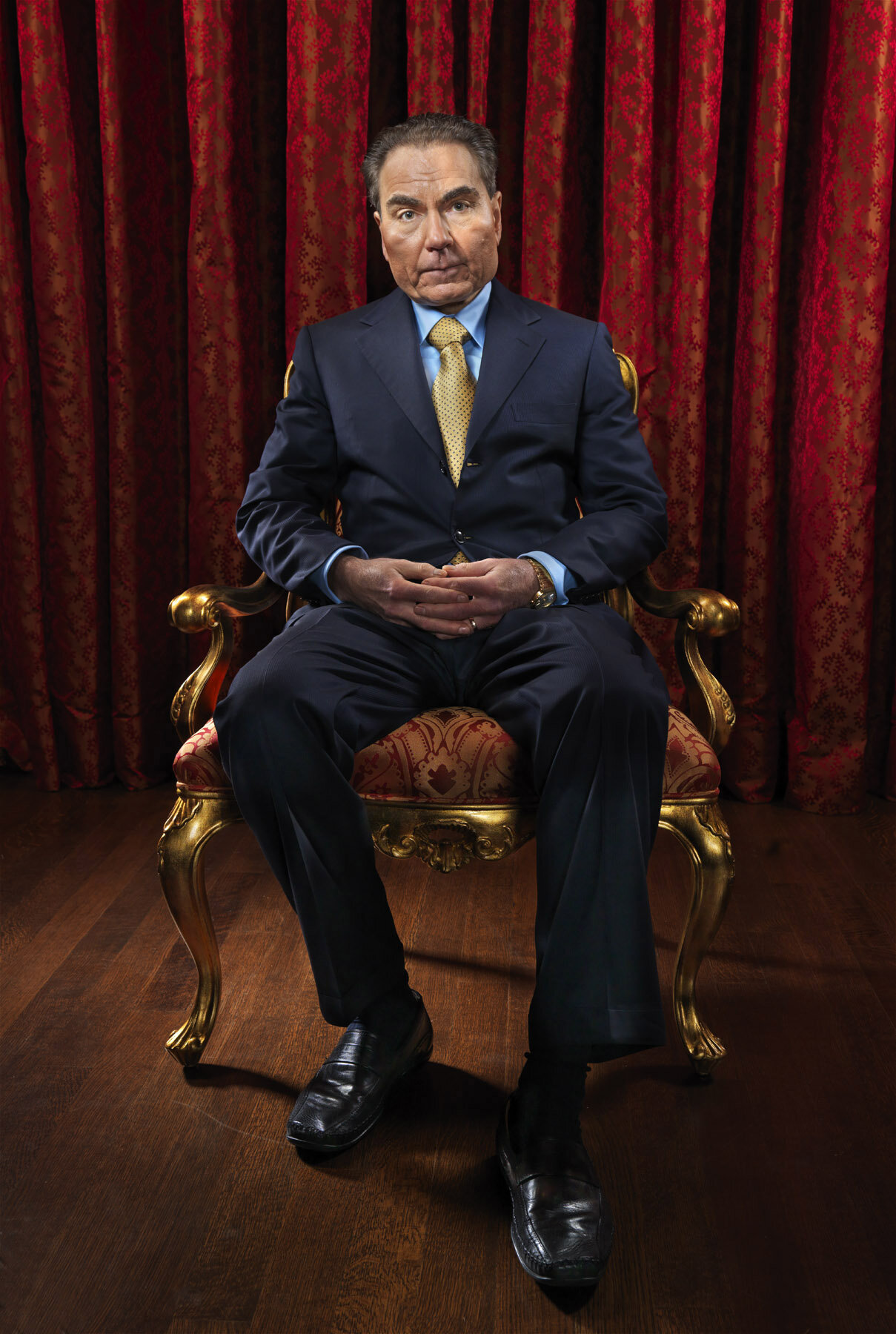
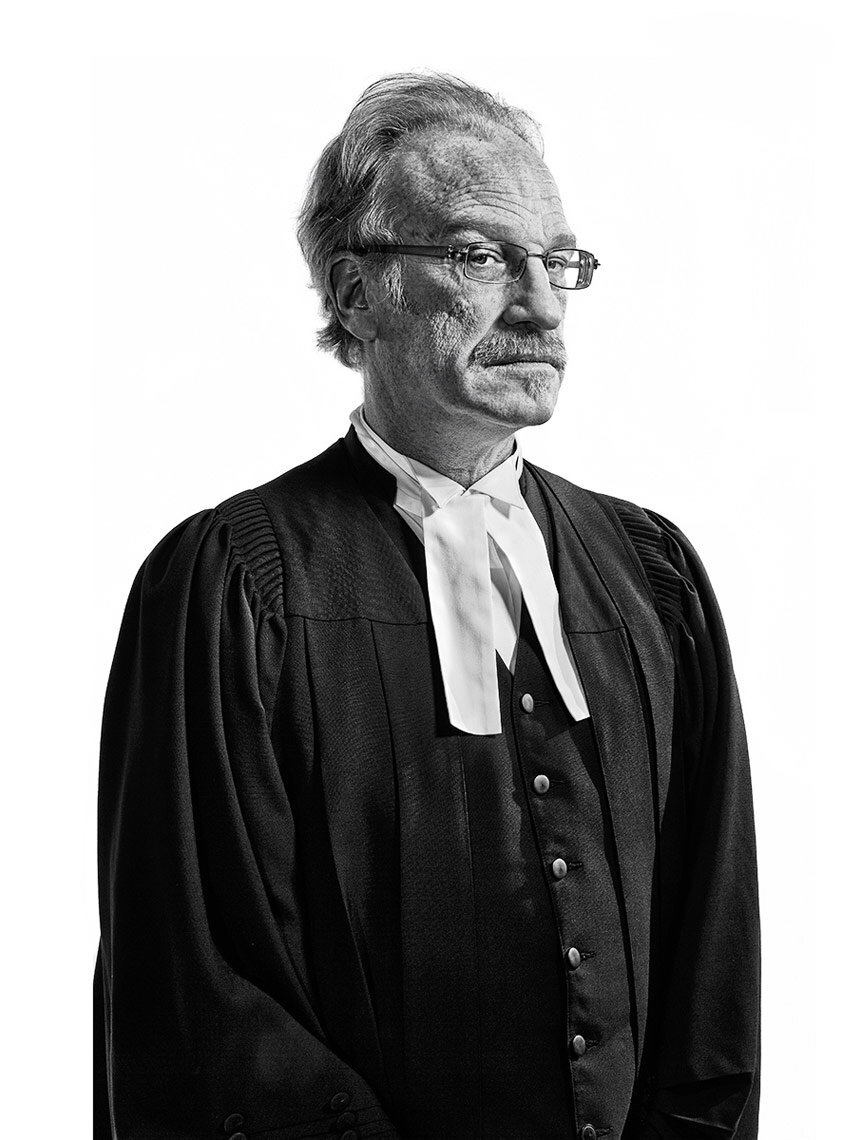
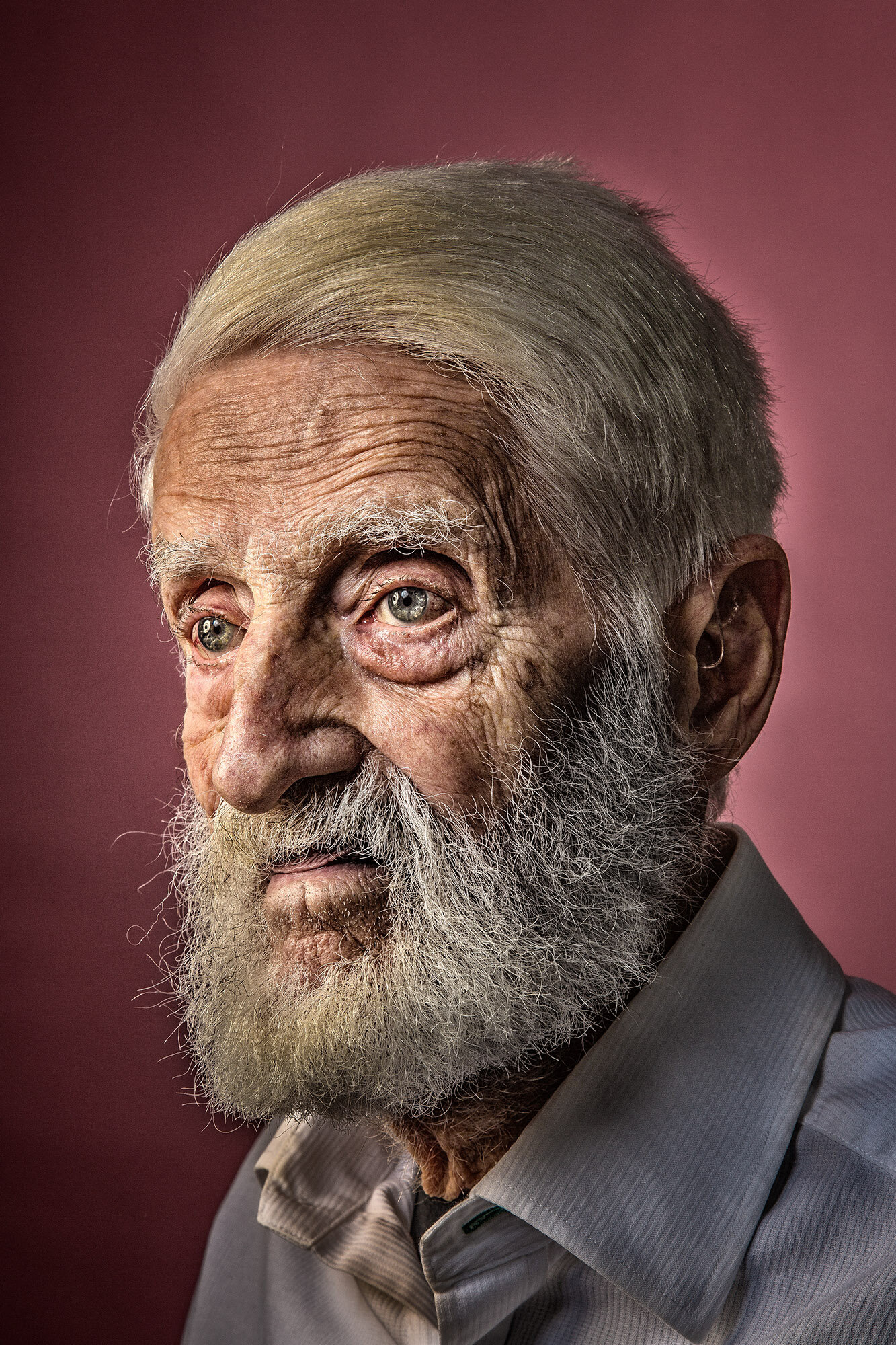

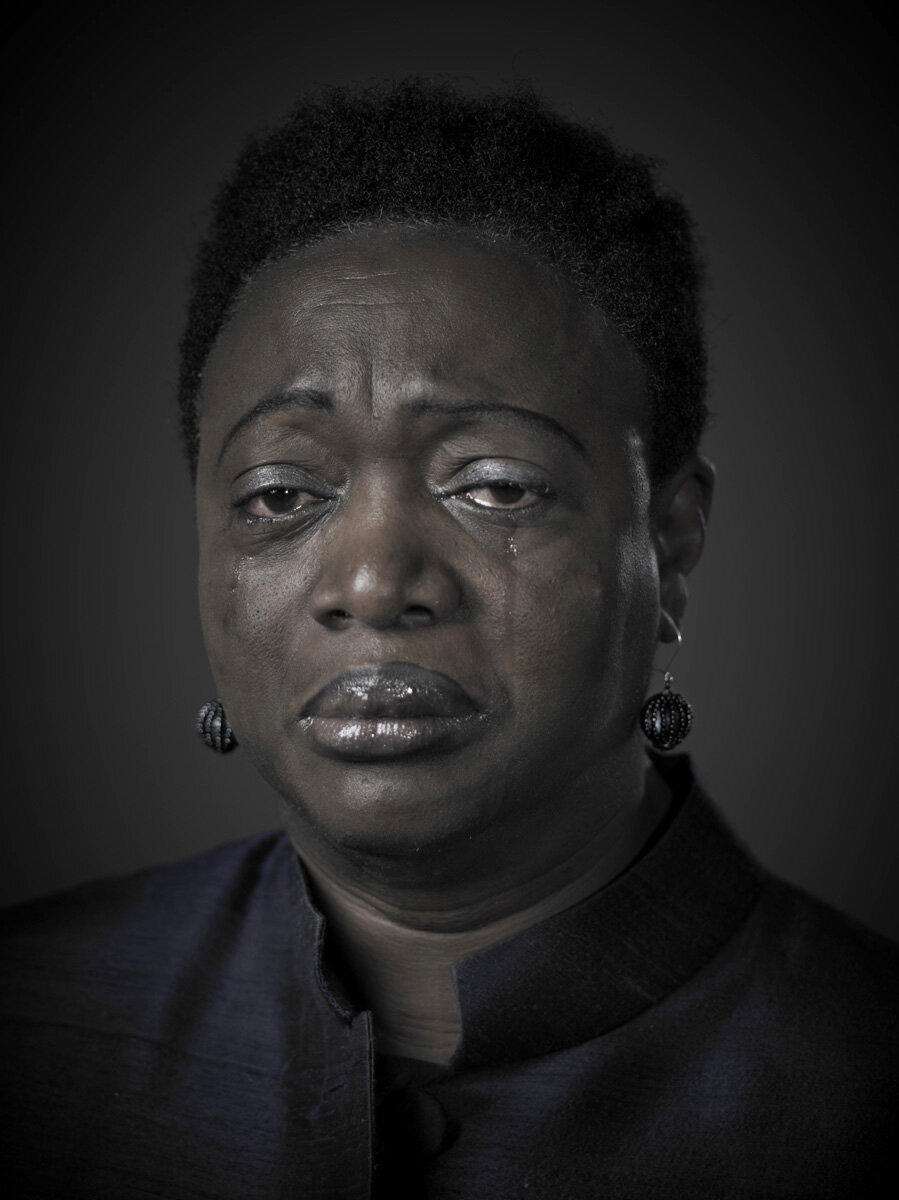
SPD: How do you conceptualize shoots and how do you get real people to collaborate?
LS: I think concept and strategy is very important. I have always been a visual thinker, reading the story and then coming up with visual ways to tell that story.
In the Report on Business Magazine series the challenge was to show the diversity in the investment portfolios and strategy of the subjects who were money managers. All I had to work with was the subject who was usually in a white office and wearing a suit. I shot every month for eight years.
I decided to get them to act out what they invested in literally. I threw the challenge back to them, asking them to participate in telling their story. It became an act of comic bravery amongst peers, as their colleagues would look for this spread every month. To see who was featured and what they were asked to do.
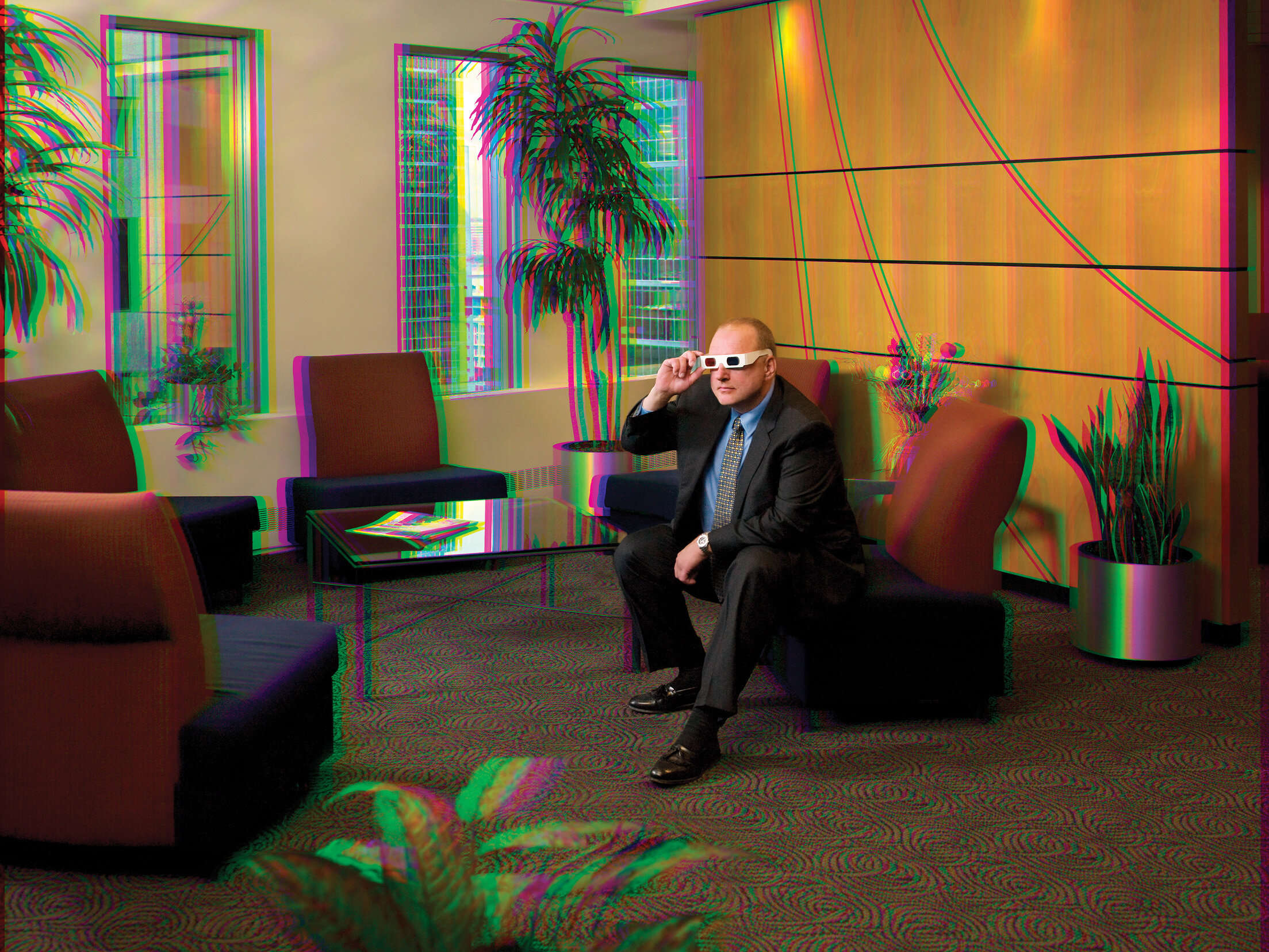
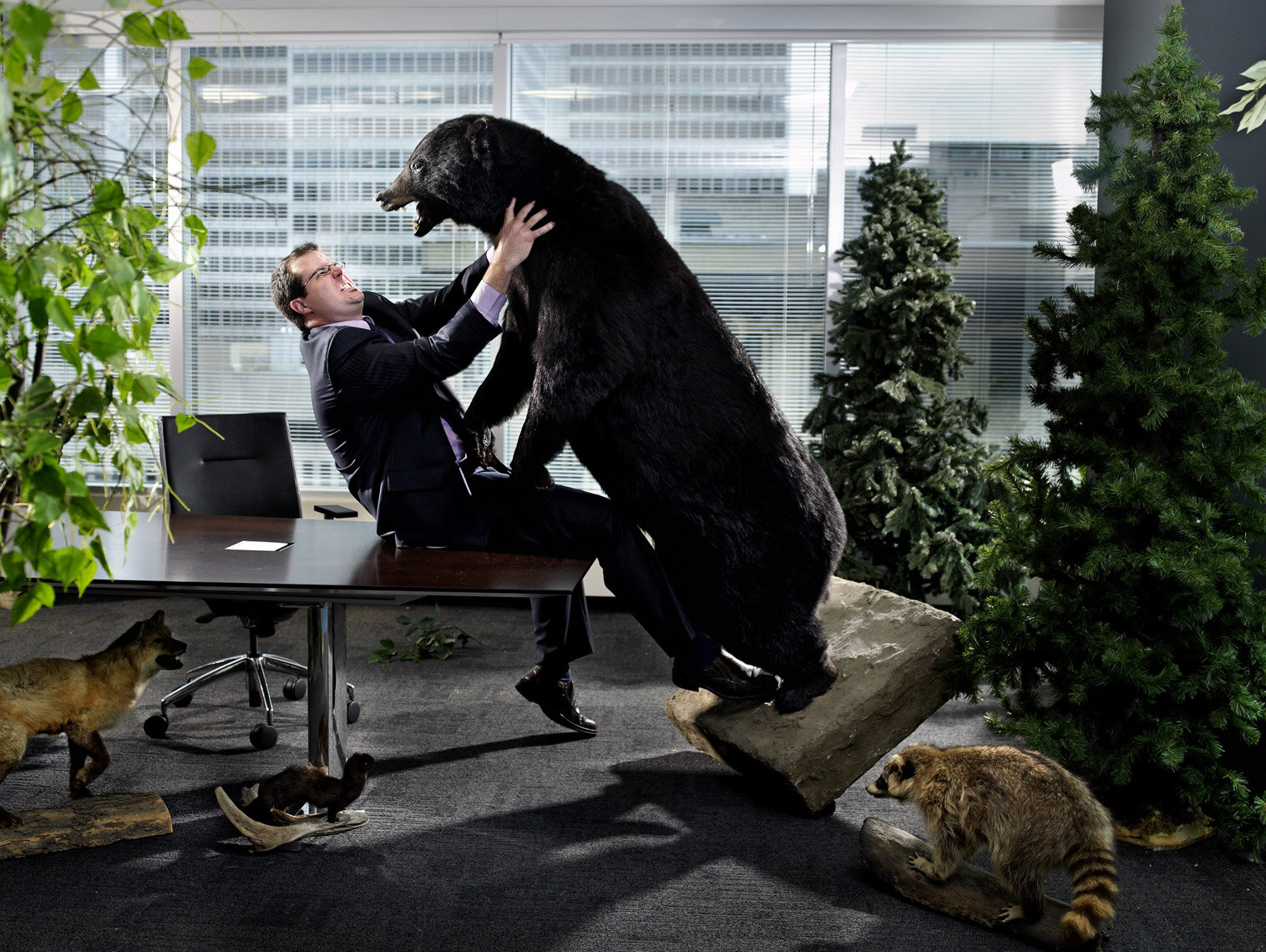
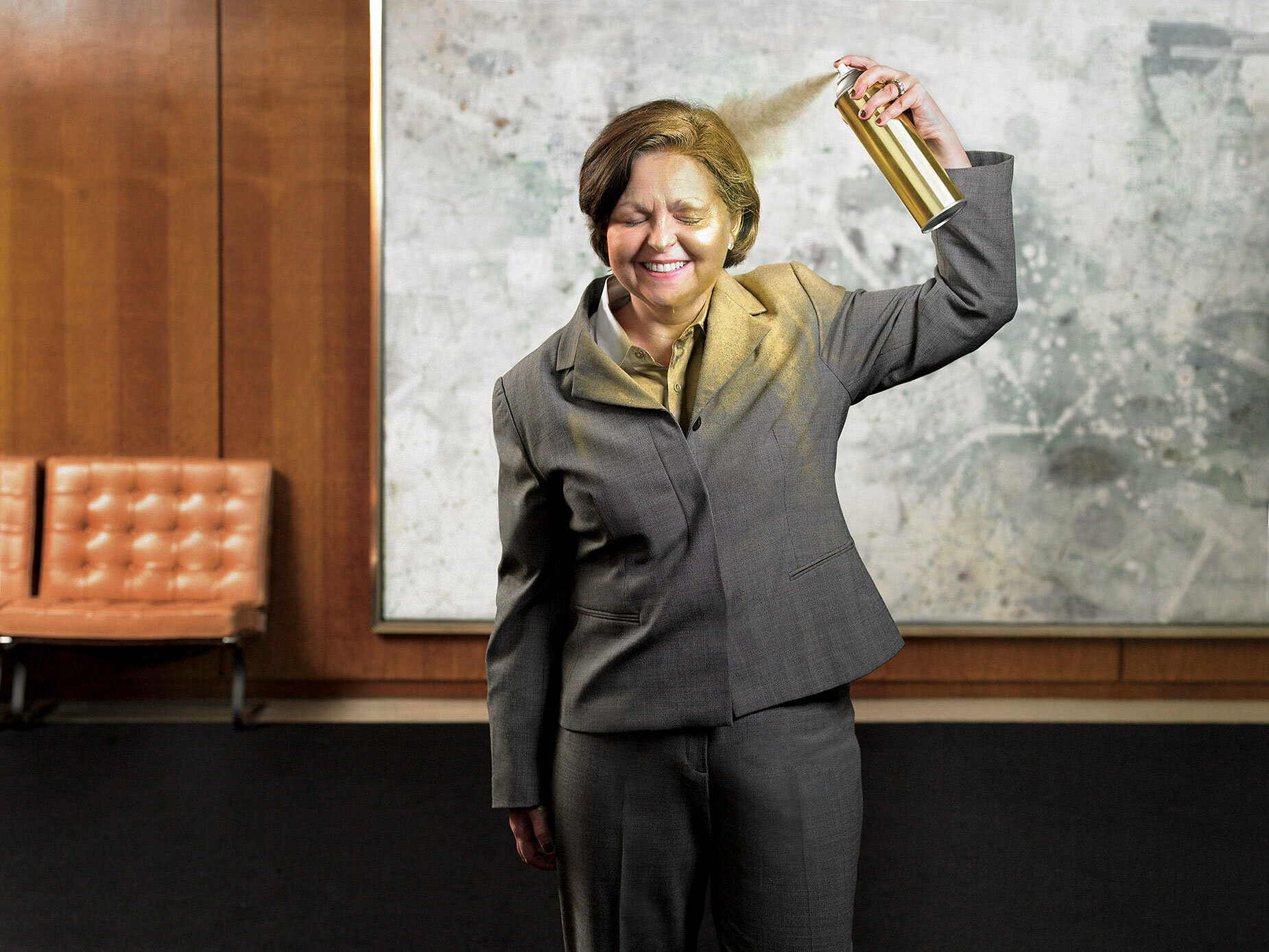
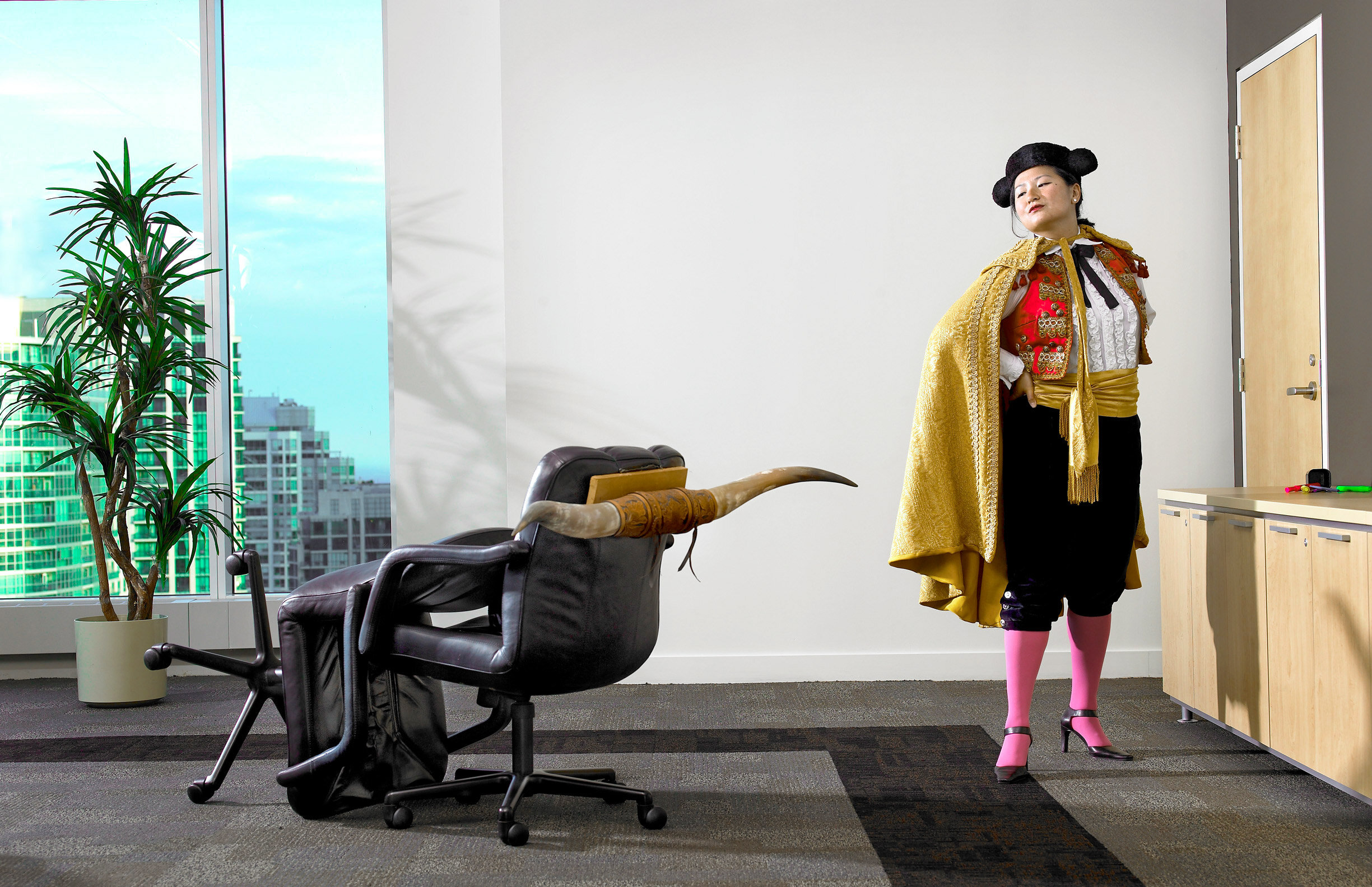

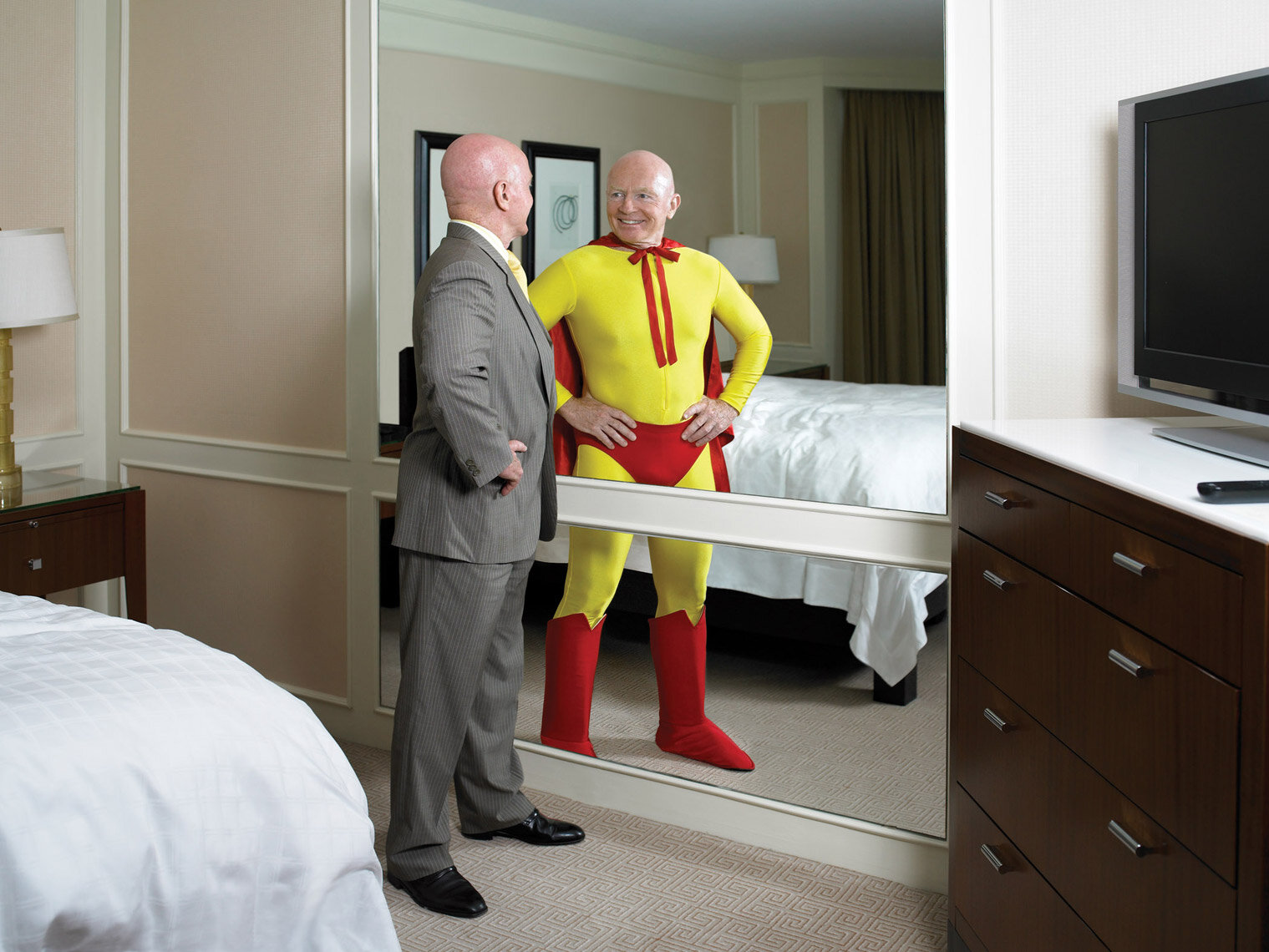
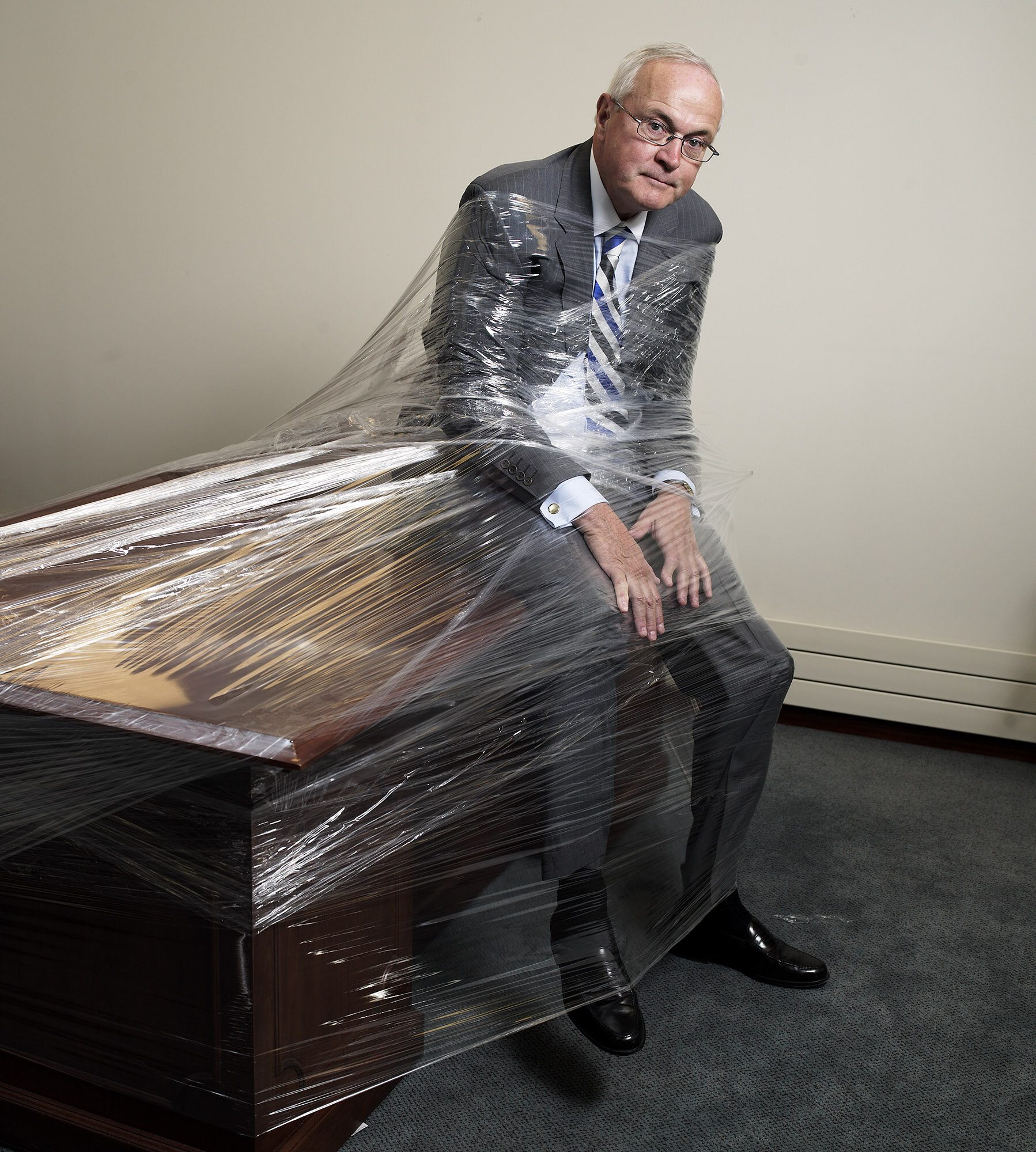
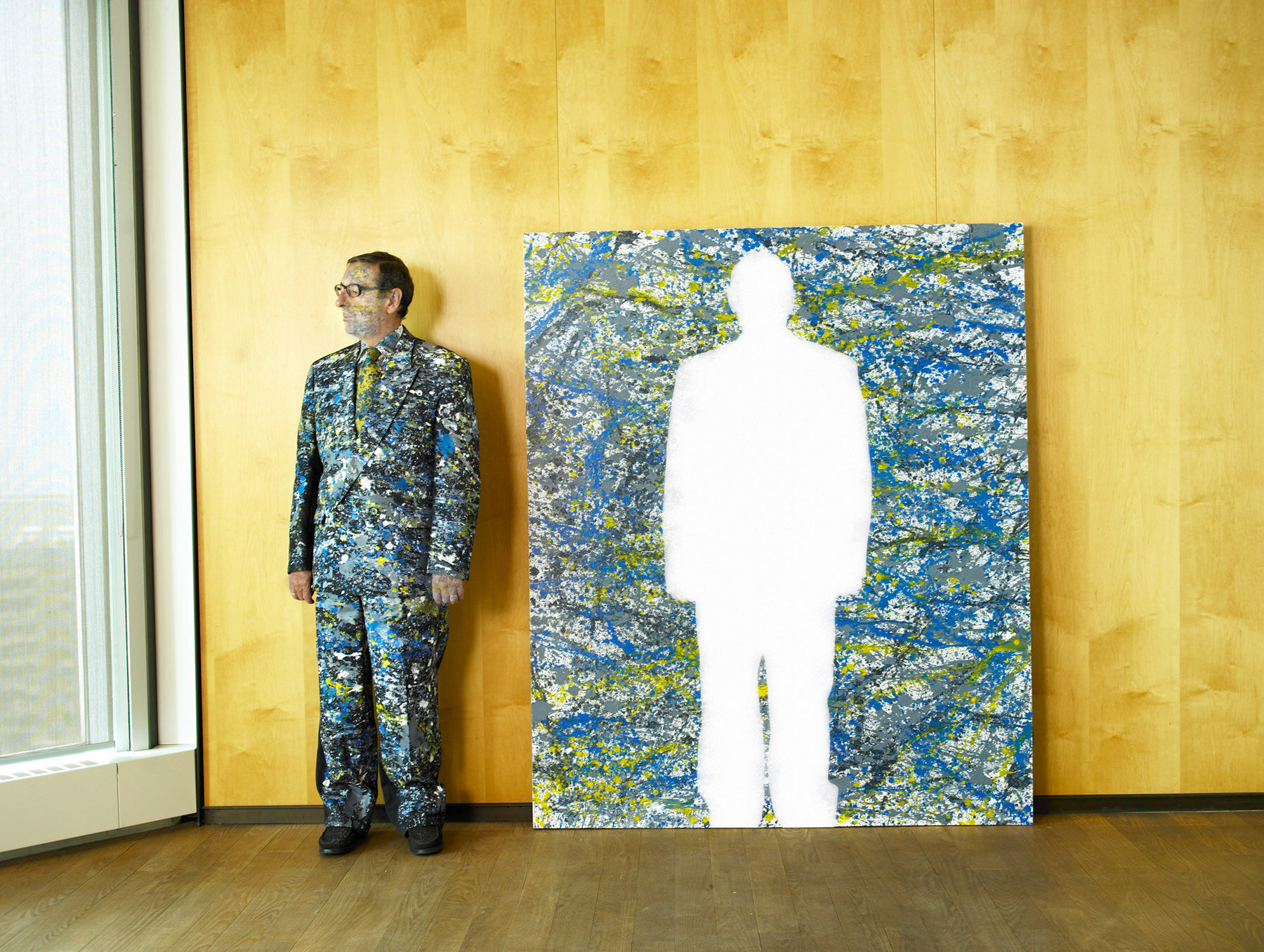
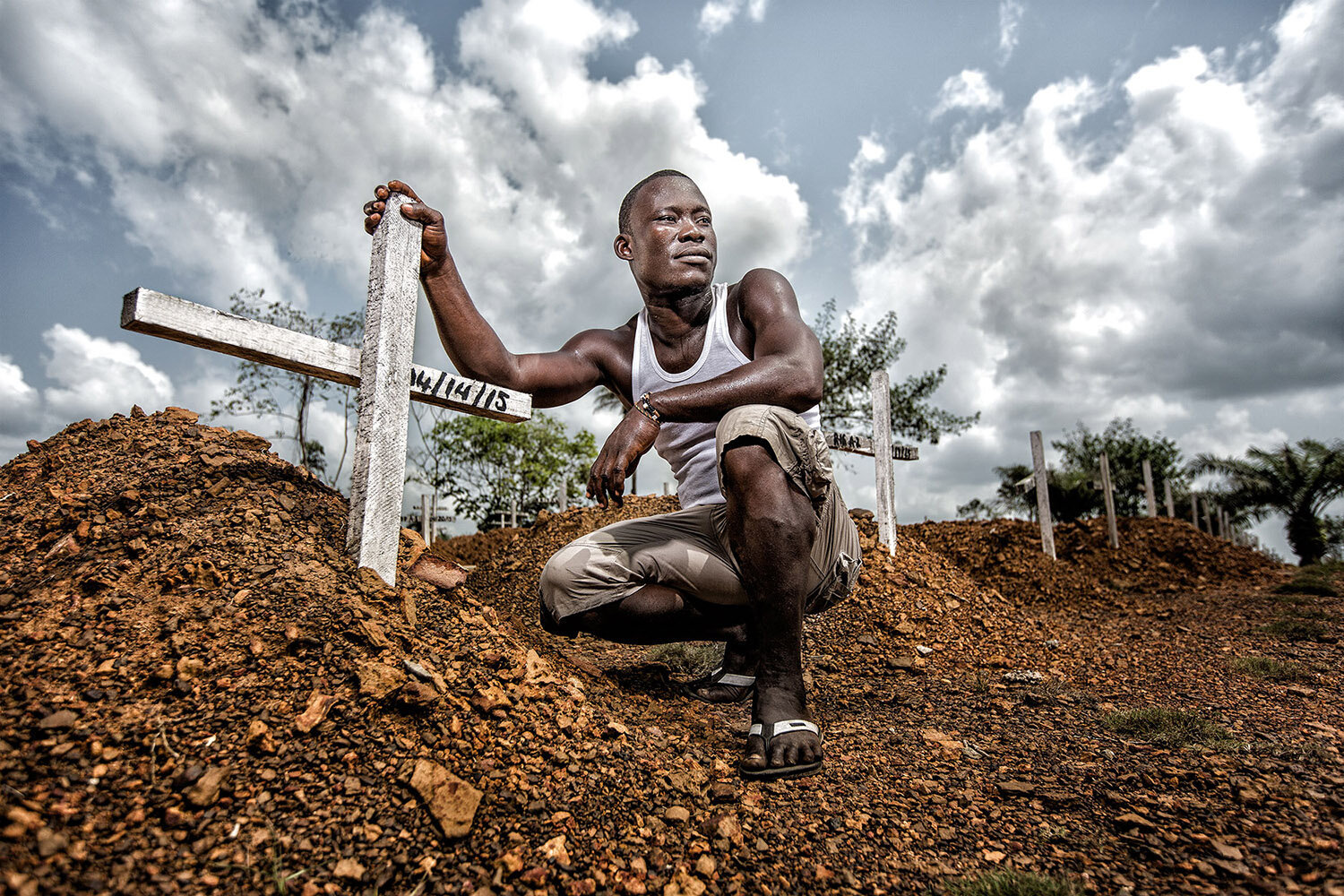
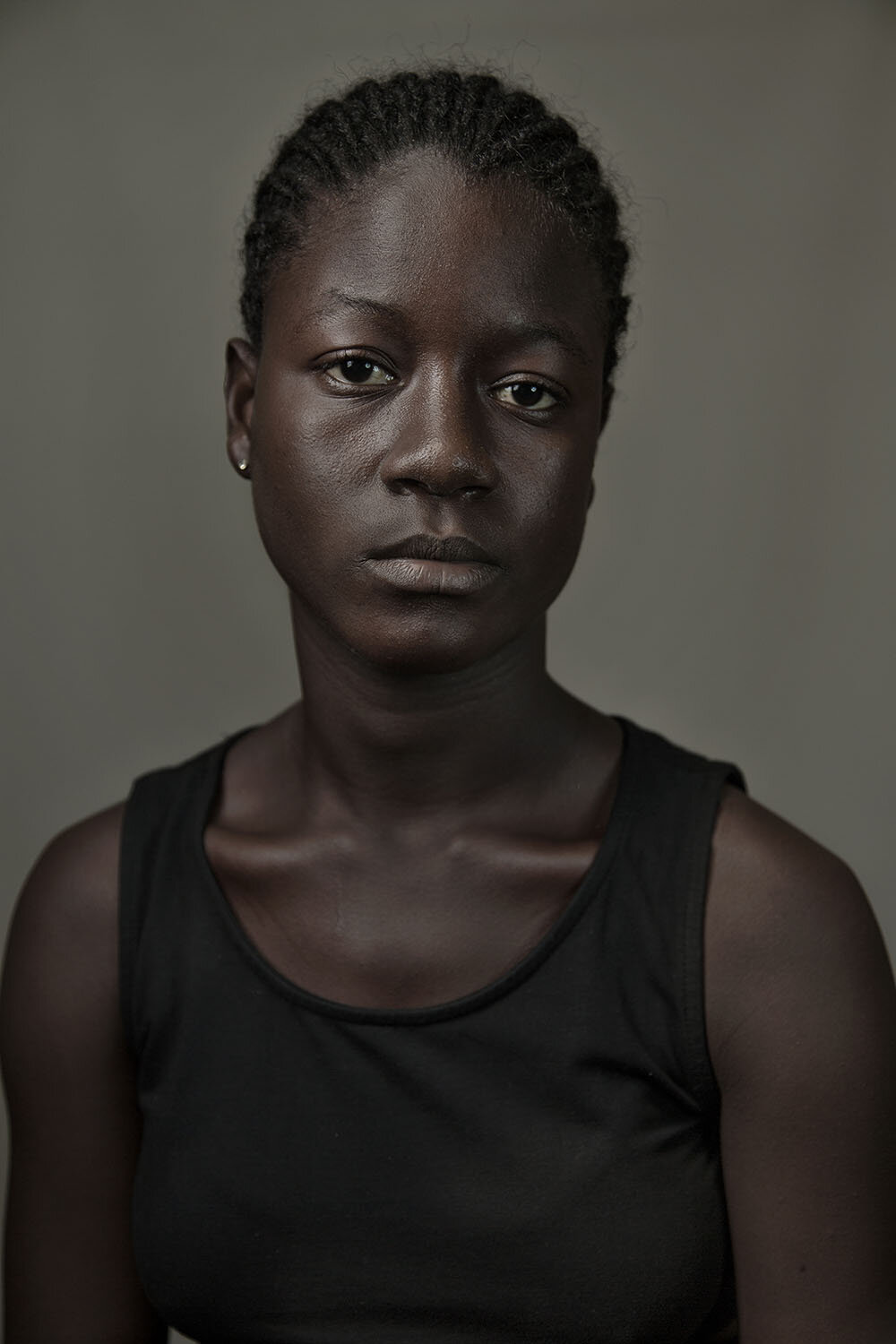
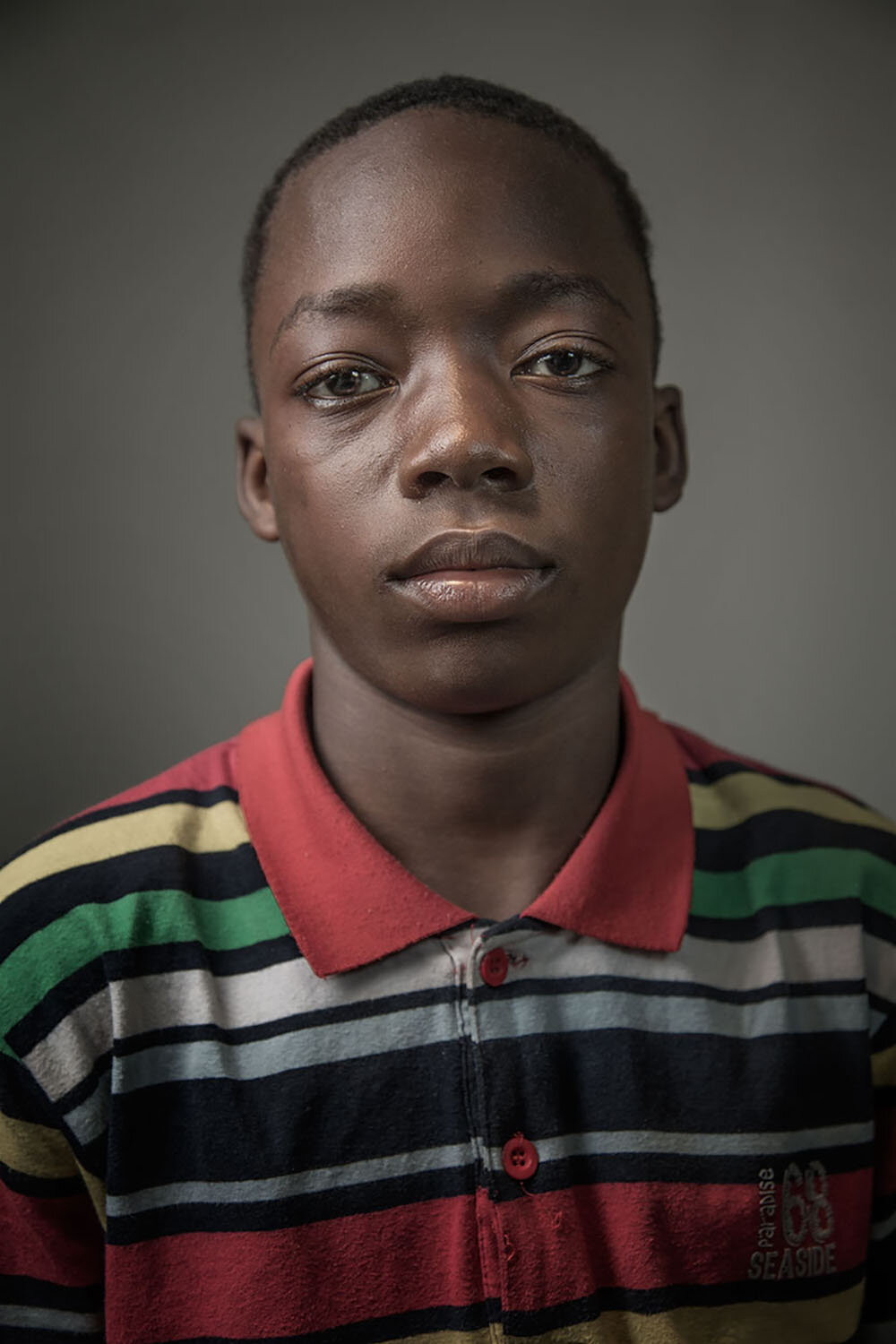
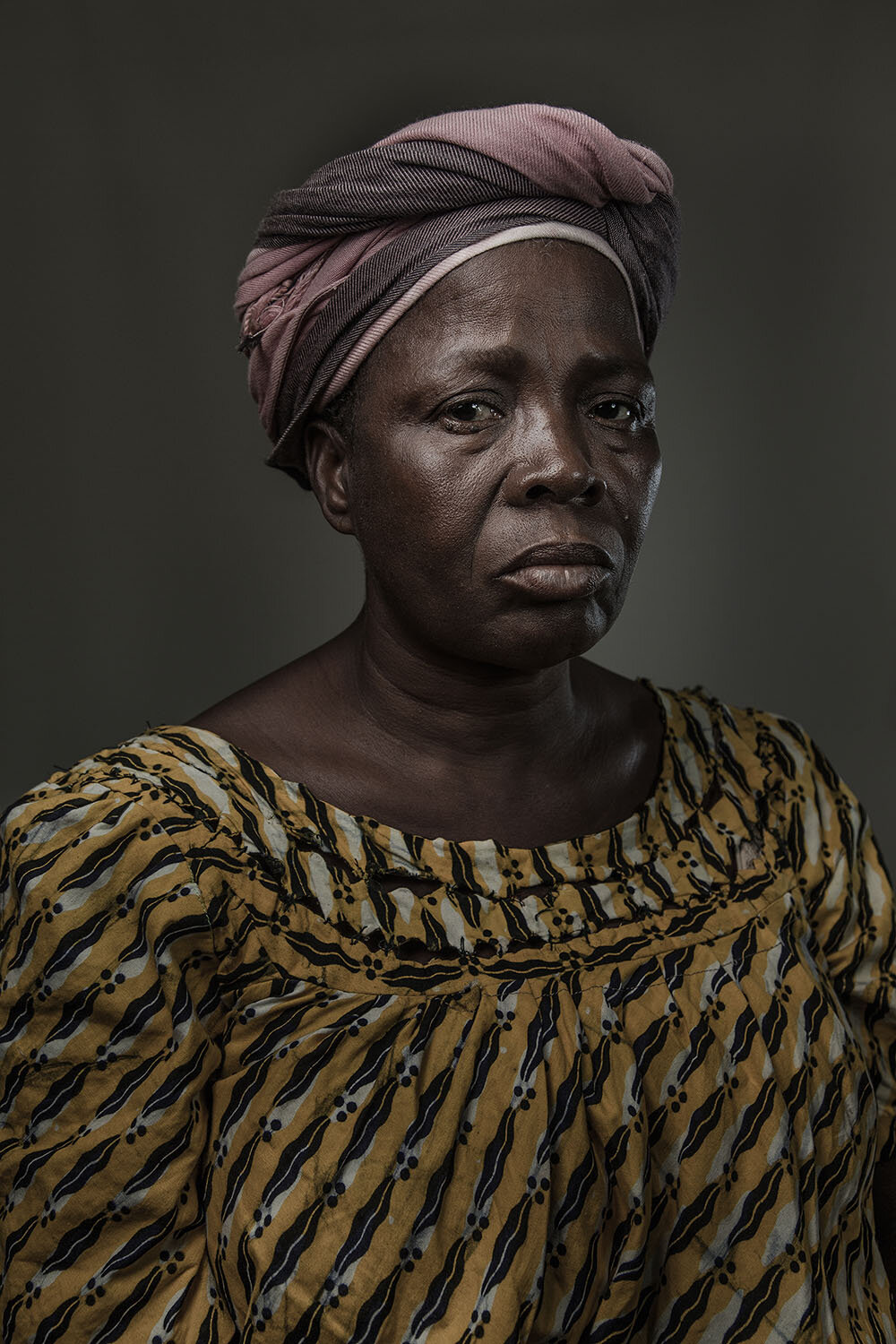

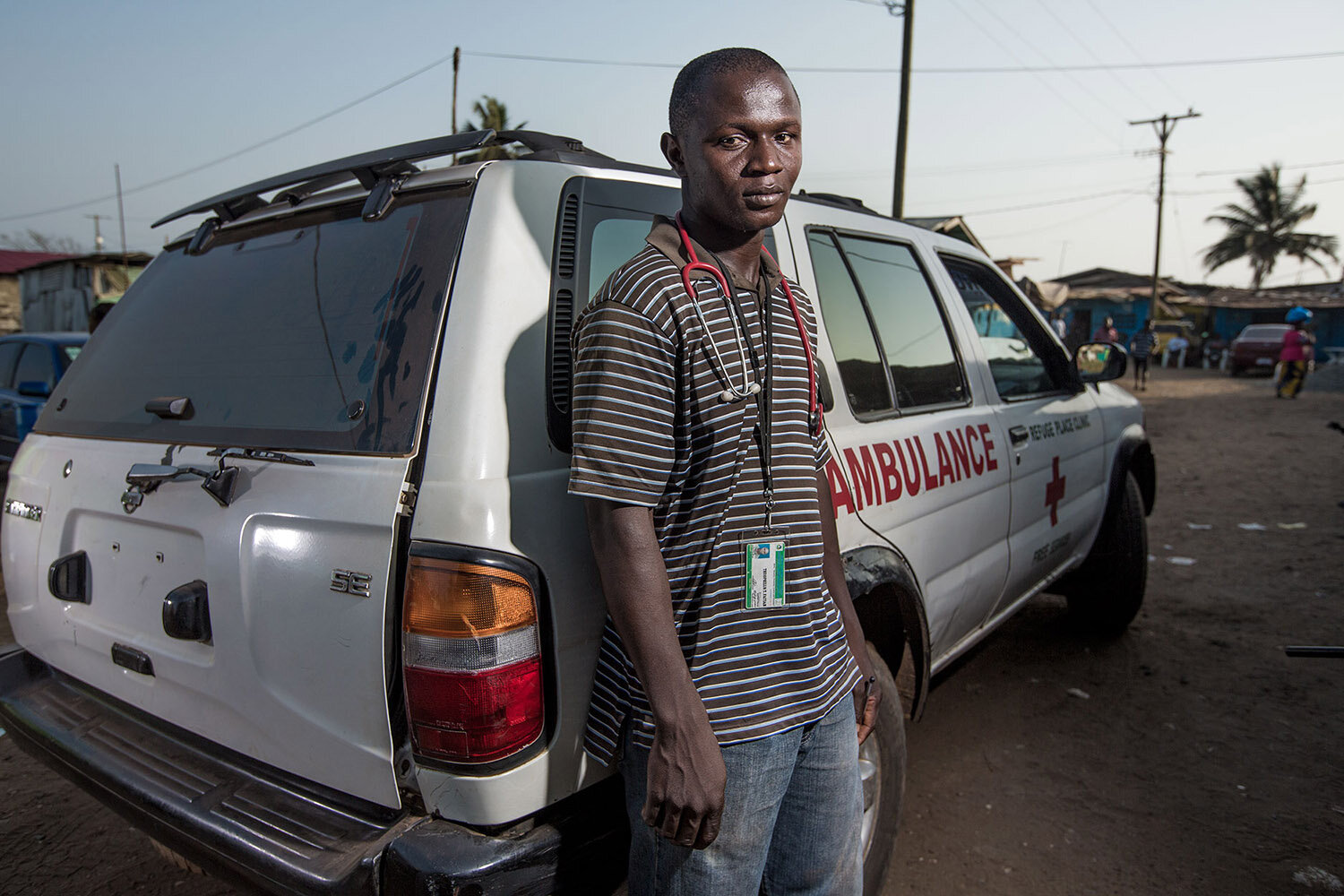
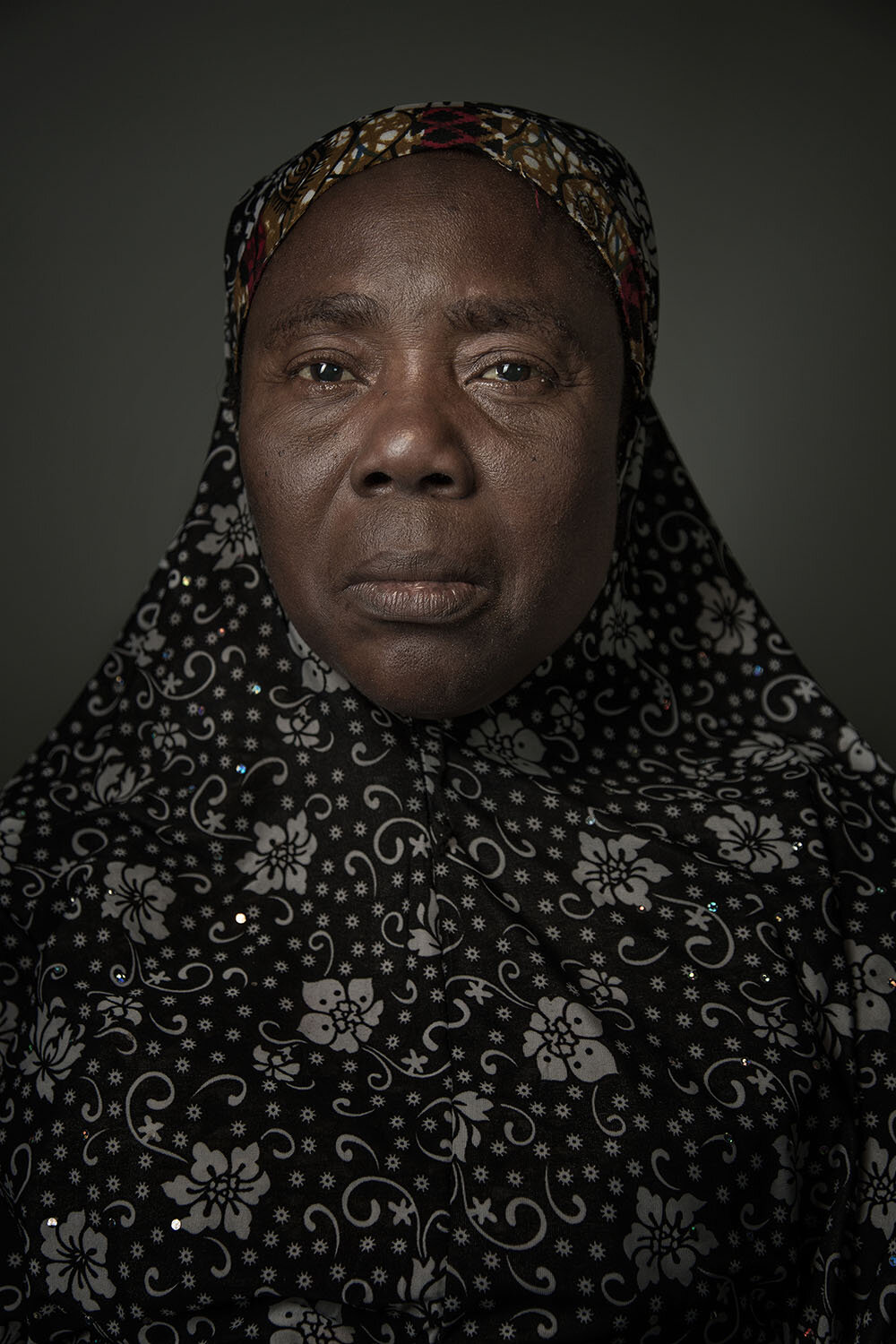
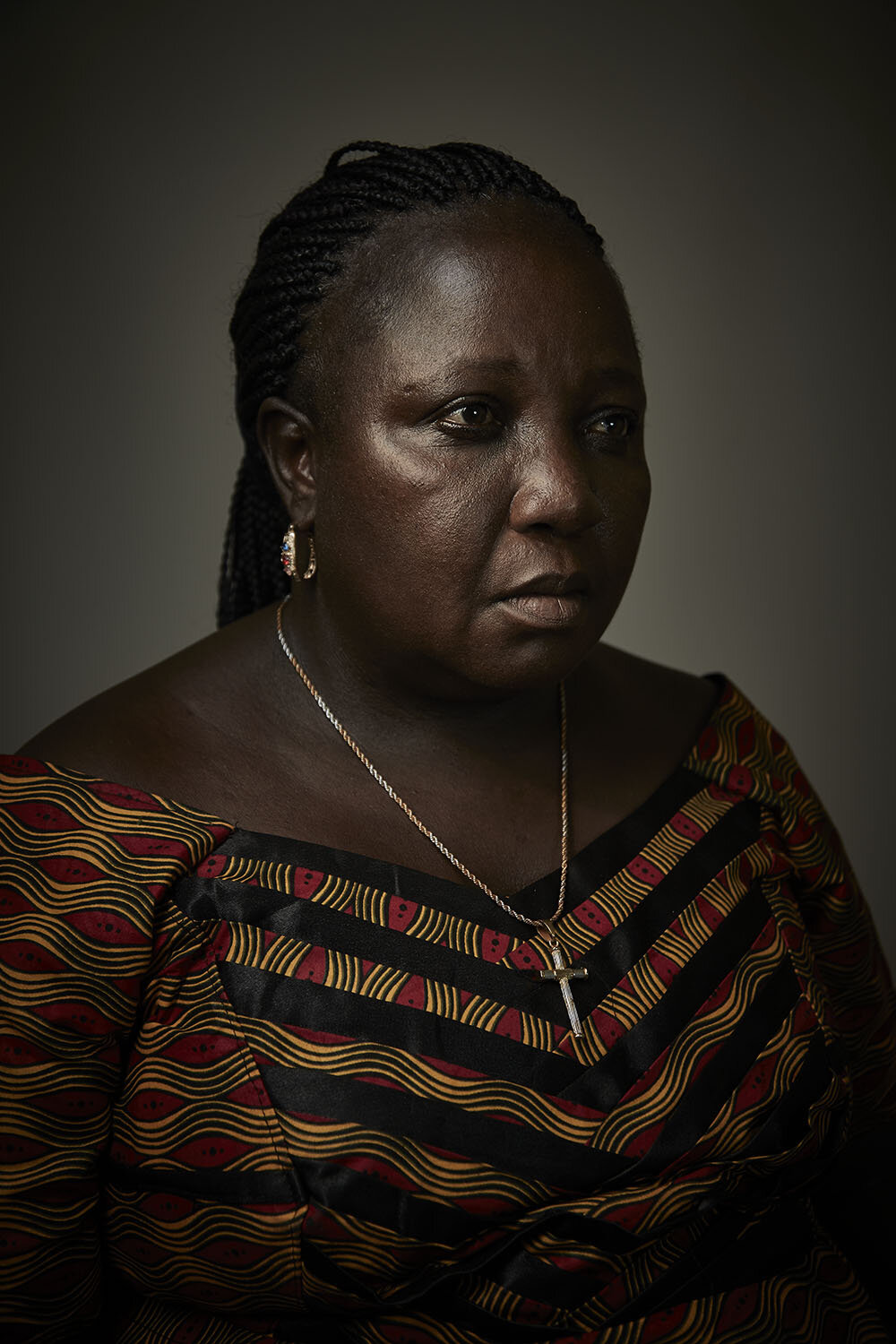

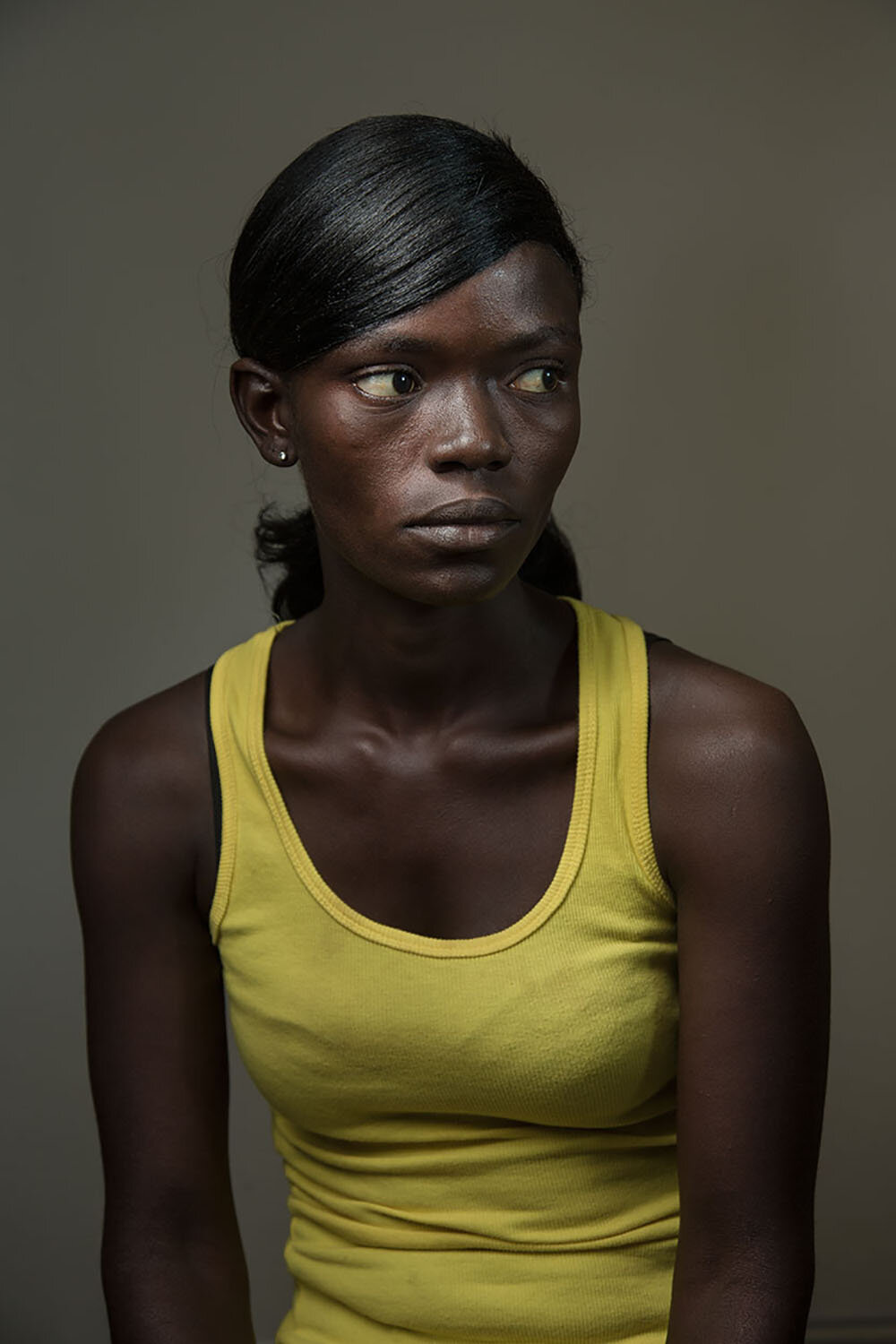
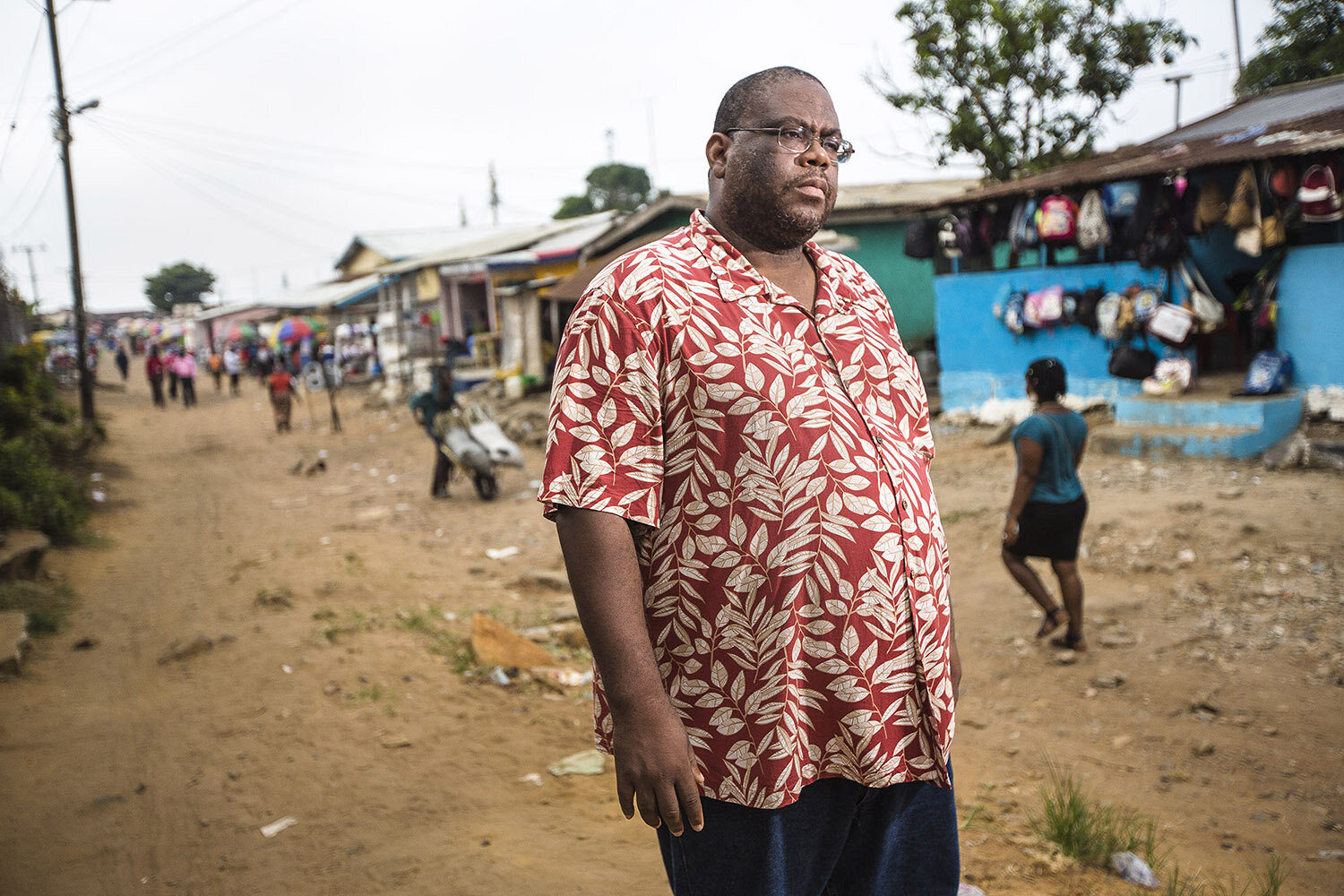
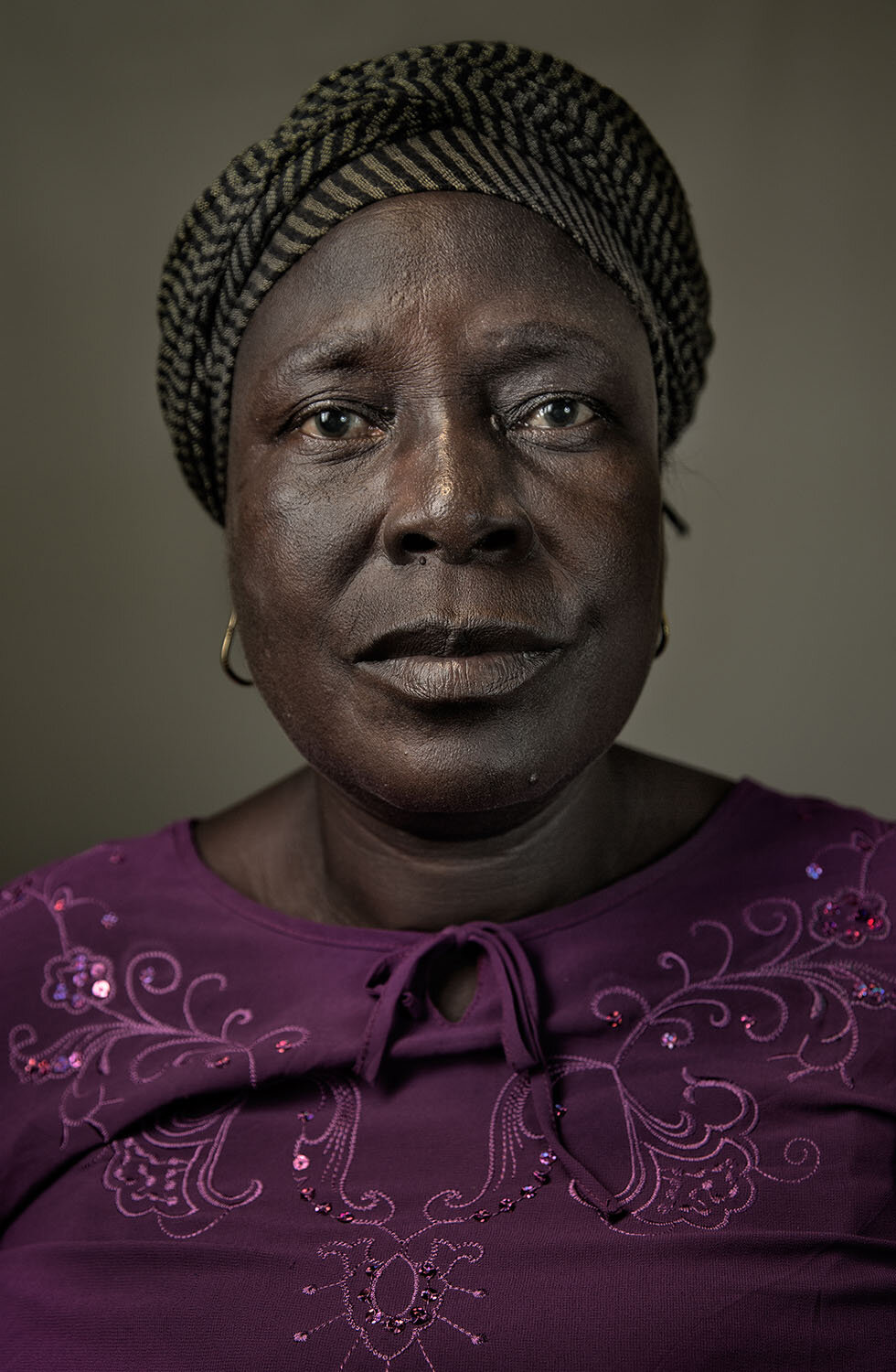
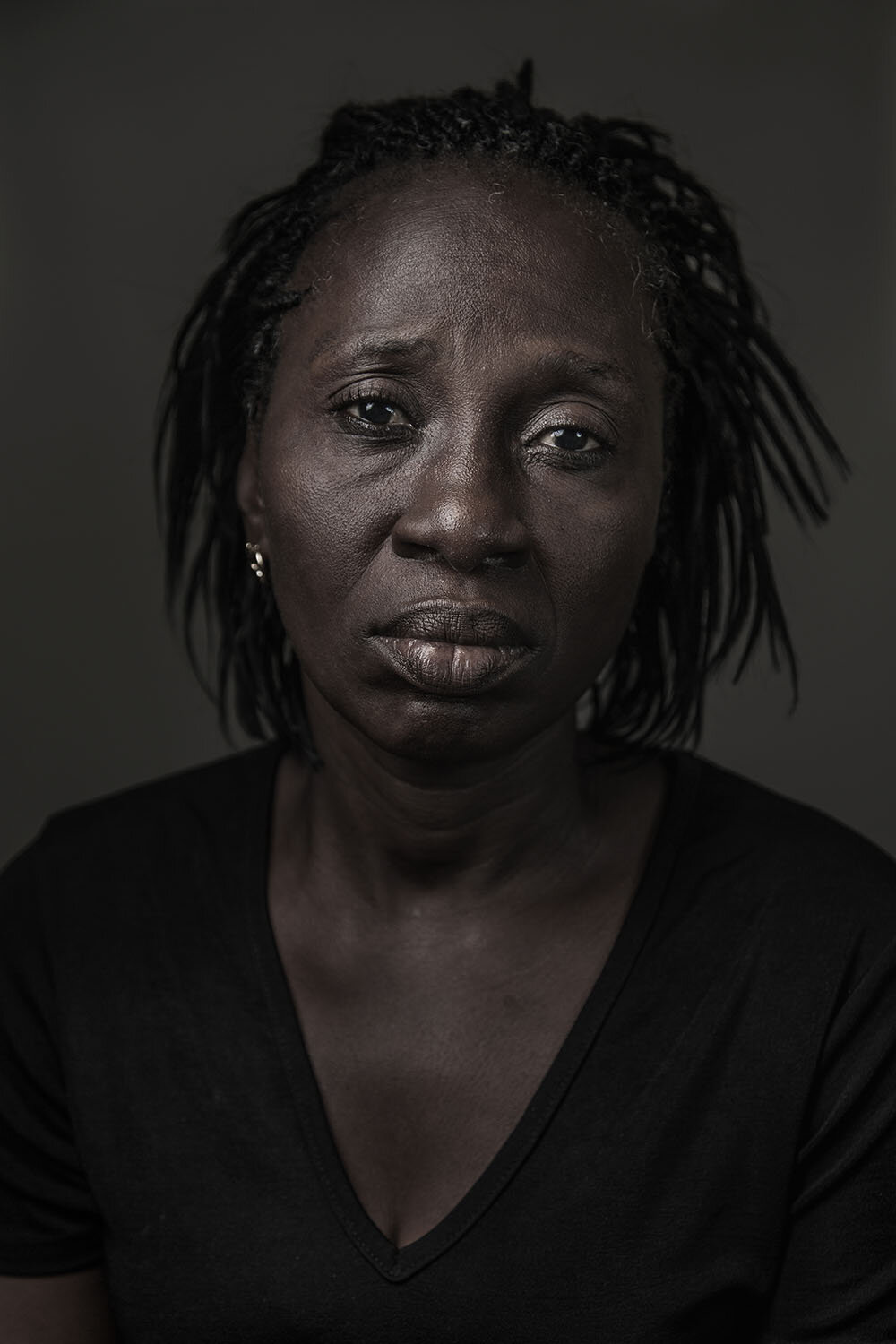
SPD: How do you work with long distance clients like WIRED UK? How do you make sure that you capture the essence of their assignment?
LS: With WIRED UK I became their go to photographer for challenging human interest stories. I am not afraid of thinking on my feet, and coming up with ways to tell the story, and pushing to get this done. Having said that, I did try to do my research beforehand and come up with a visual strategy and plan before hitting the ground. It’s really important to have a strategy and to keep pushing even though the circumstances don’t always cooperate.
SPD: What inspired you to embark on personal projects, like shooting the Masai in Kenya last year?
LS: Bringing attention to how our connection to our origins and how they are under threat, has been a major theme in my personal work. I believe that we as artists have to give back and try to make a statement as to how we can improve the world we live in. When I was shooting in the Masai Mara in Kenya for a story for WIRED about the WWF and how they were employing technologies to combat the poaching of animals, I realized that most of the world was worried about the animals, elephants, and rhinos but not the threat to Indigenous tribes that were facing the same issues that threaten their existence with loss of habitat to urbanization. I decided at that point I would come back and show Masai warriors in the land they once roamed freely that was now urban.
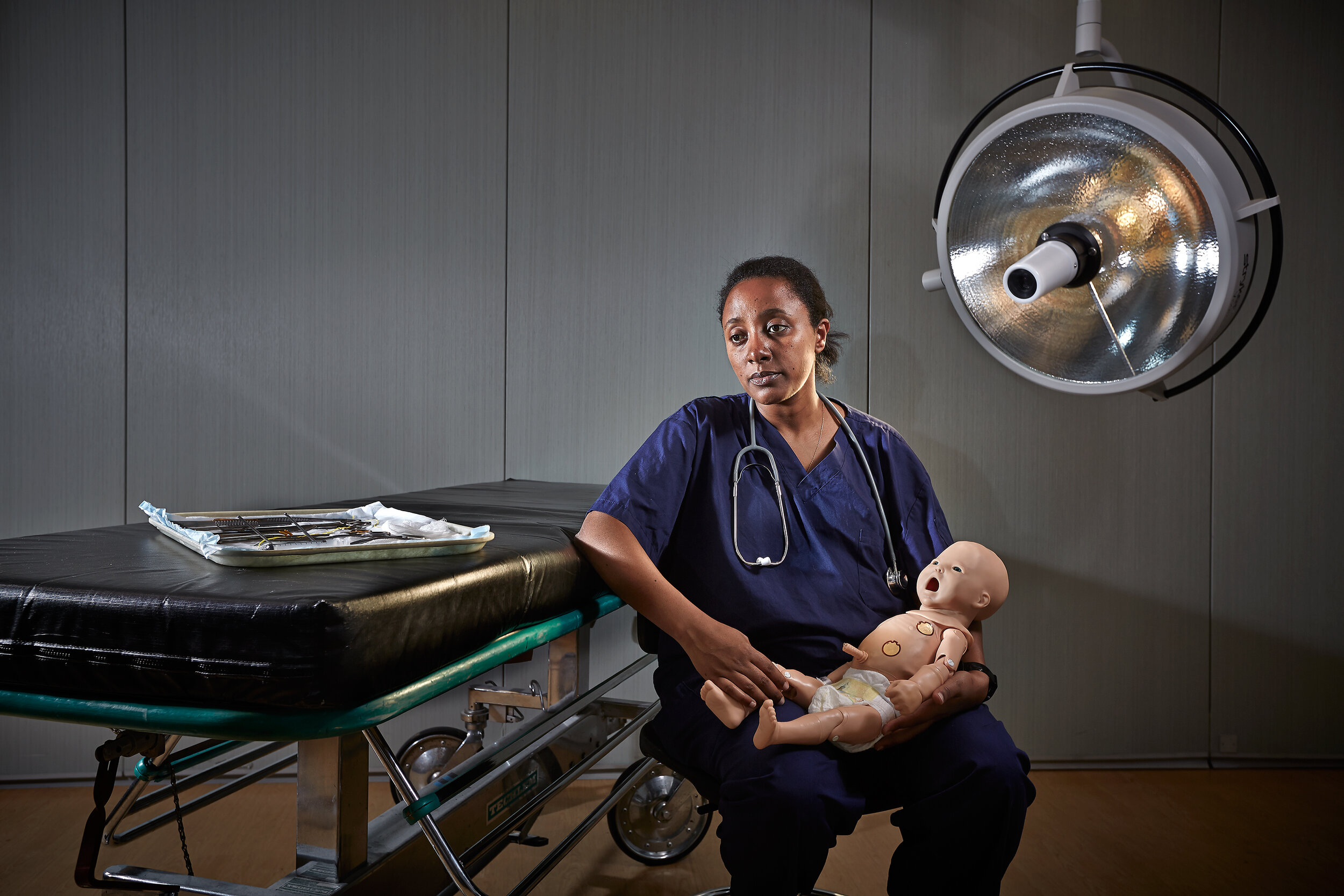
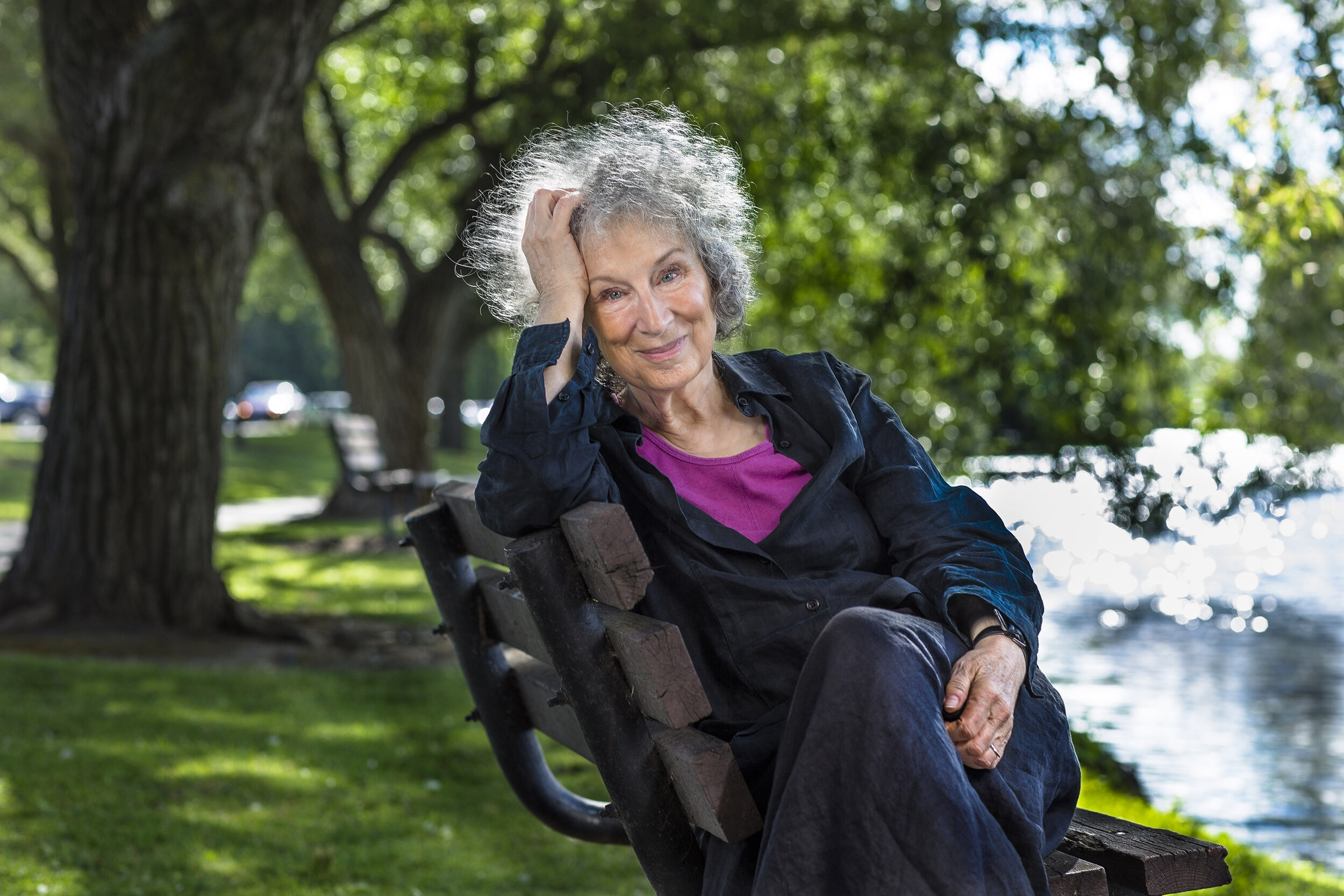
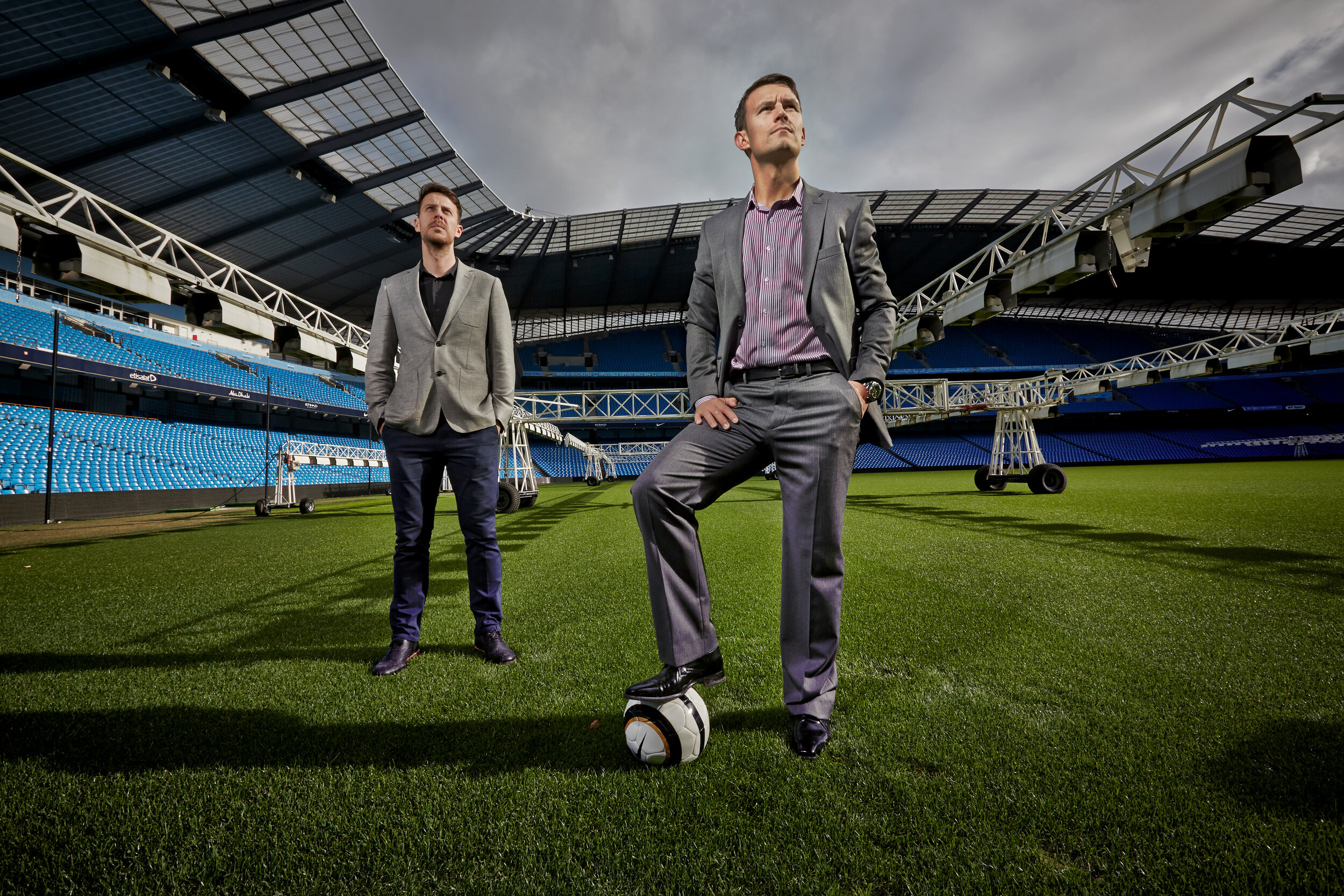
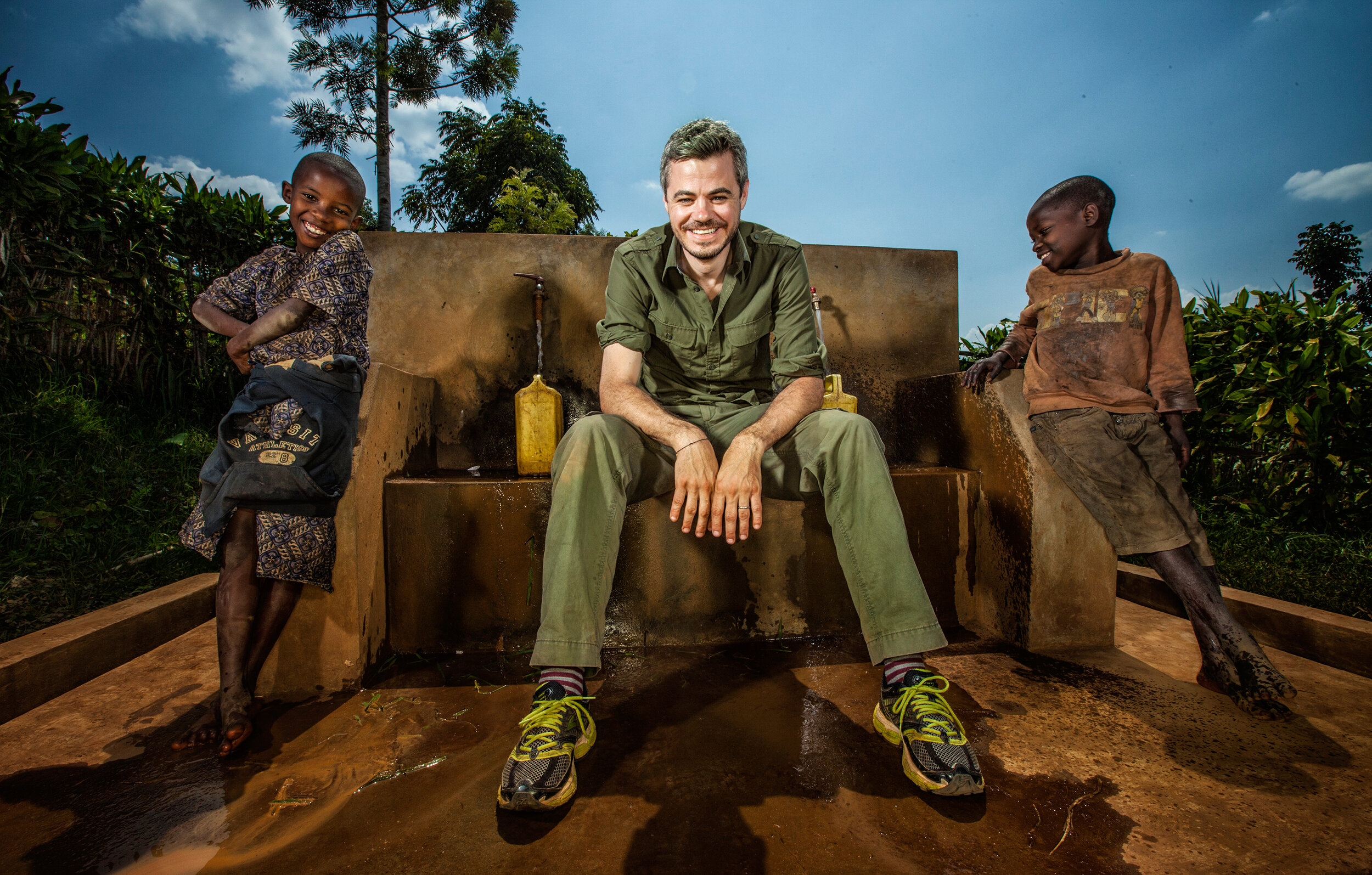
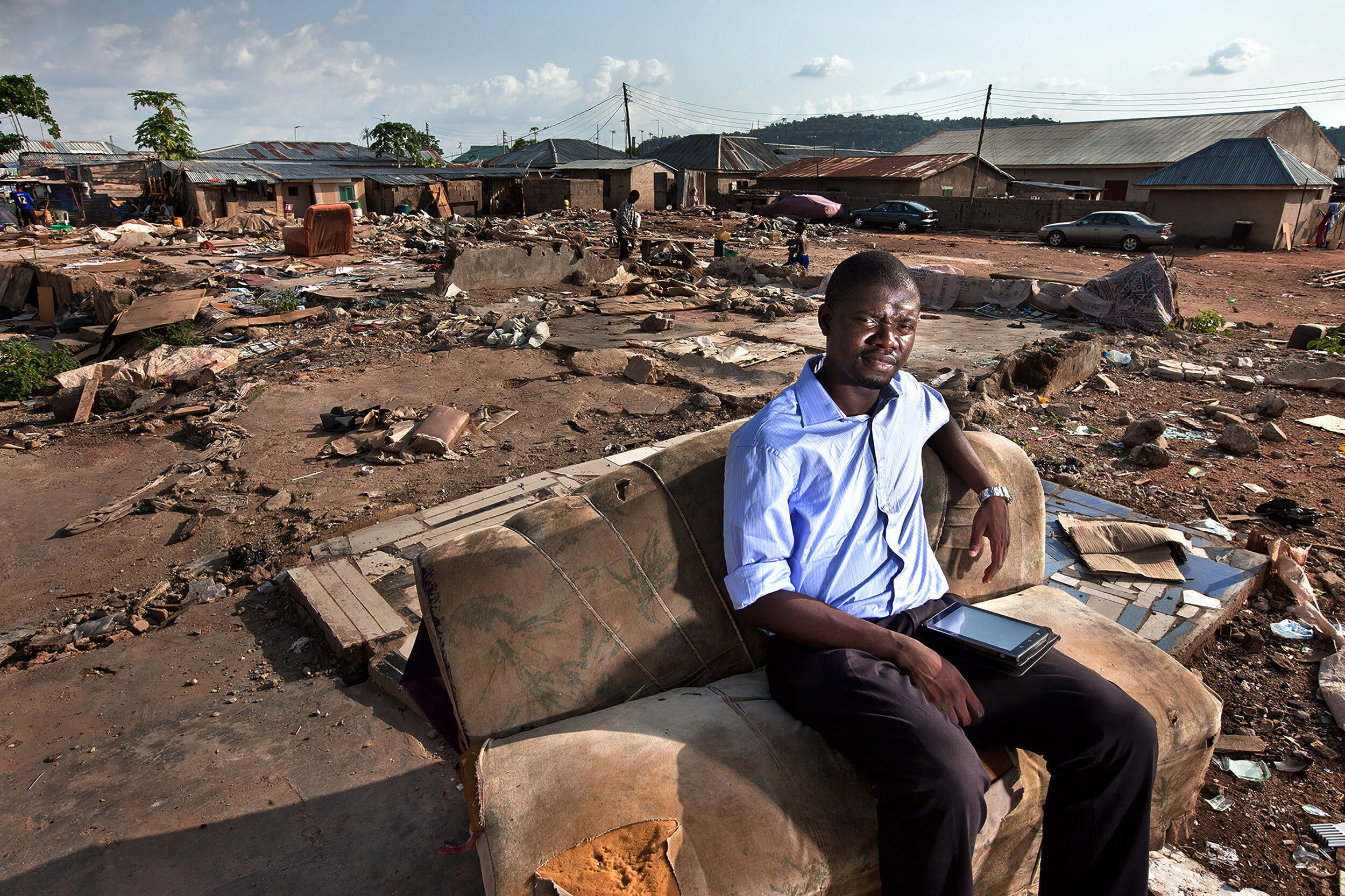
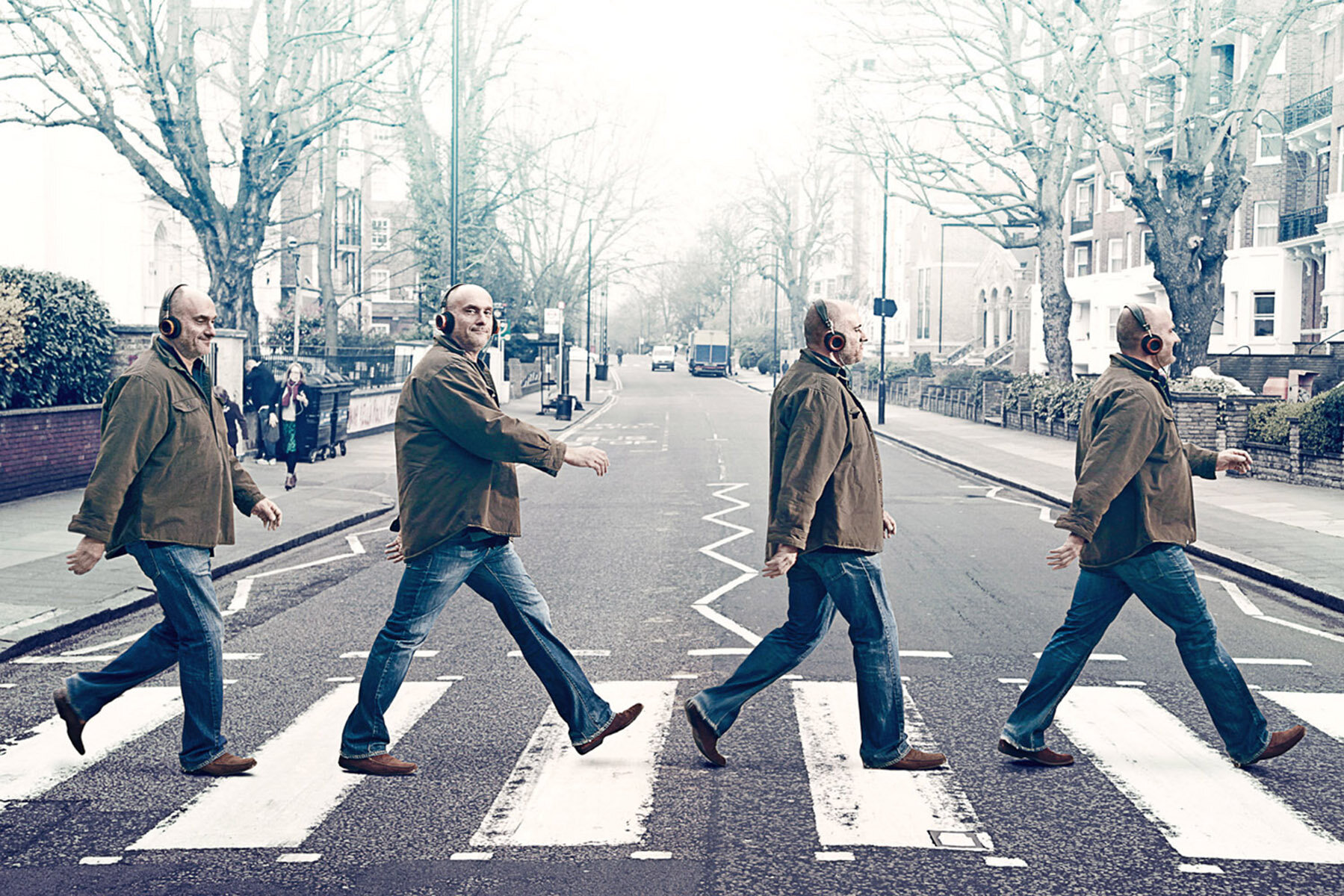

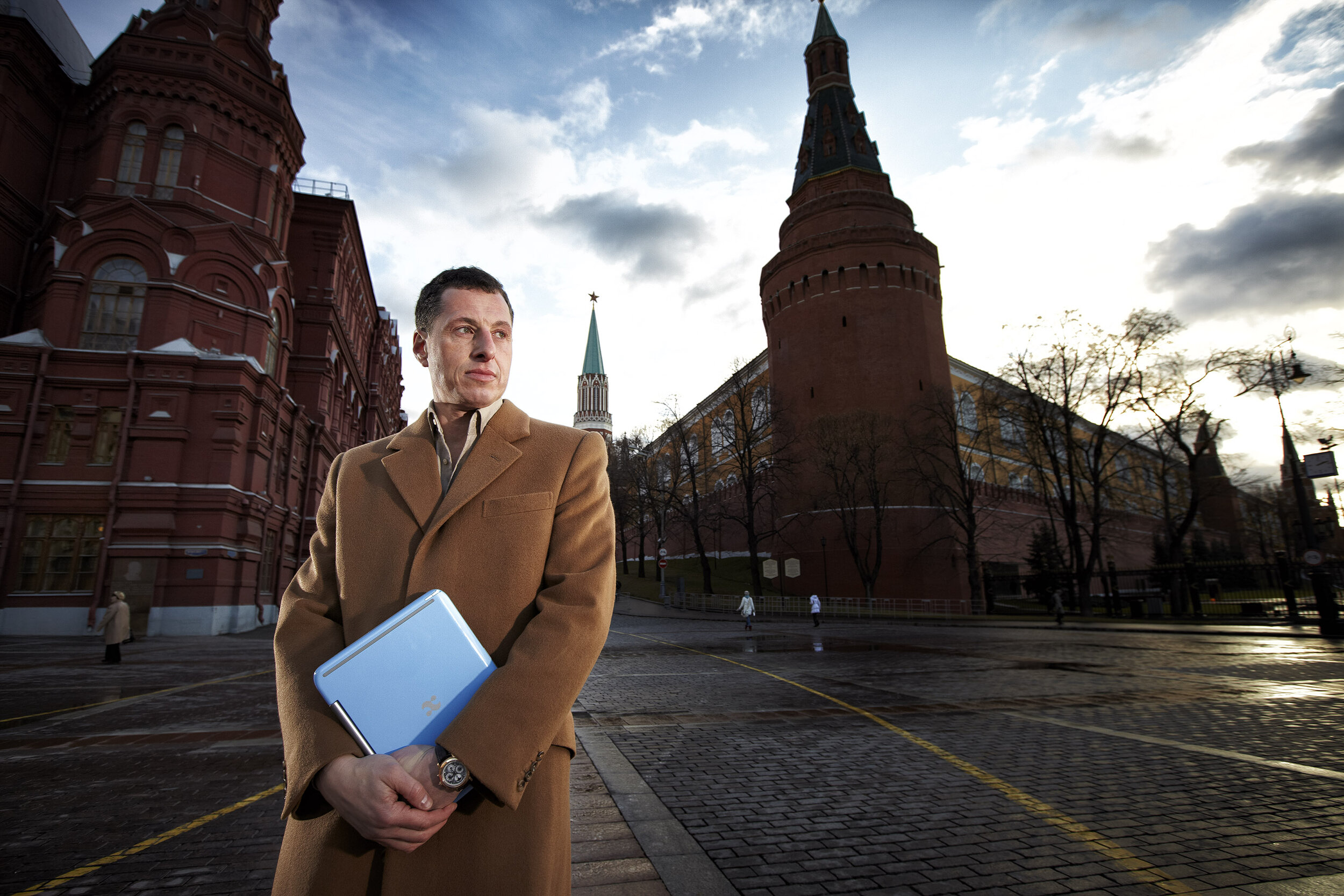
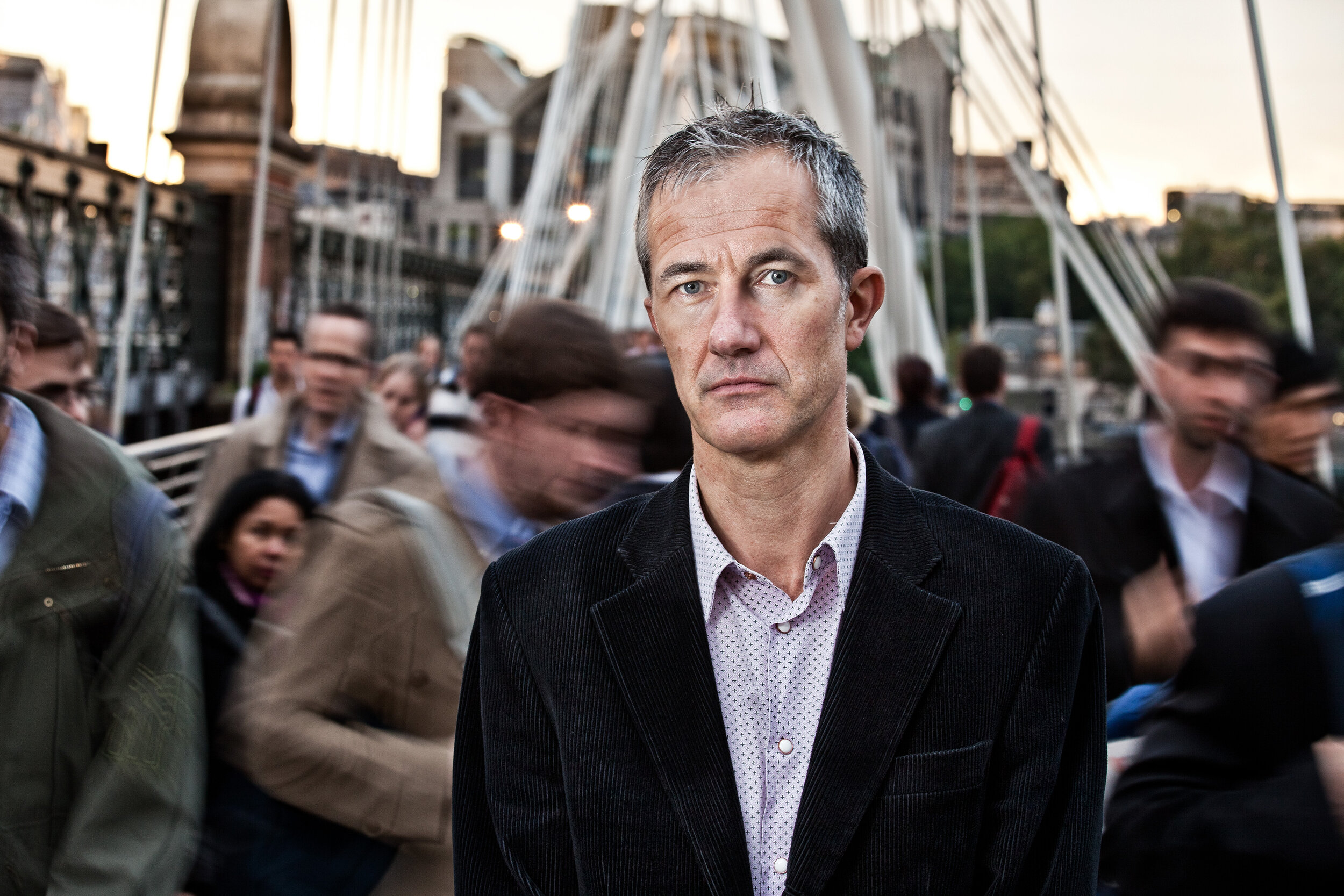

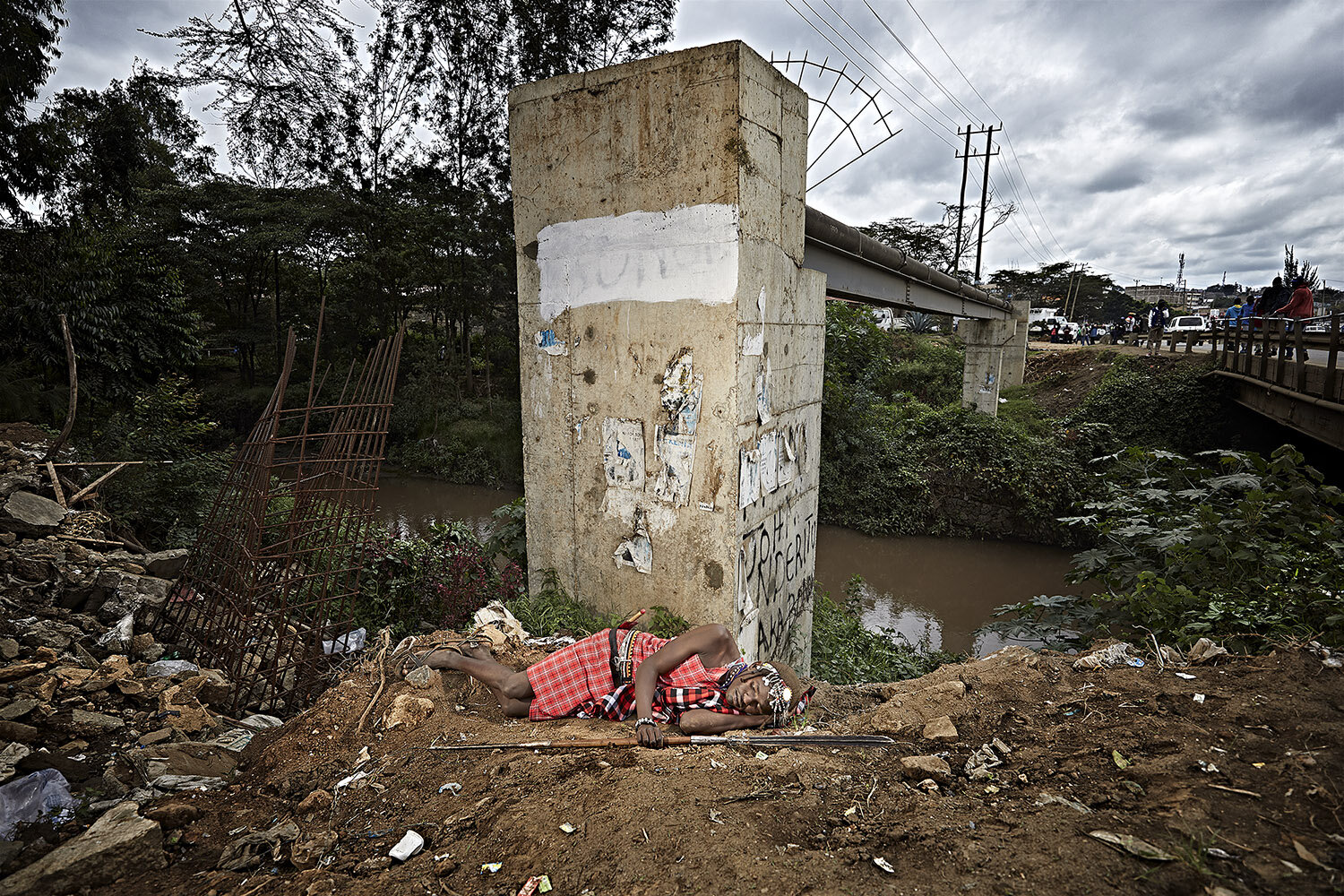
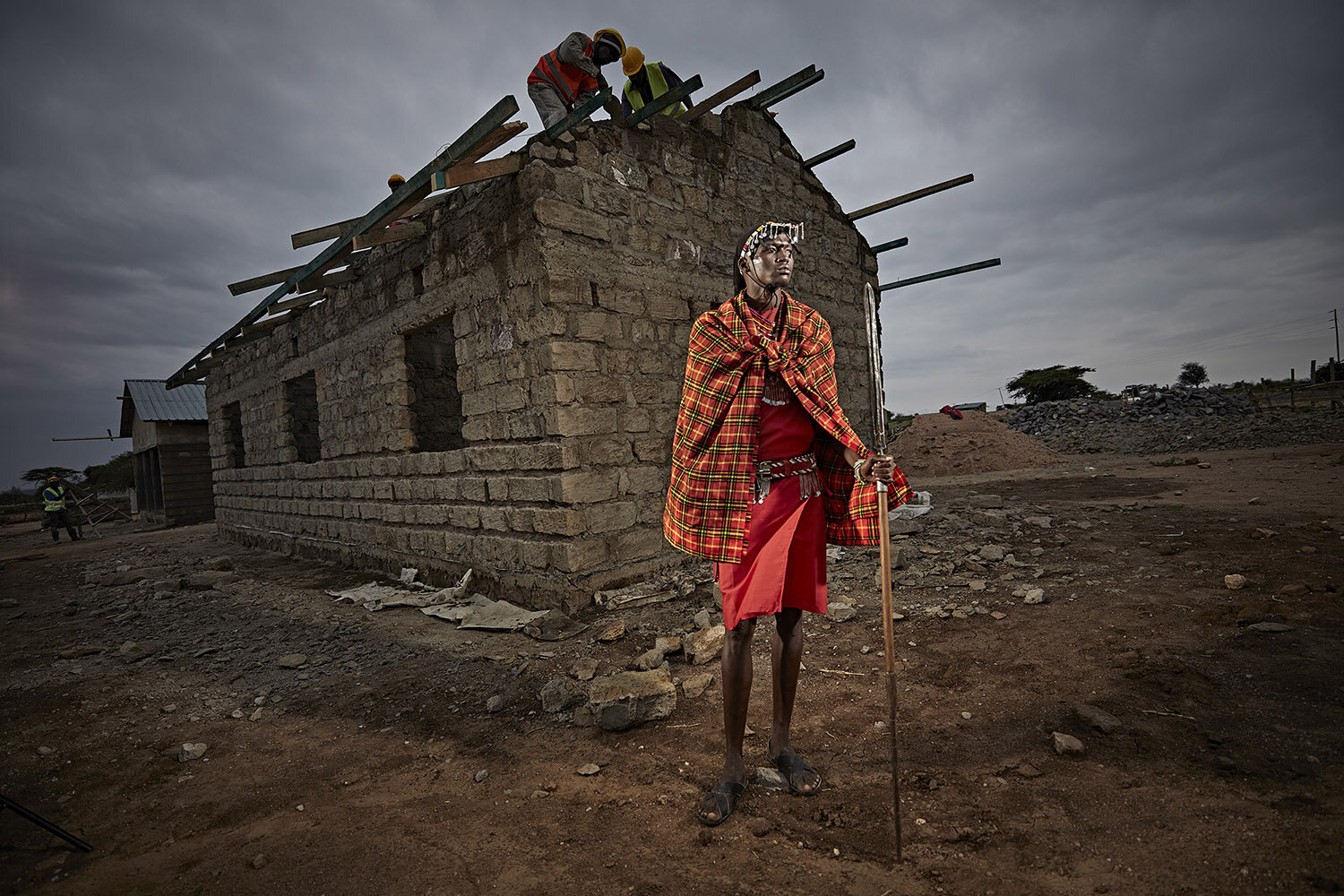
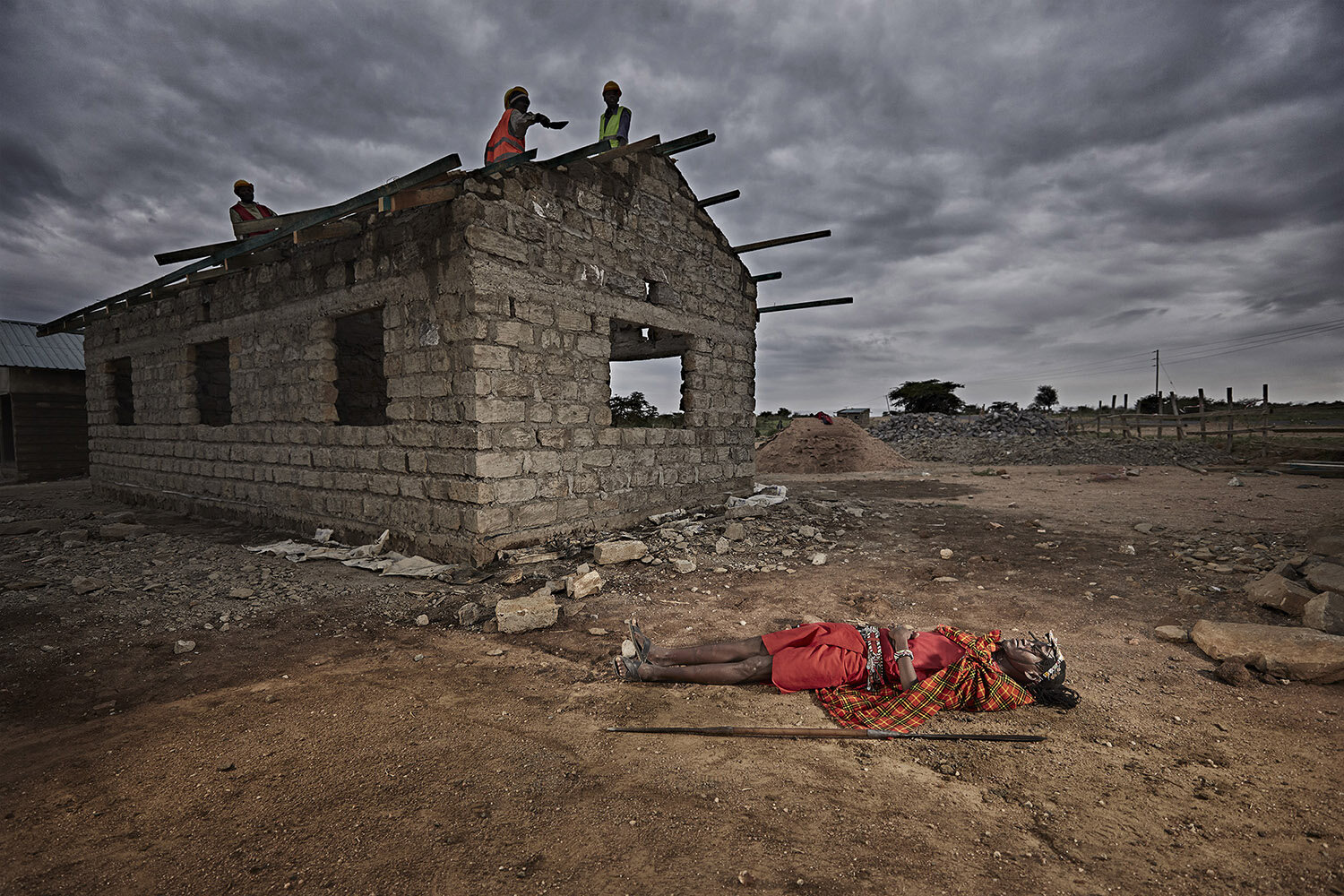
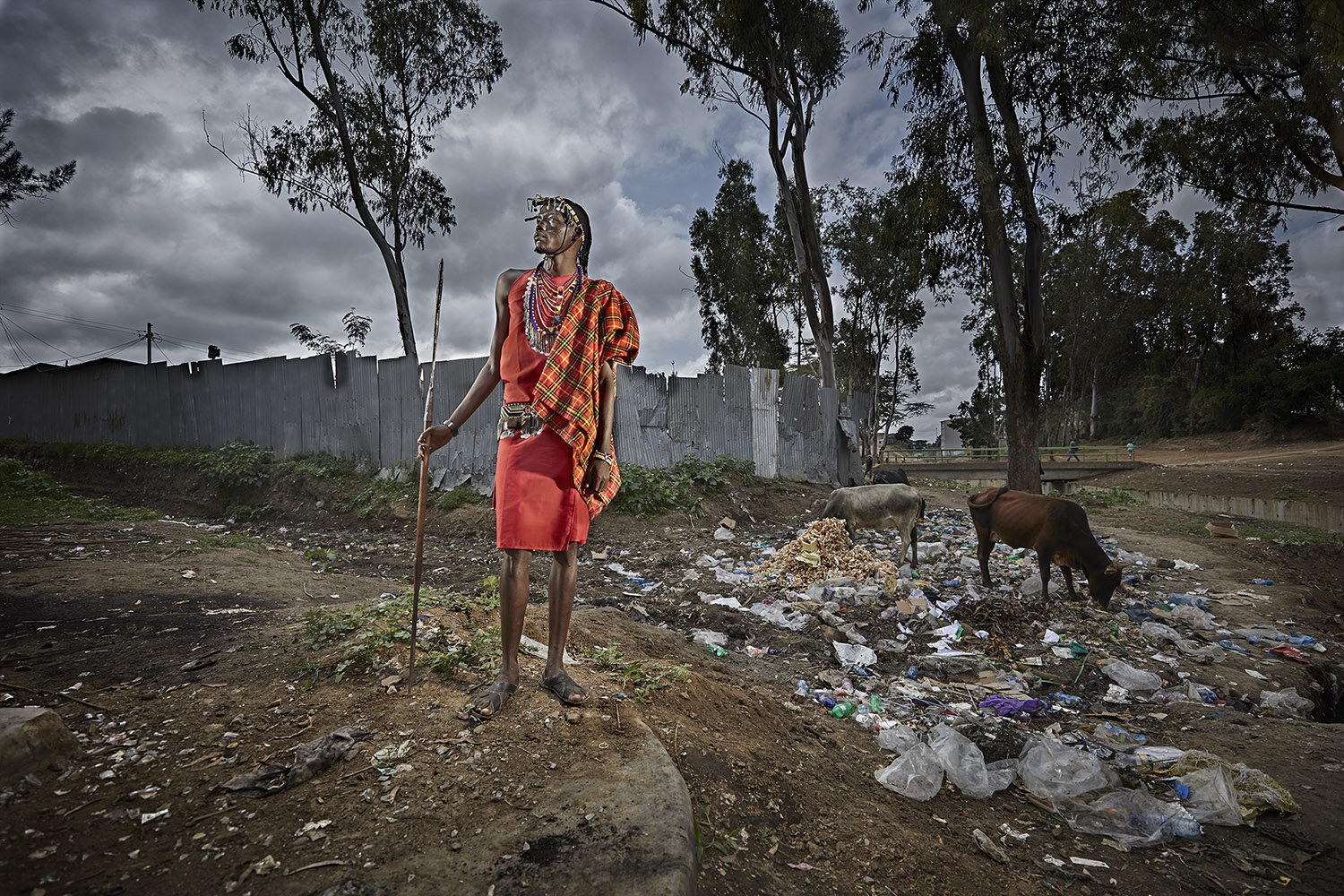
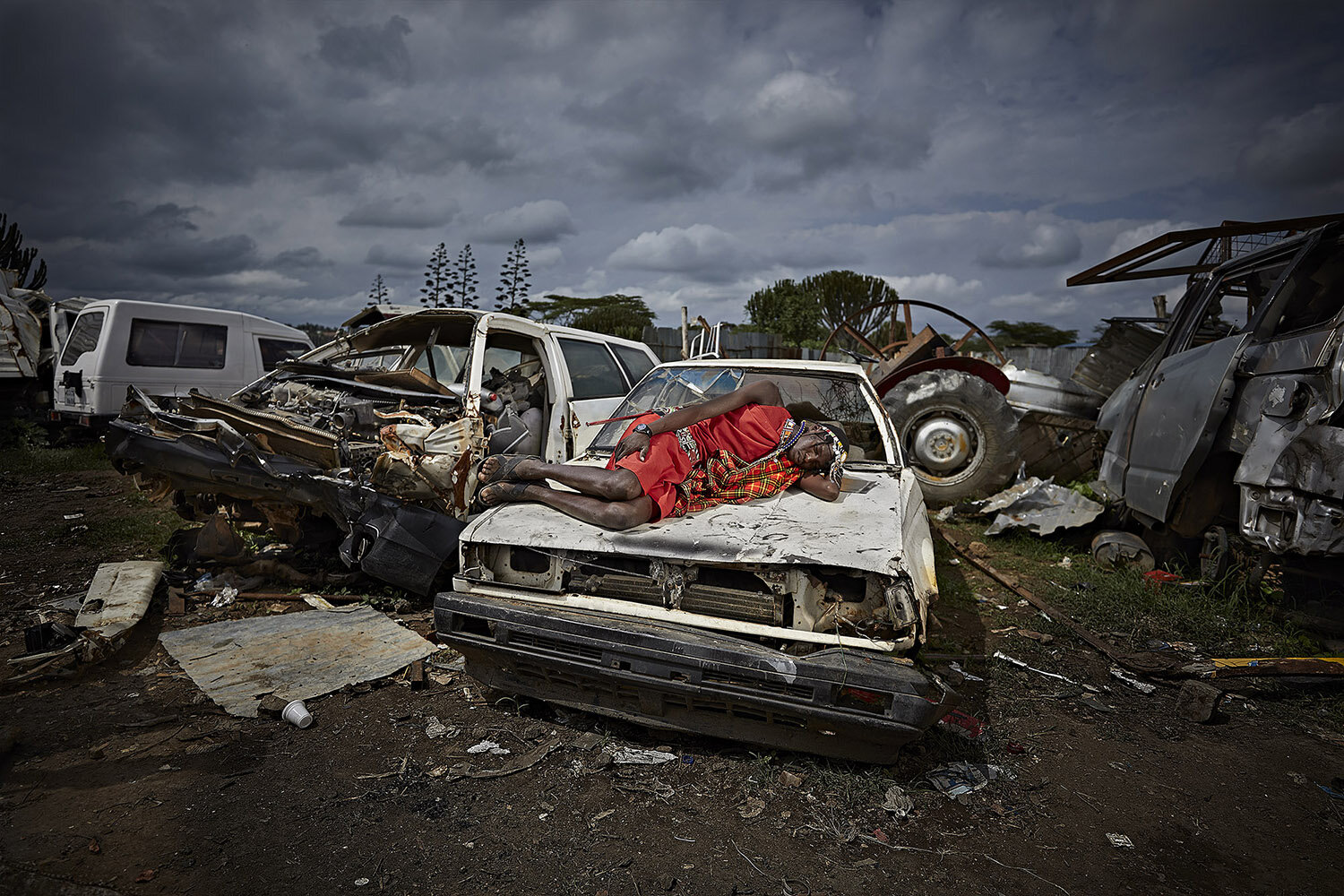
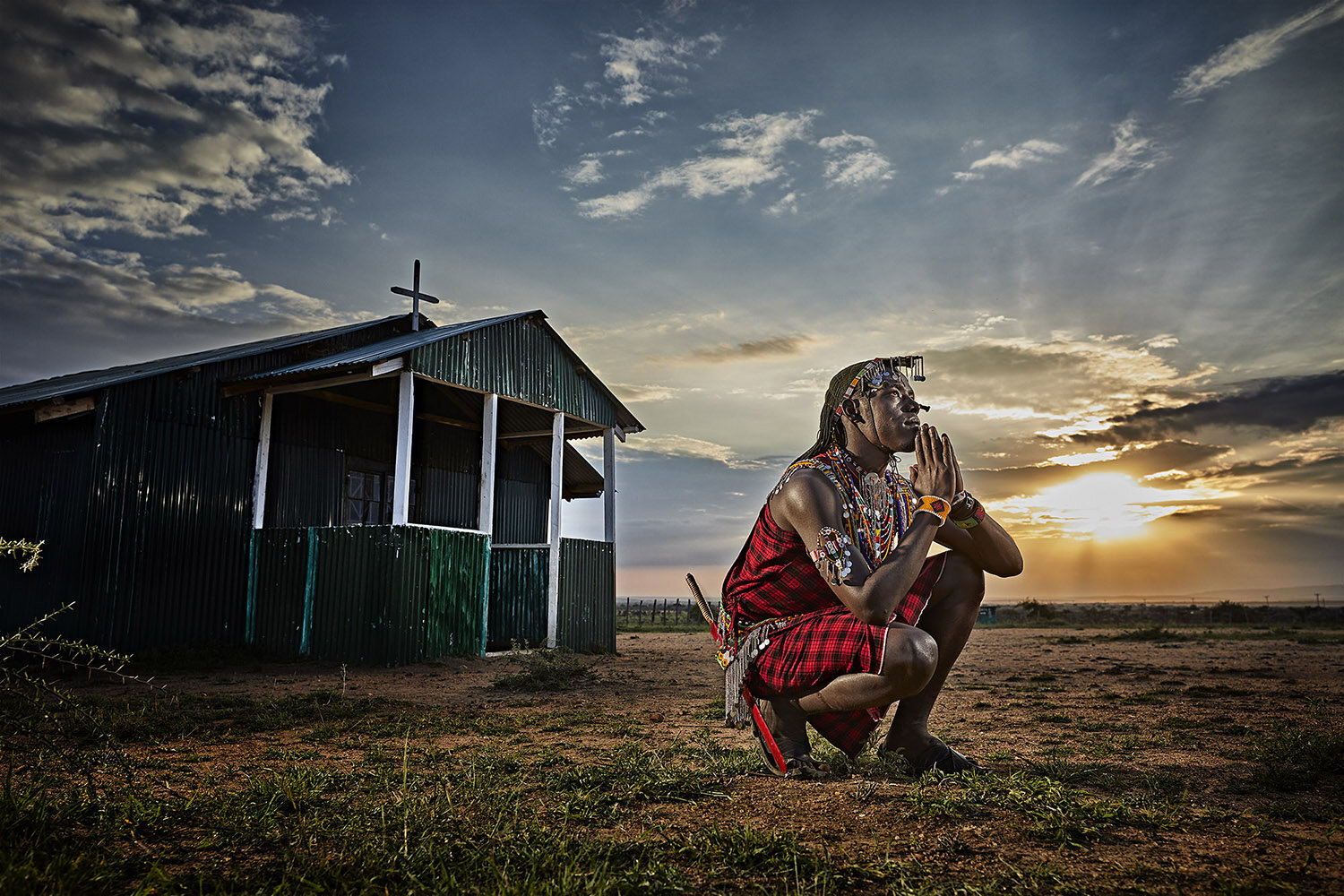
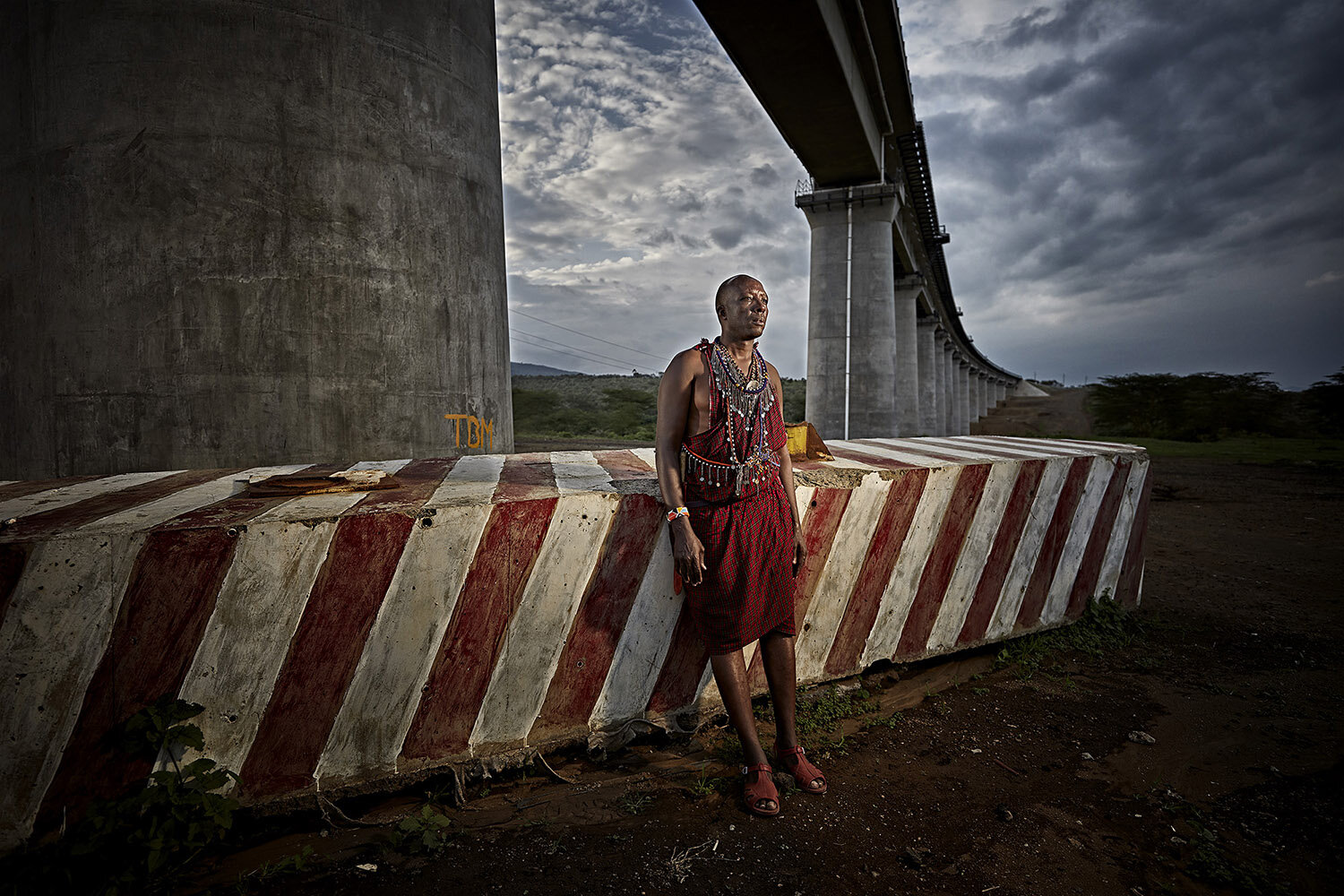
SPD: When working in a foreign country where you don’t speak the language, how do you communicate with your subjects and how do you get them to trust you?
LS: I always hire a local guide who is trusted by the community. In Masai Mara it was the Masai chief. Other times it has been a fixer, but in some cases, it might just be the cab driver that picked me up at the airport. For this reason, I usually don’t travel with an assistant, but would rather hire local help. They can hold the lights and also alert me to to potential dangers.
SPD: How do you prepare for international shoots? How much equipment do you bring?
LS: I prepare for international shoots by getting in touch with people on the ground. Setting up as much of the shoot as possible and coming up with a plan. I communicate the plan with my photo editor before I go because photo editors are hard to reach once you are there. I usually hire a local fixer/driver. I always struggle with what equipment I take just because lighting is so important to how I approach an assignment, so it is a balance to bring enough to do what I want to do, without getting flagged at customs, and weighed down.
SPD: How do you keep reinventing yourself?
LS: I go to many art galleries wherever I am. I love going to galleries in other parts of the world to see the local artist perspective, and how they interpret their world. I find focusing on ideas and issues helps me.
SPD: What's your favorite part about your job?
LS: Even though it is uncomfortable, the moment when you have to produce is really exciting to me. When you have a subject in front of you with limited time and you have to make a great picture, and I’m forced to let my instincts take over, and respond to the humanity of the subject. I always think that great photography never happens without the feeling of being pushed in the moment.
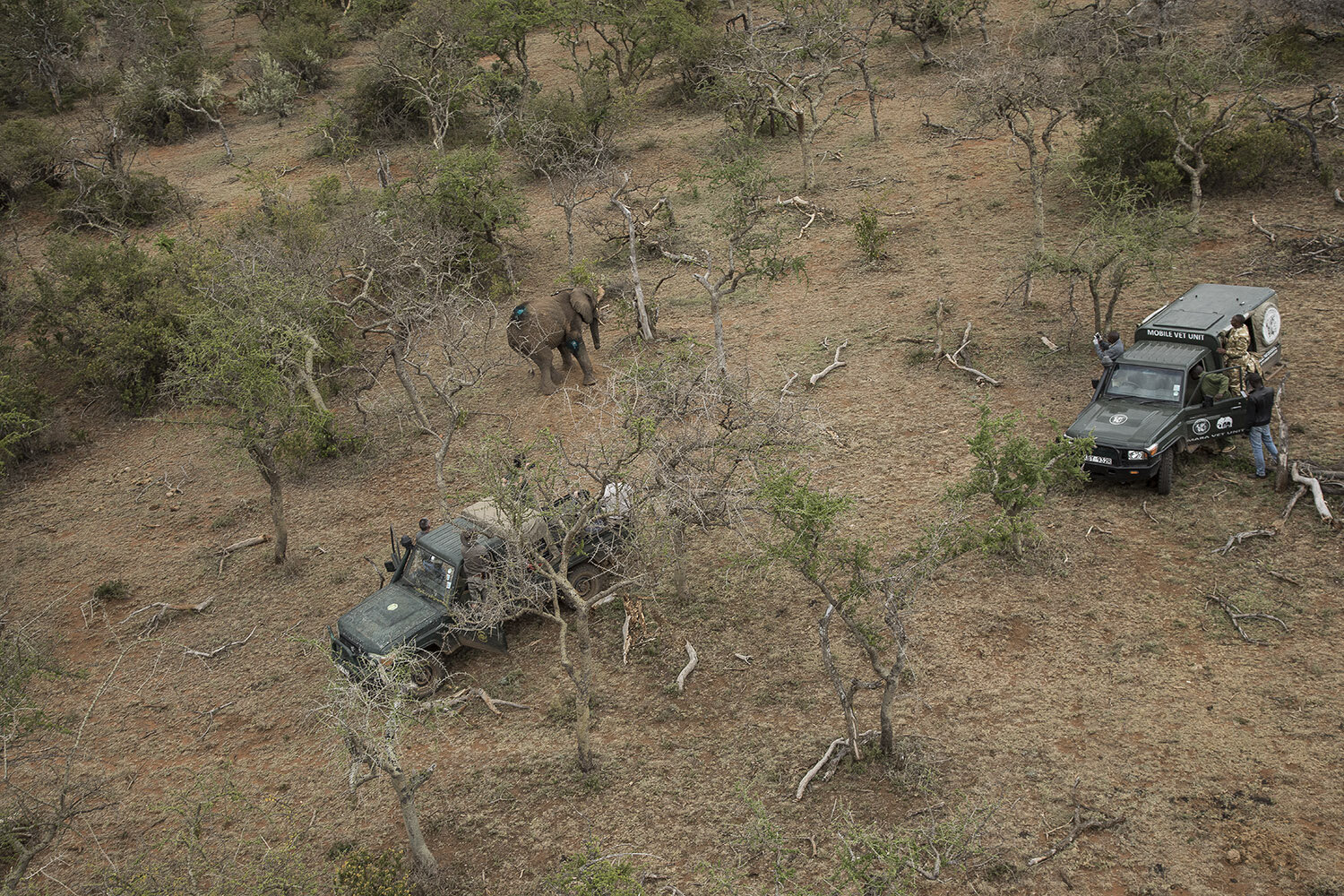
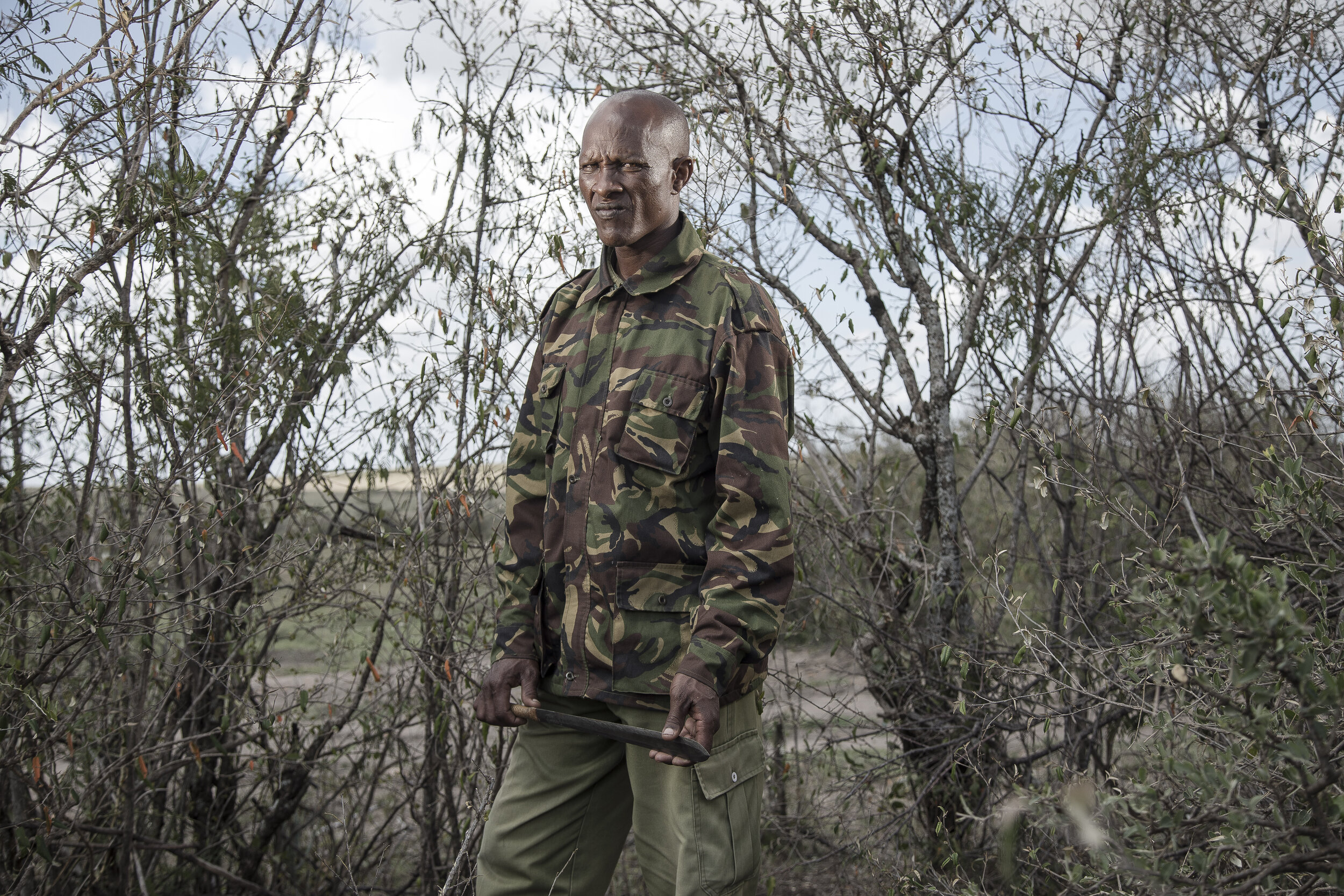

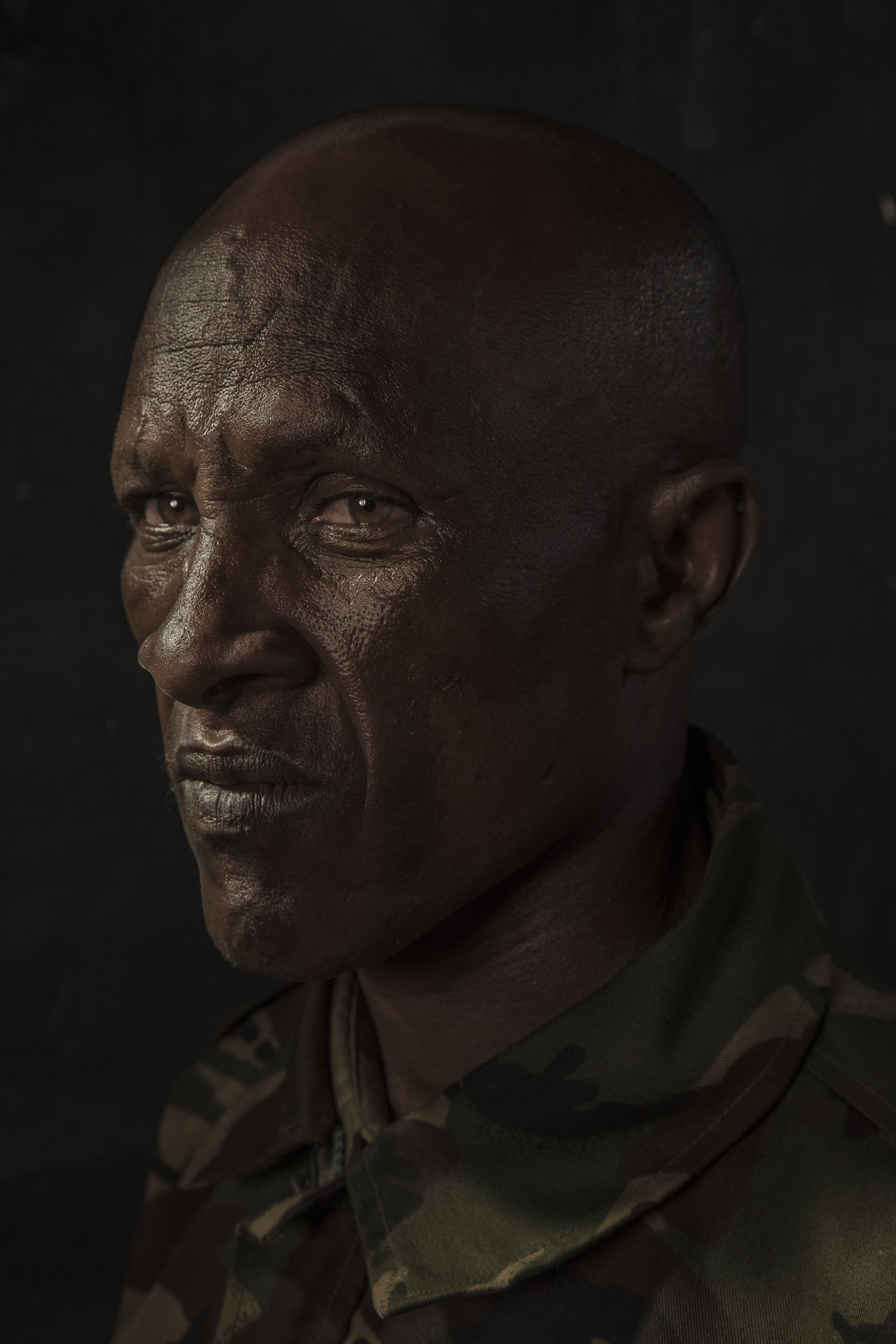
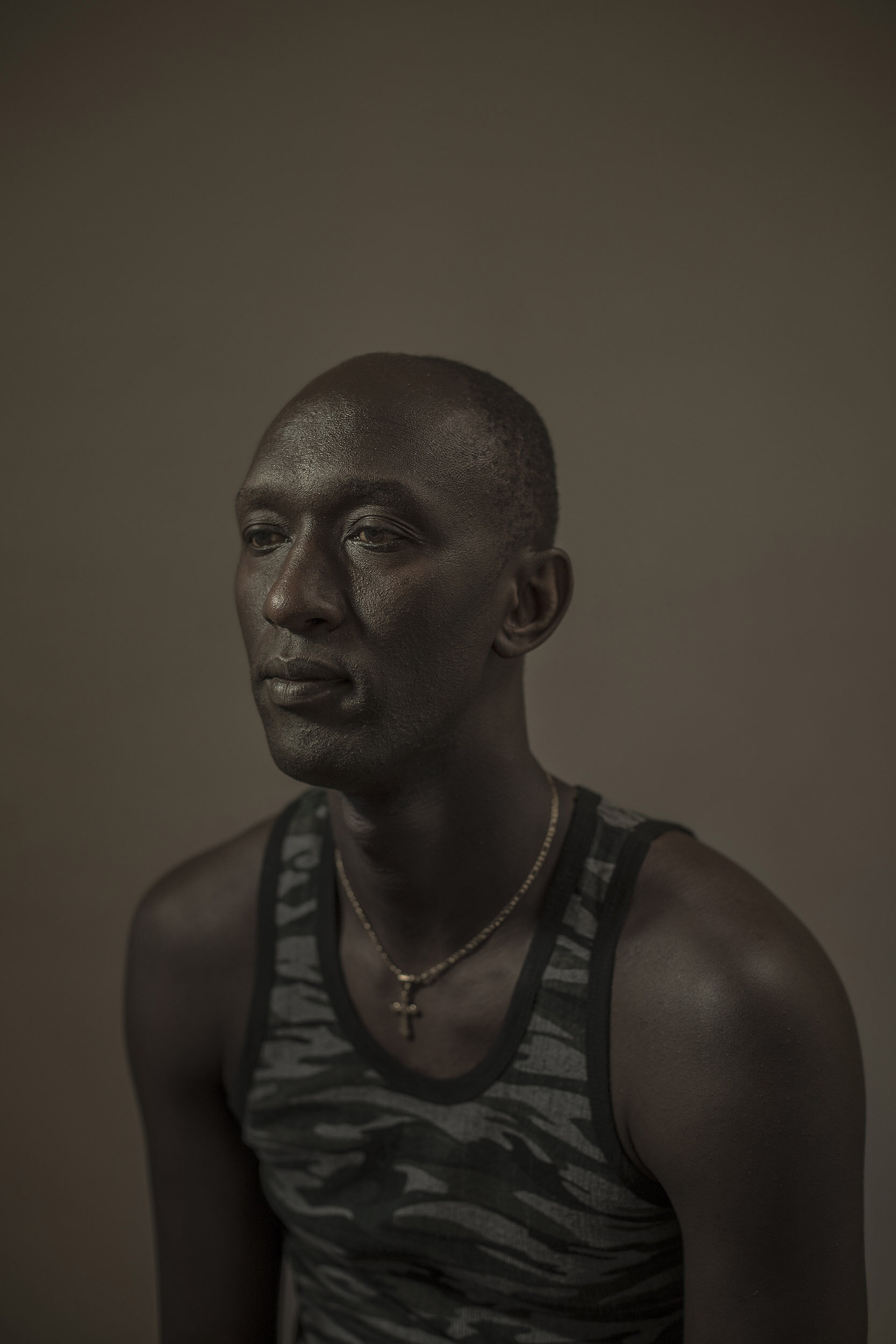


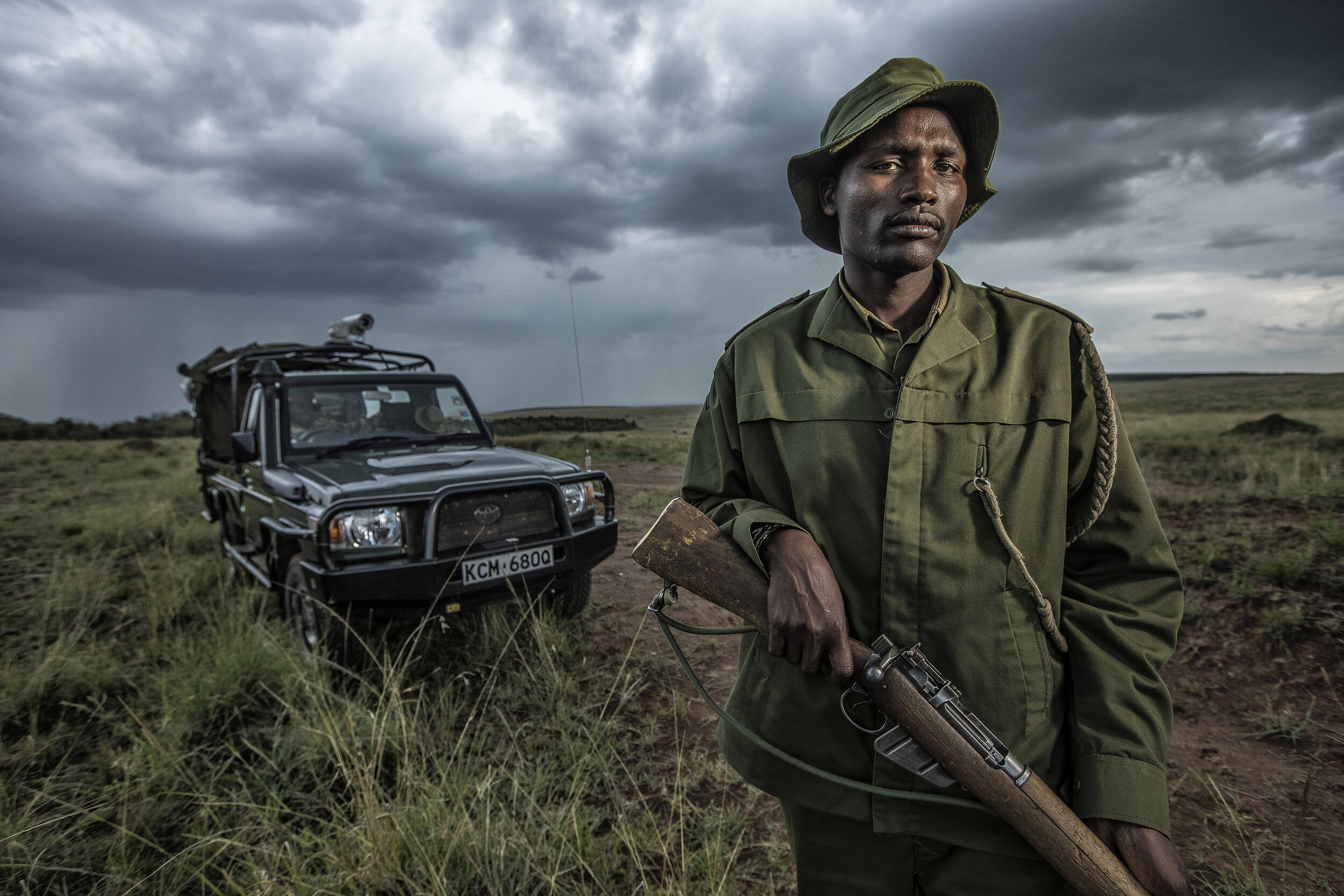
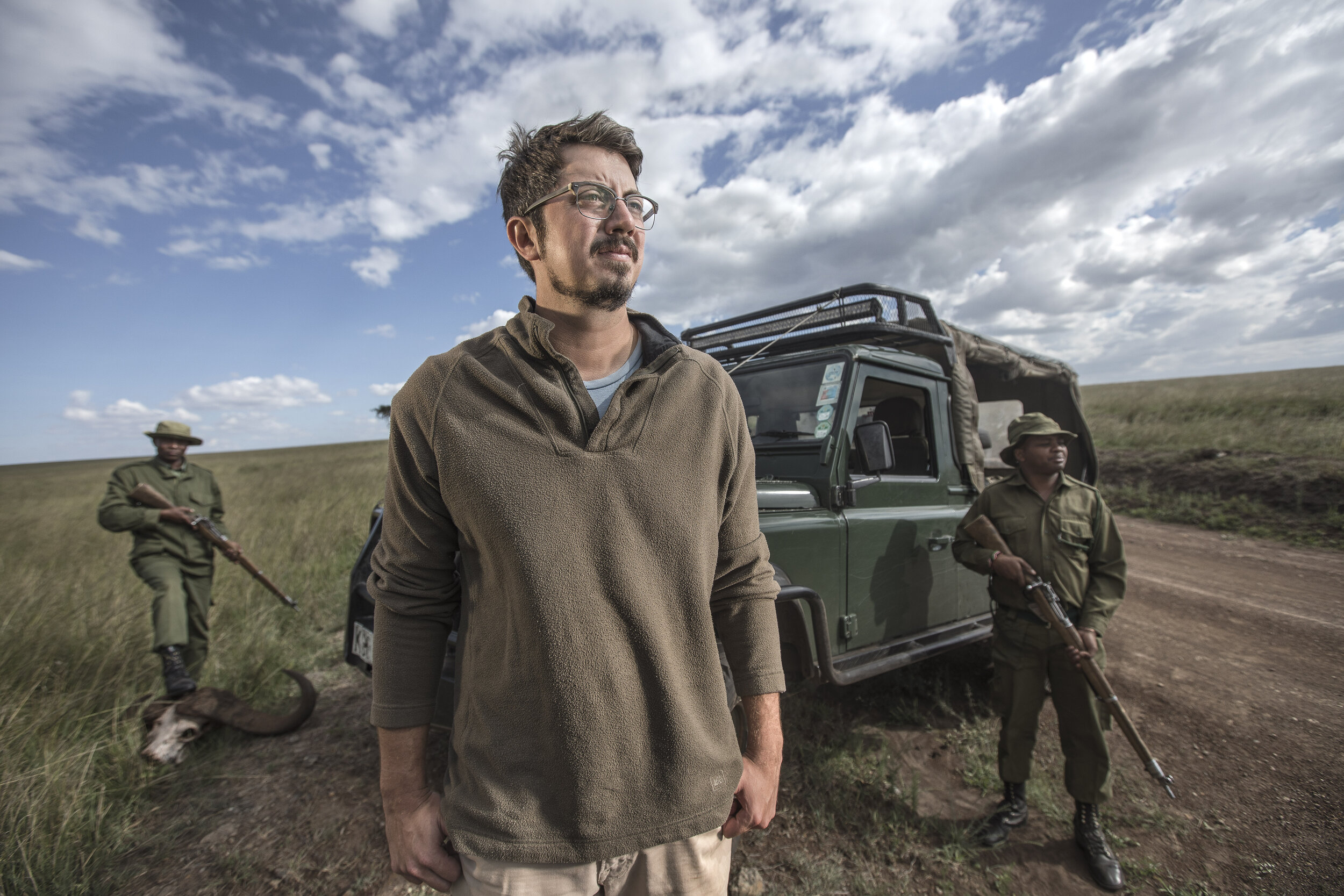

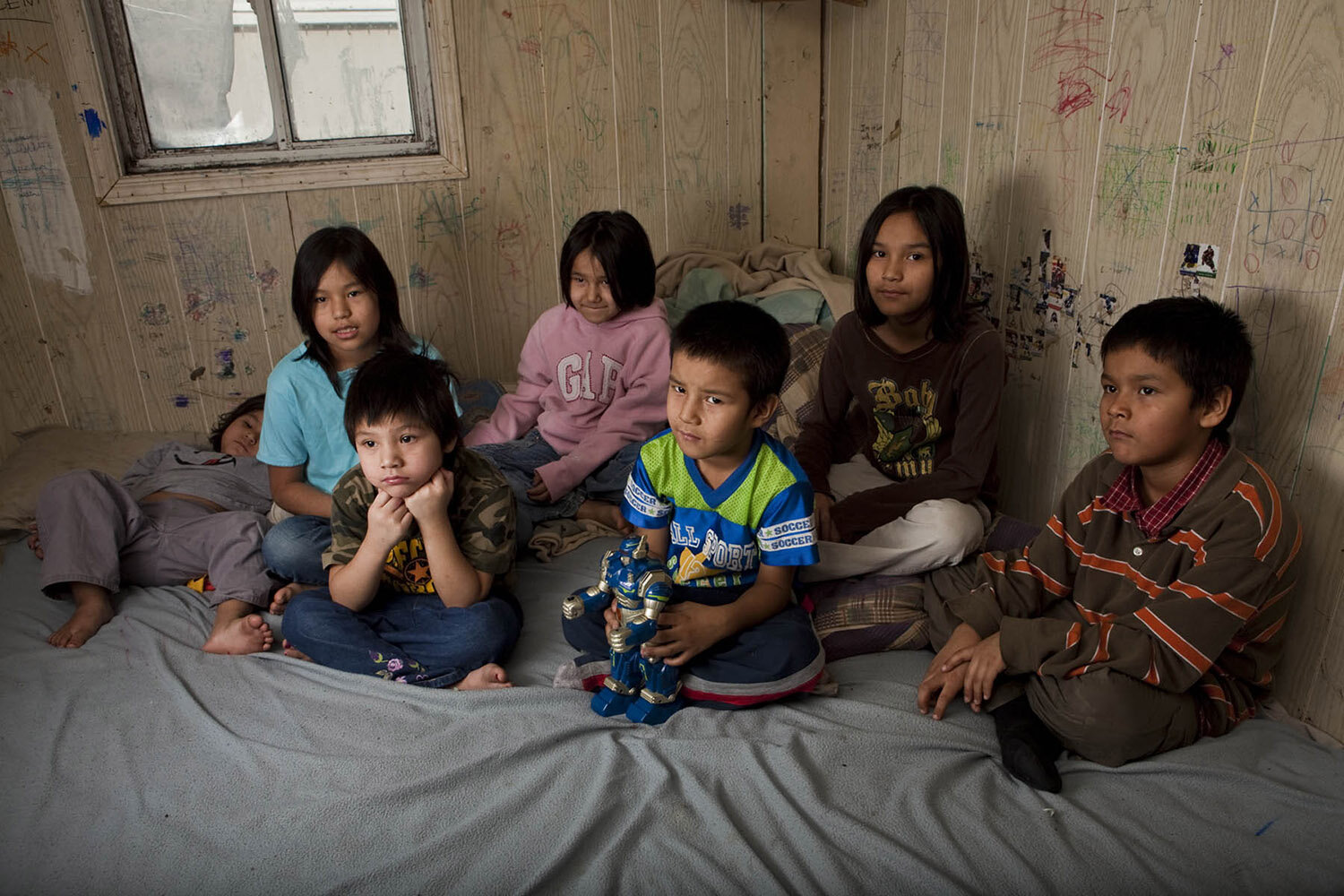
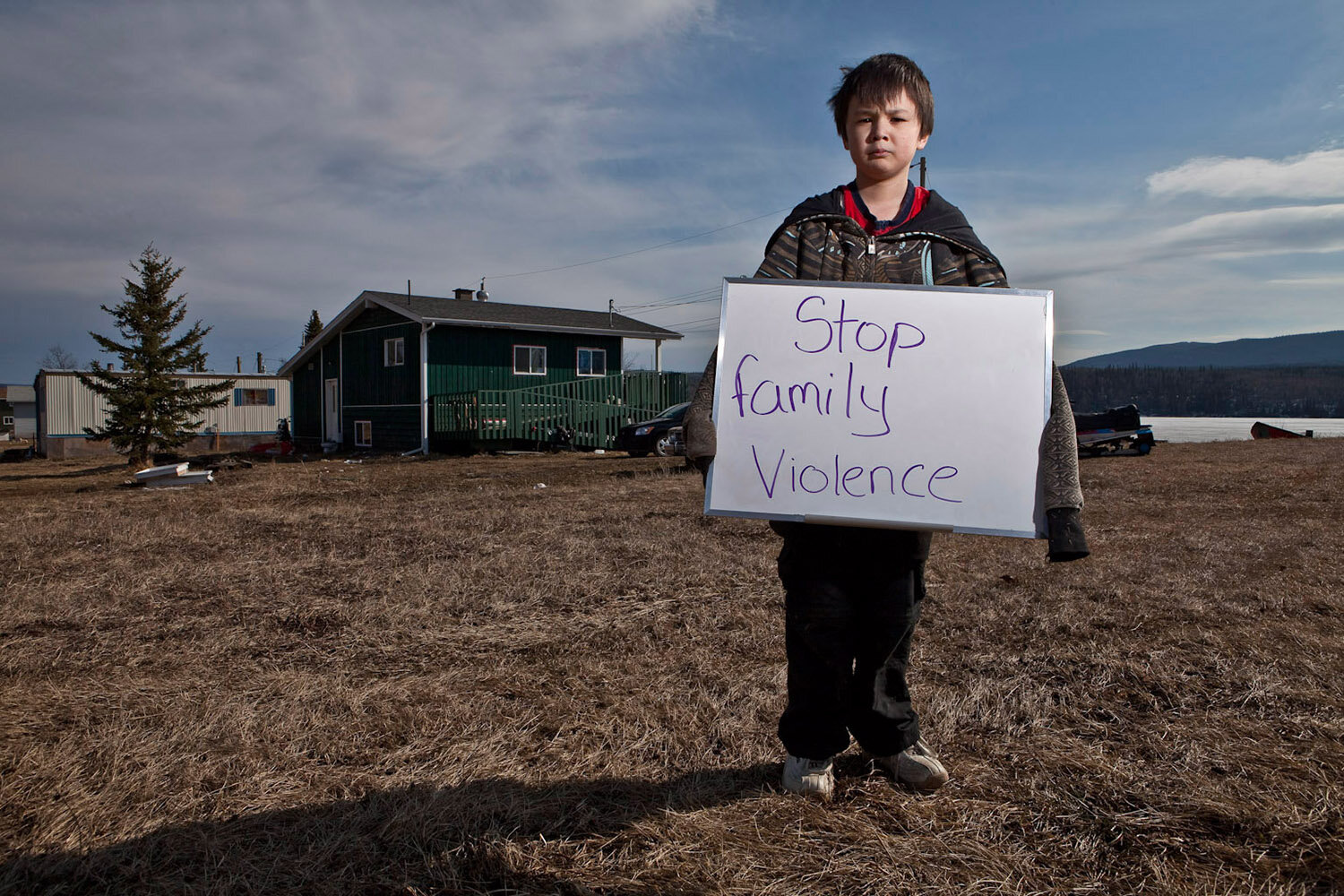
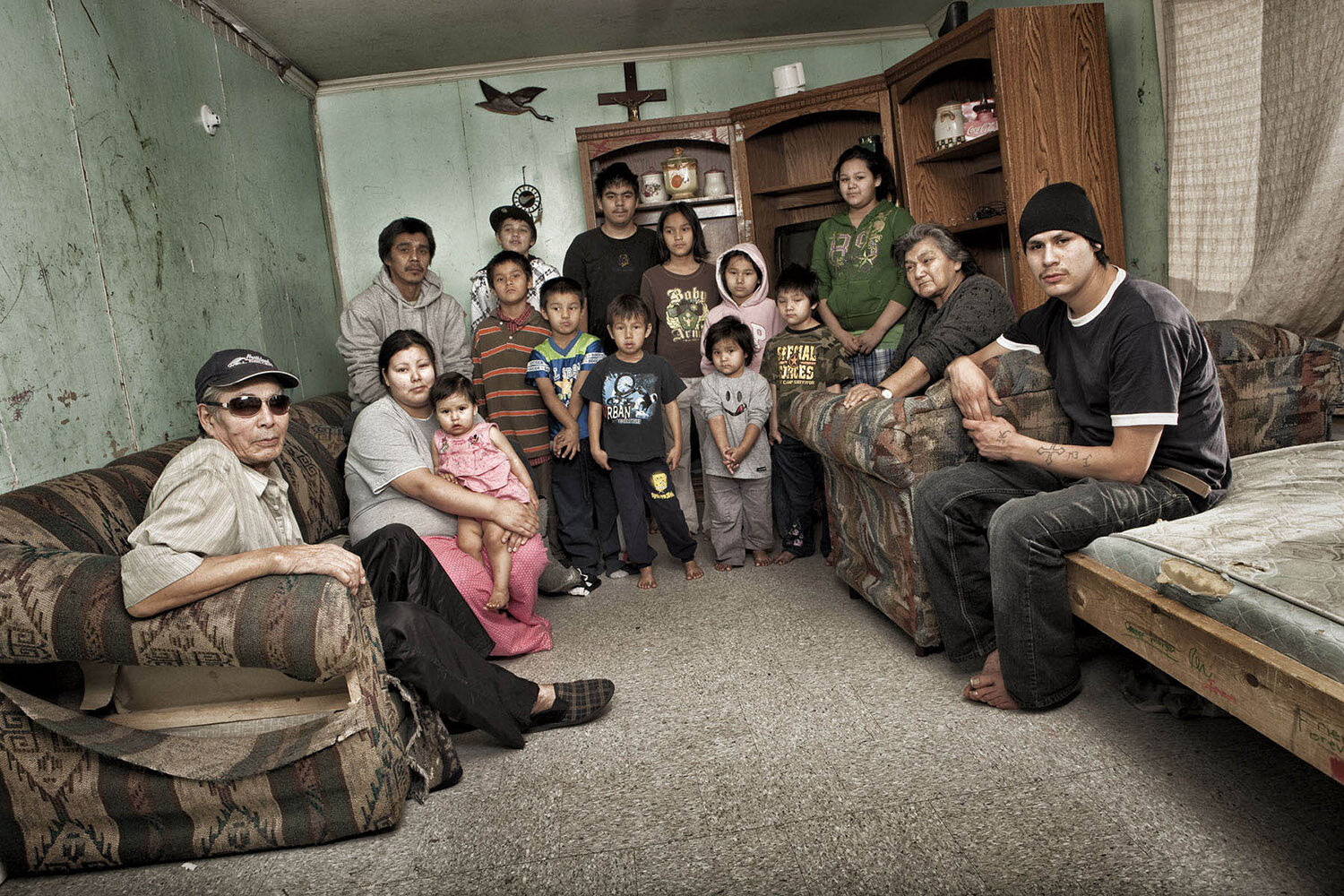
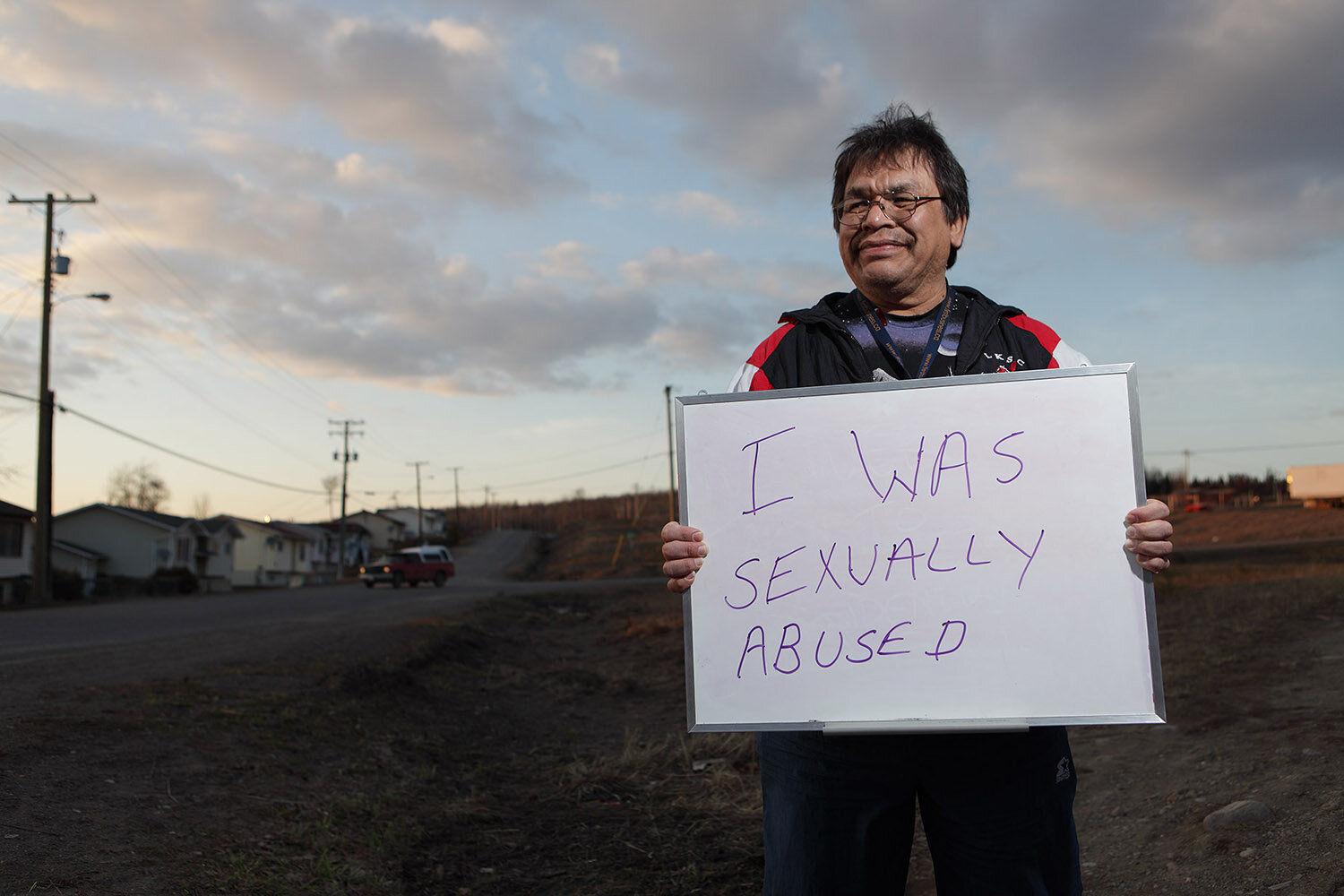
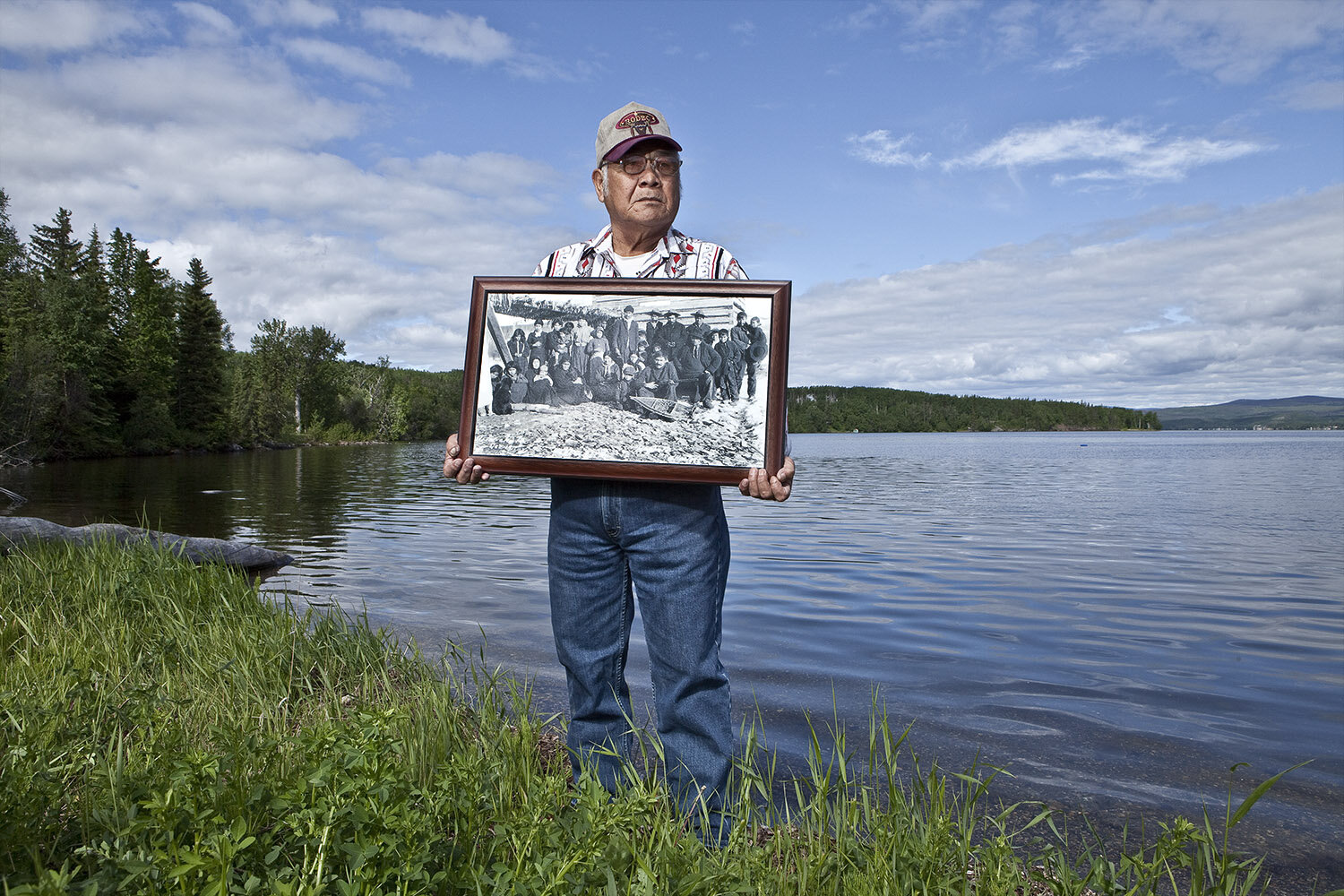

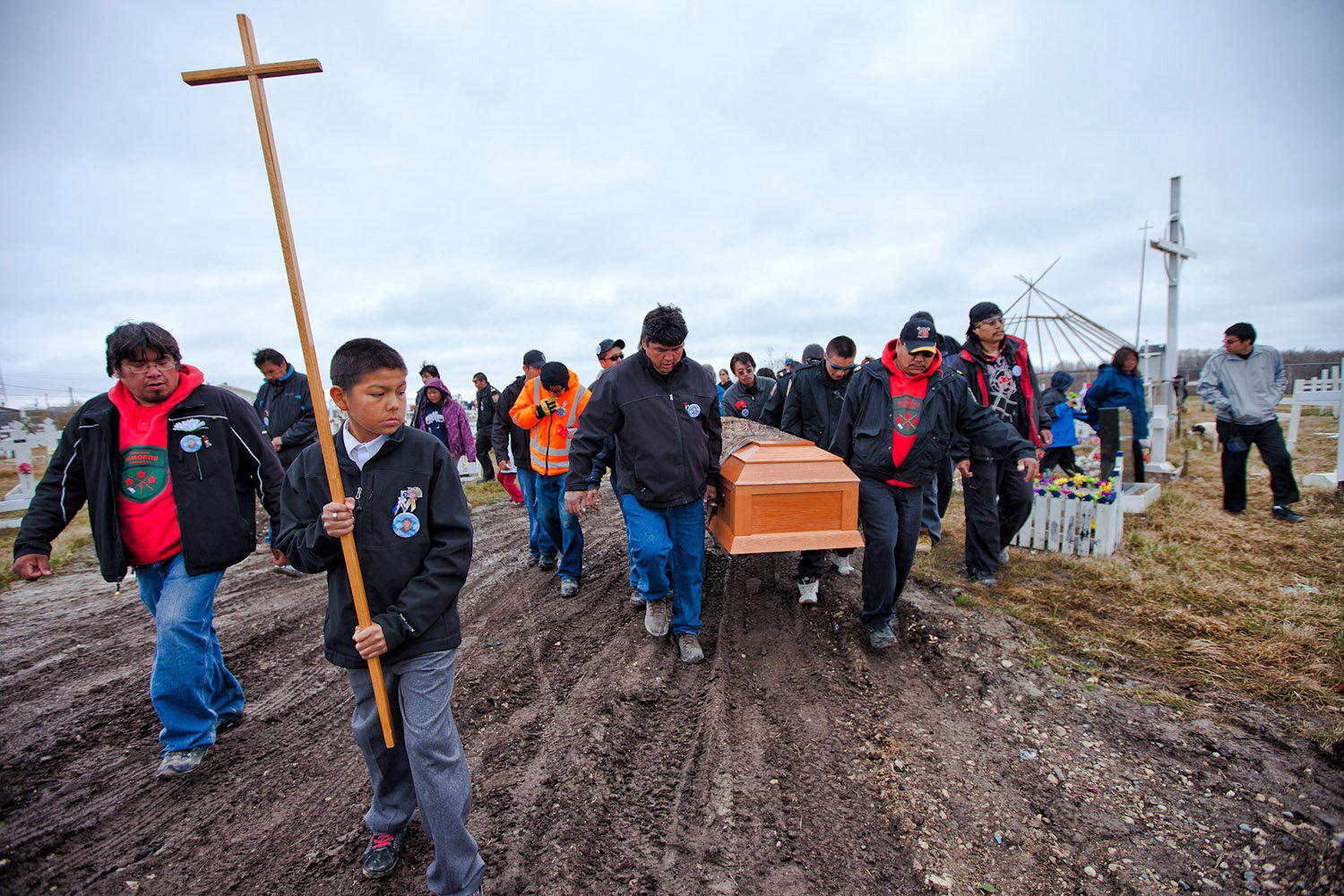
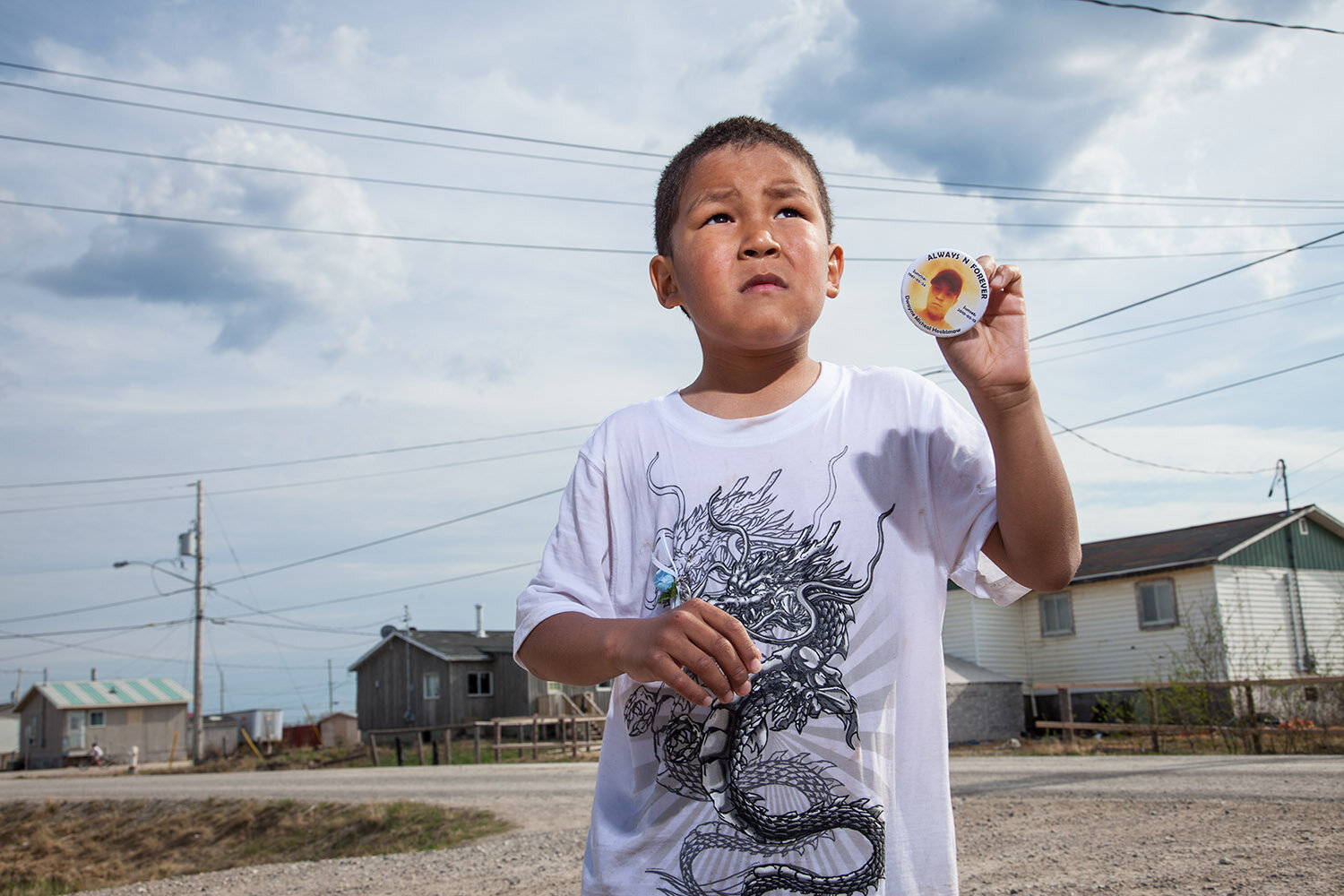
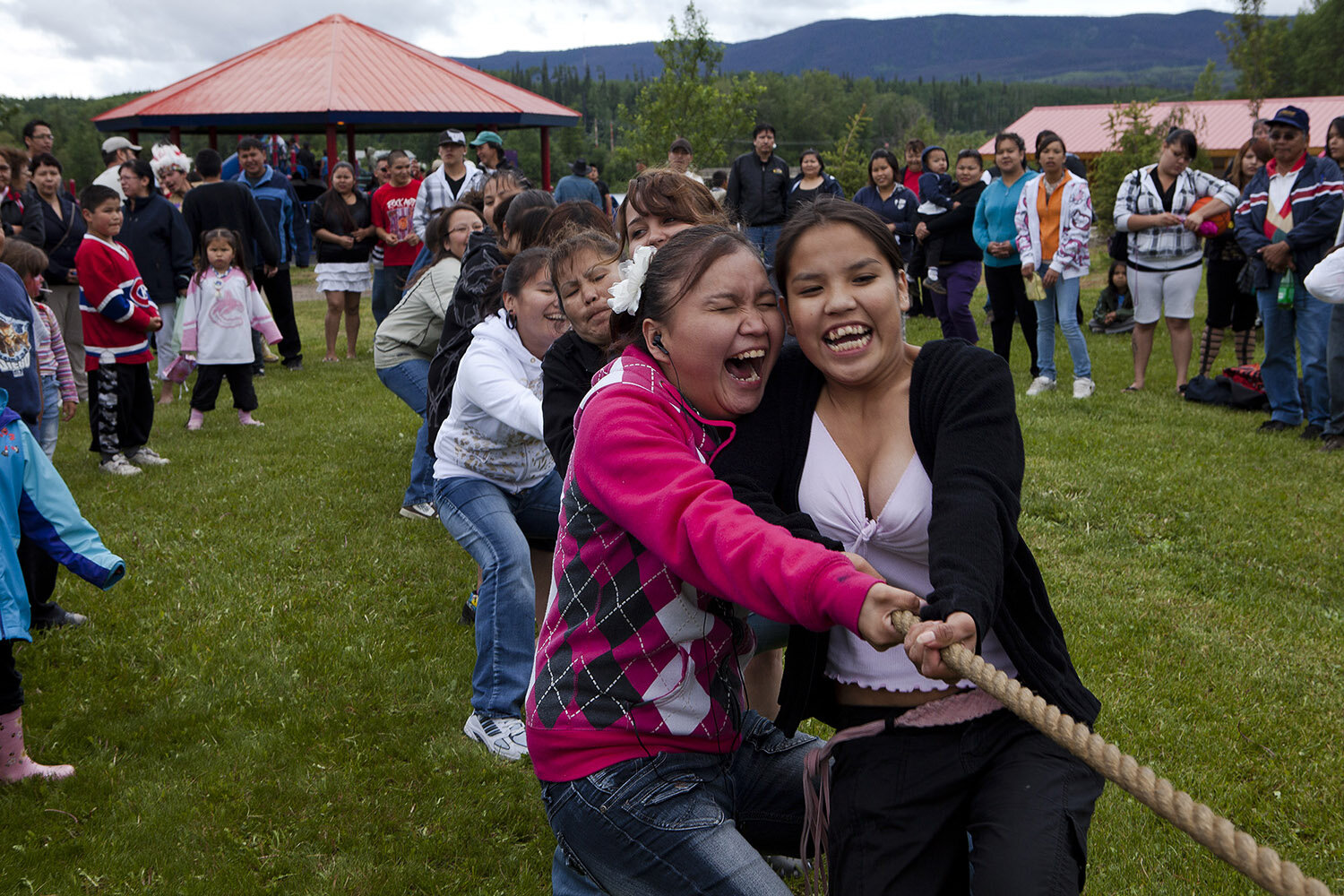
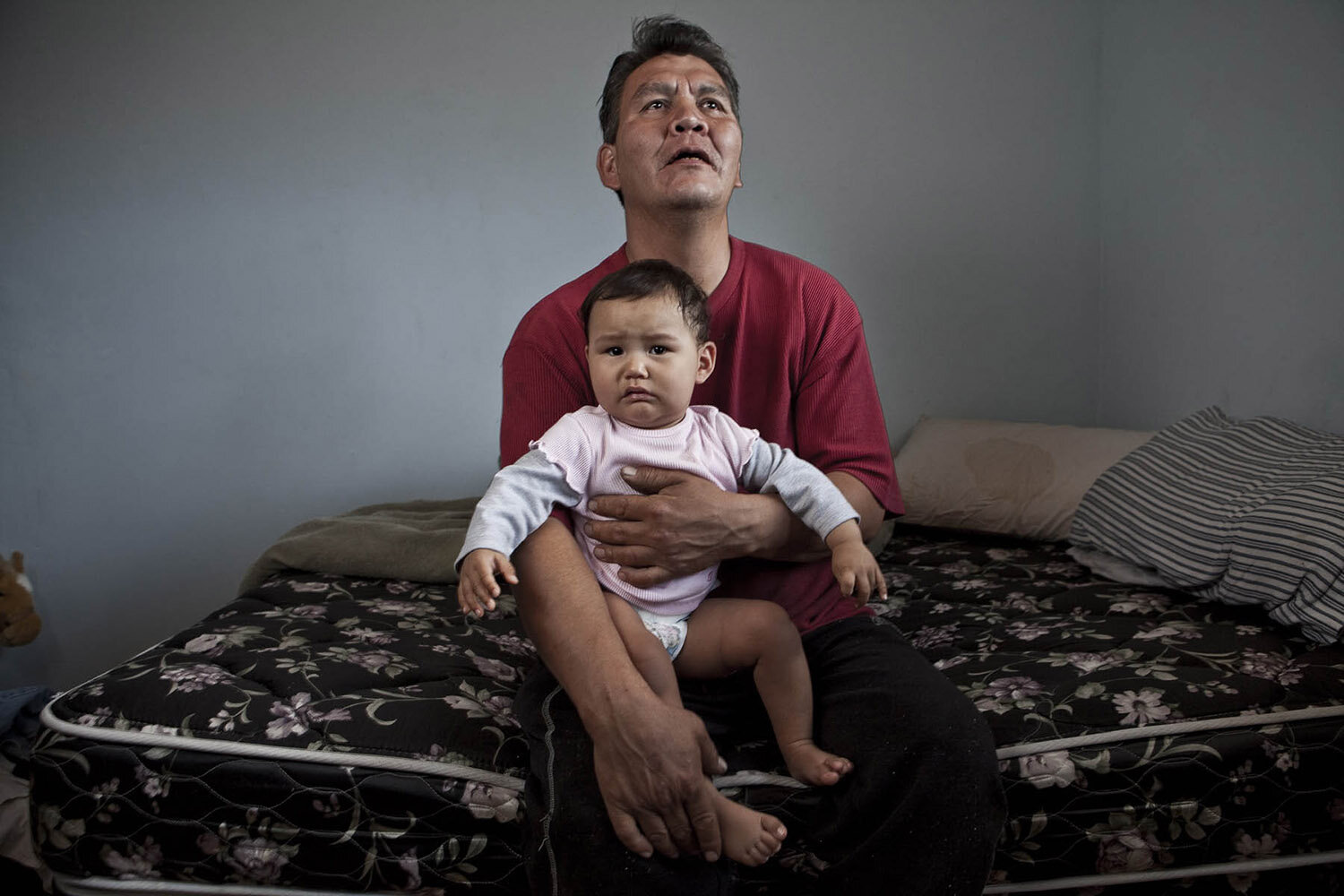
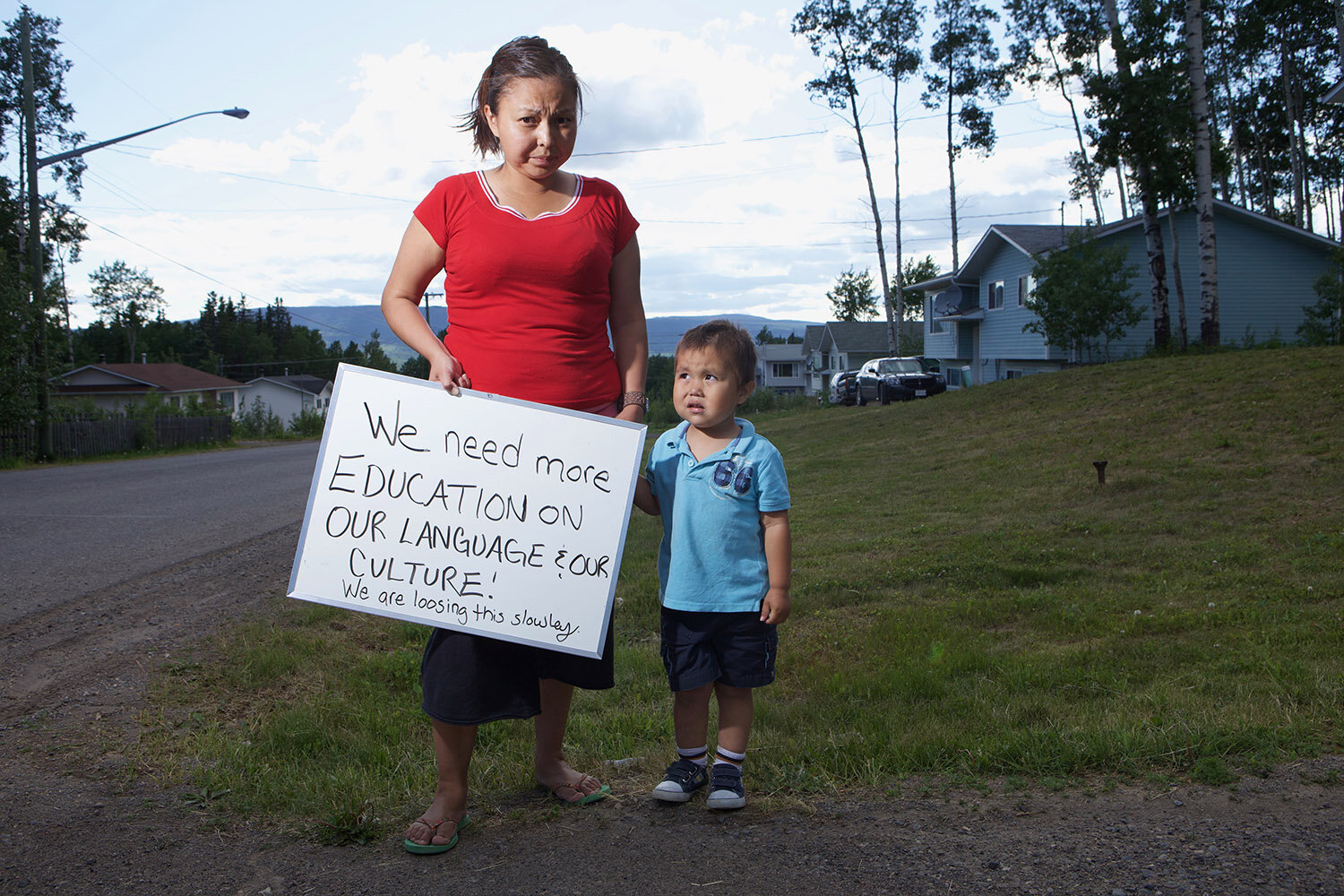
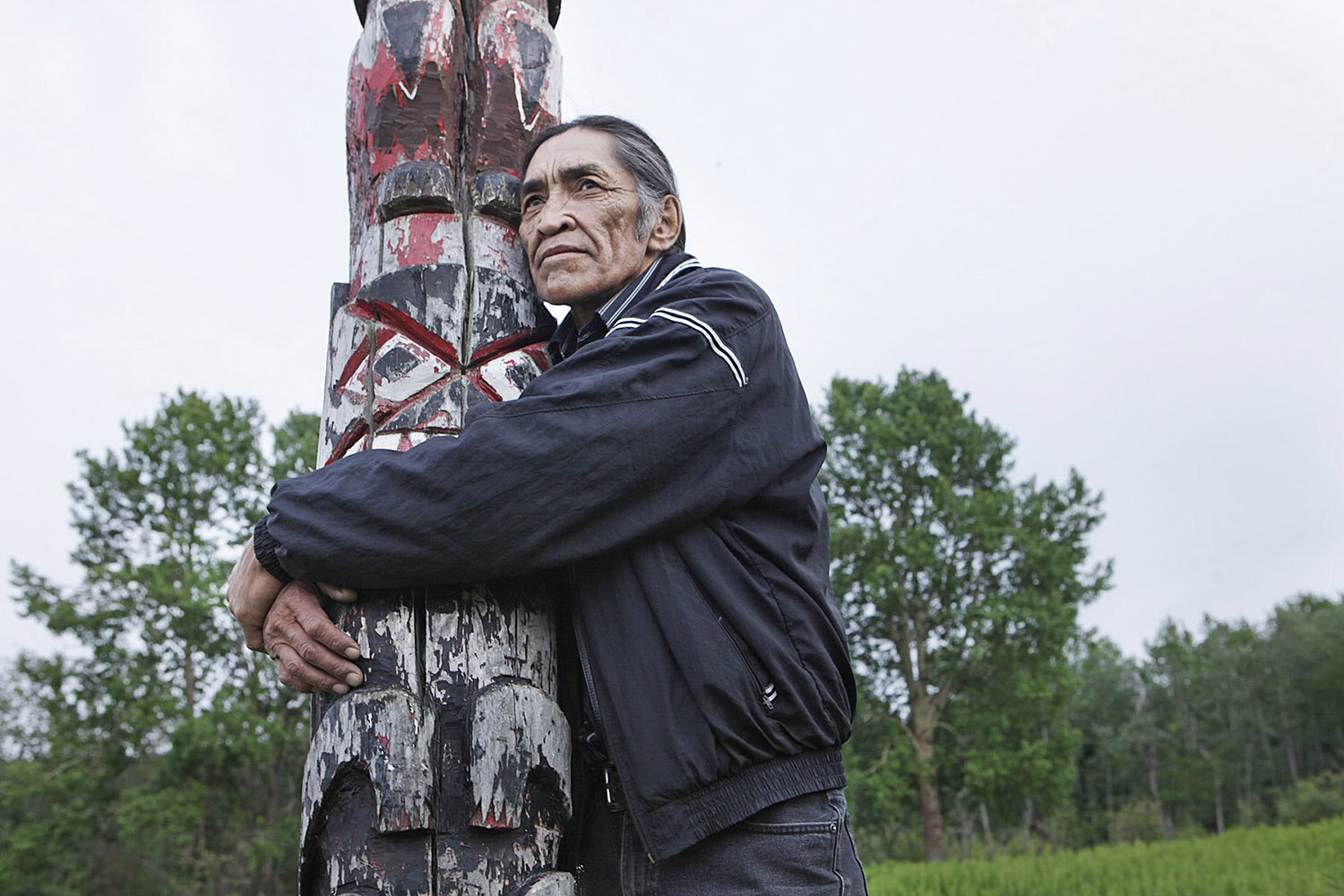
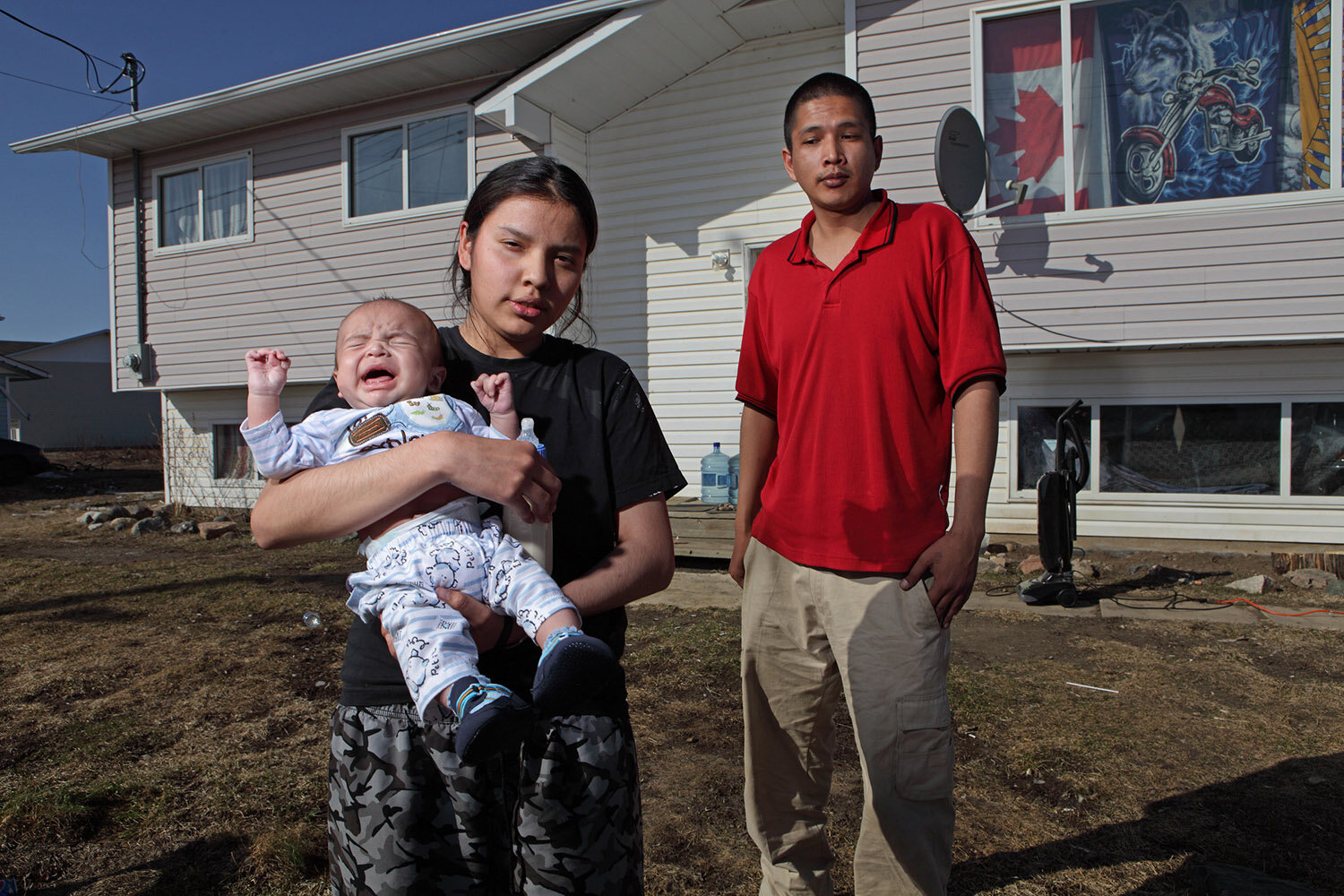
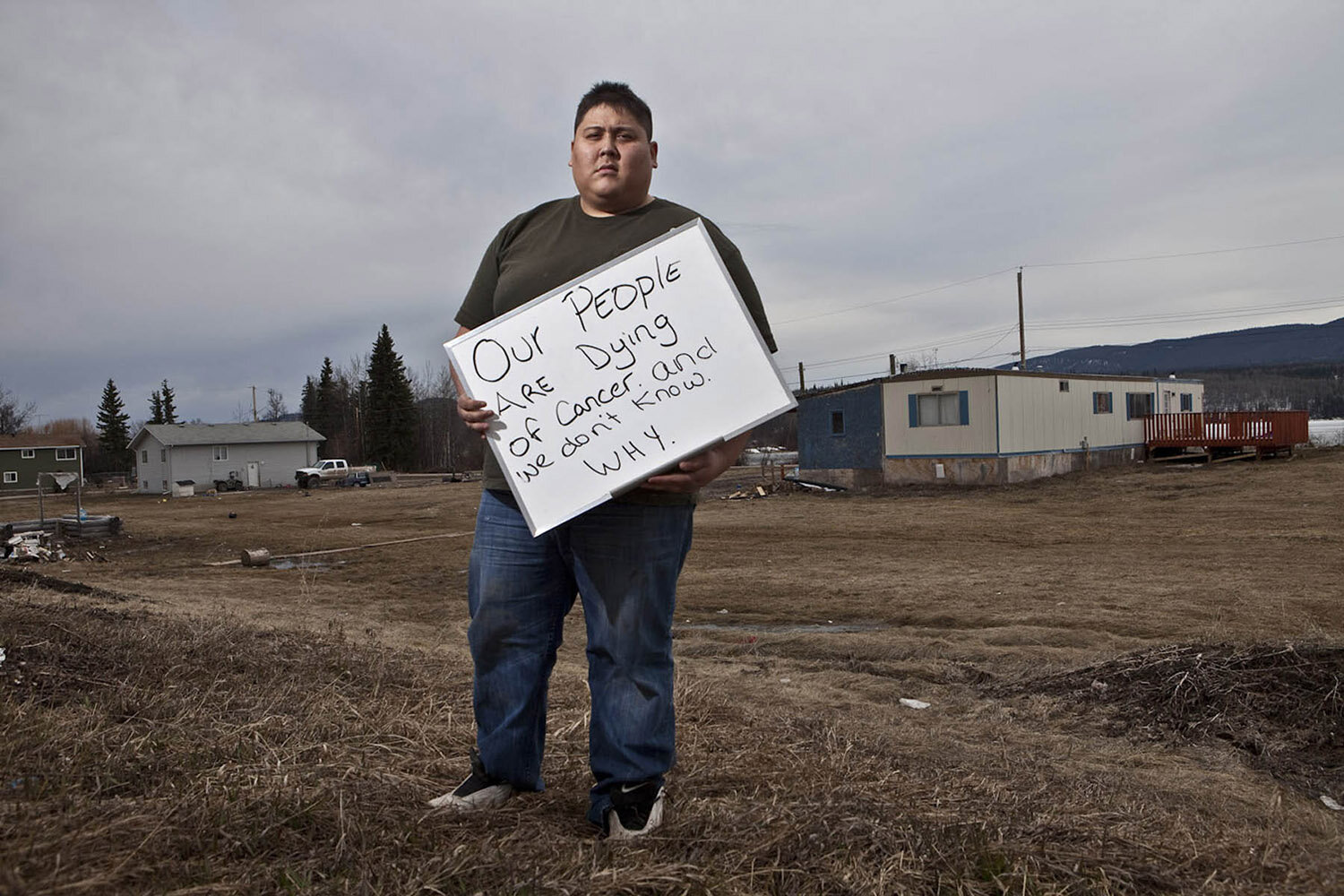
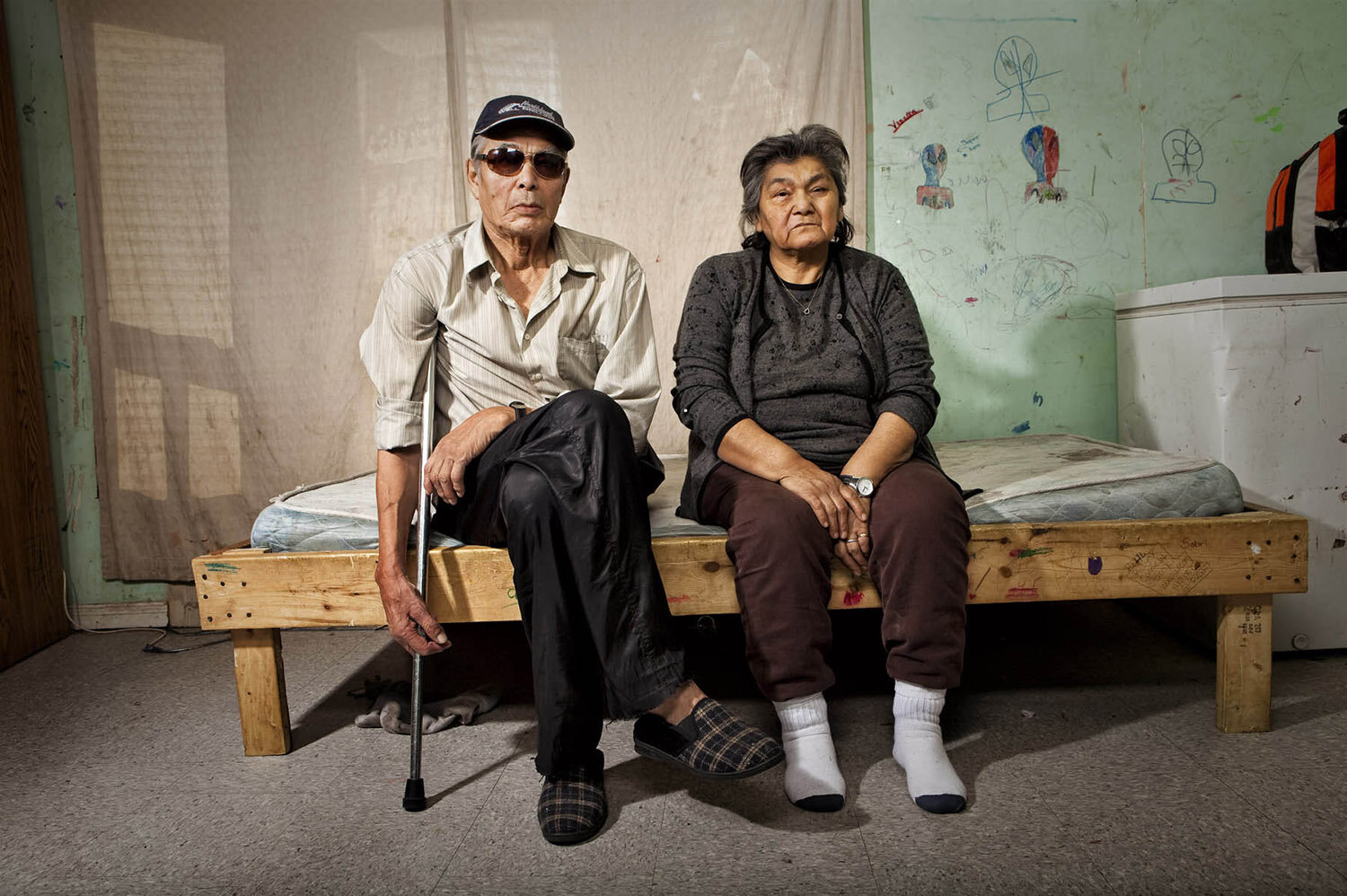
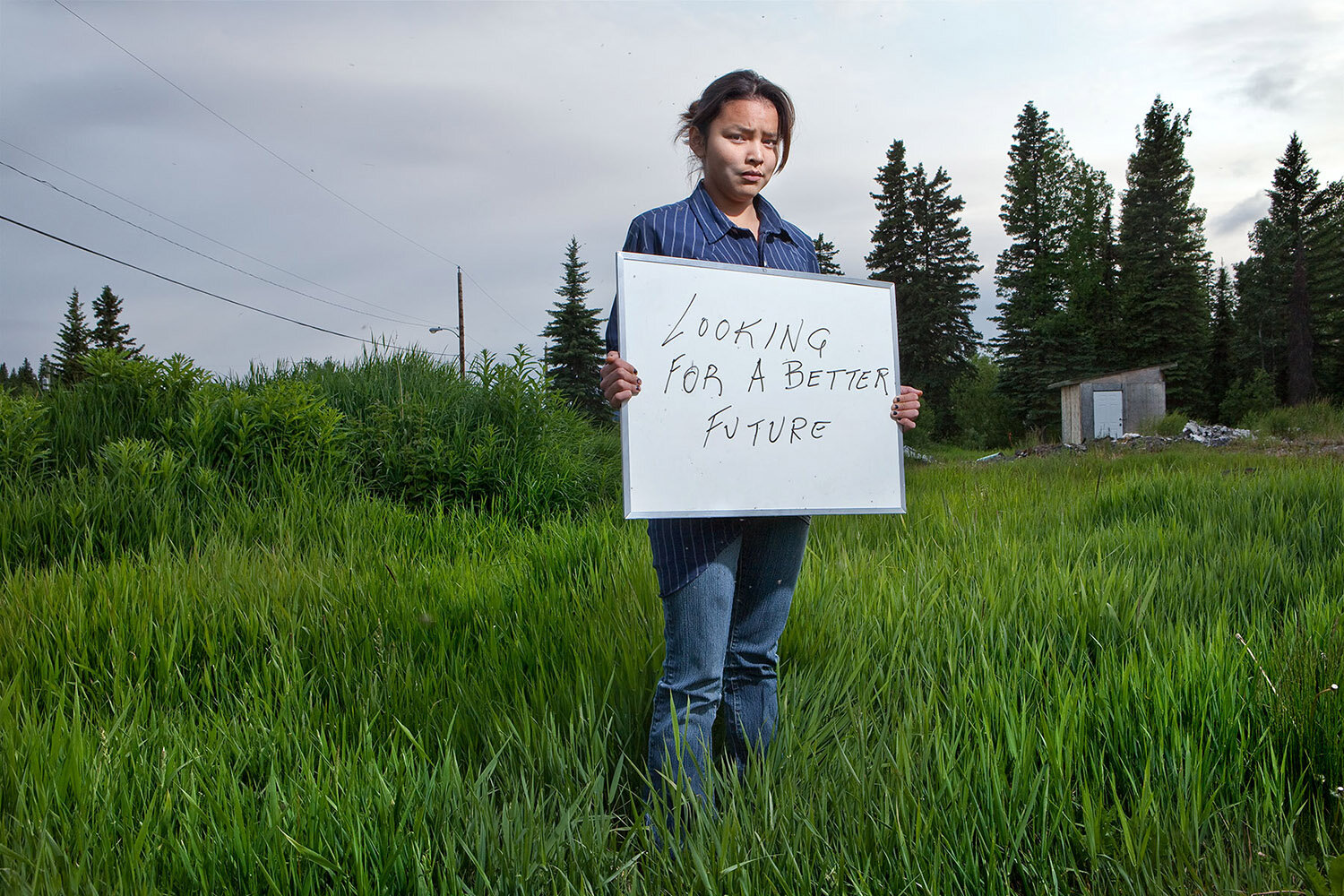
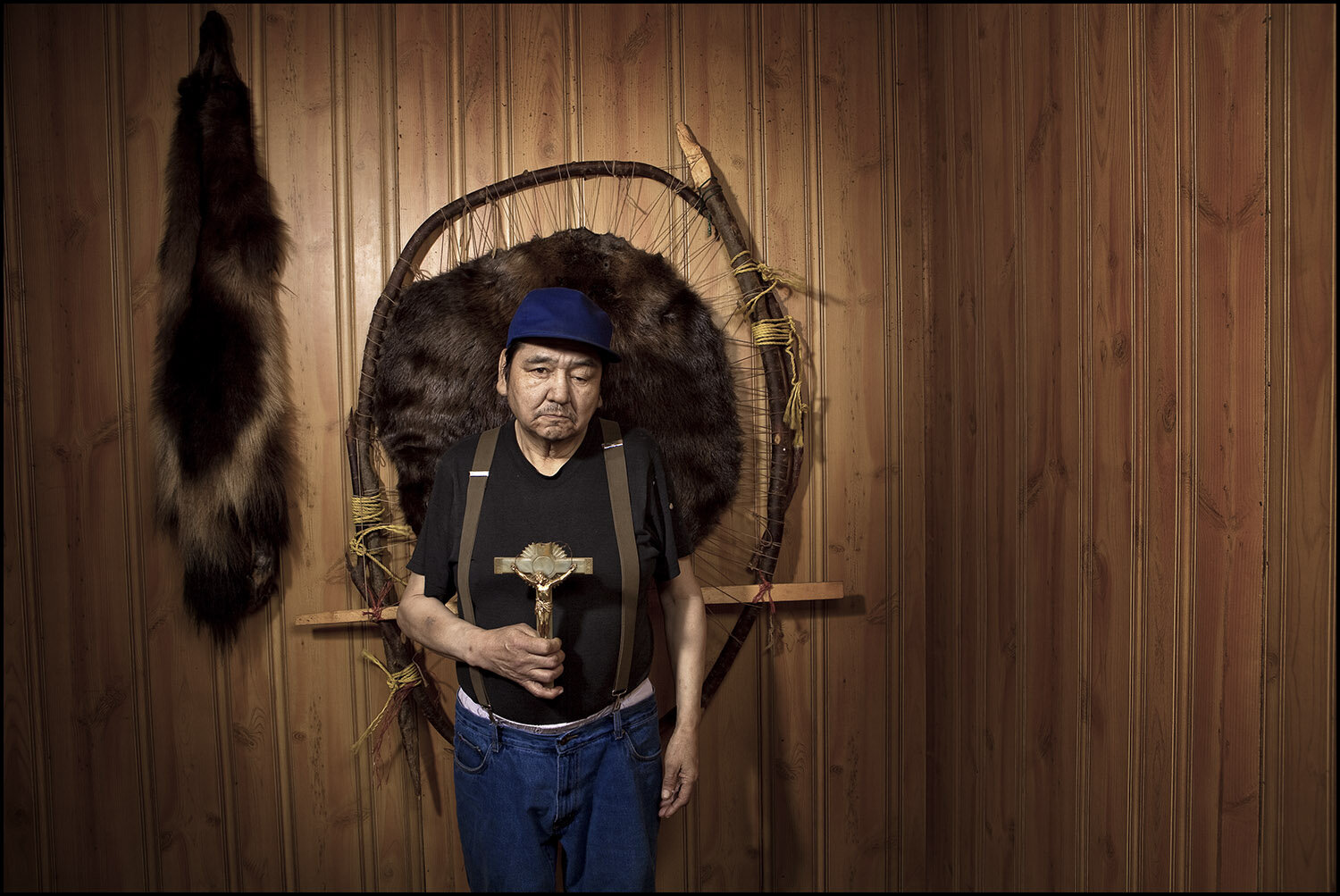

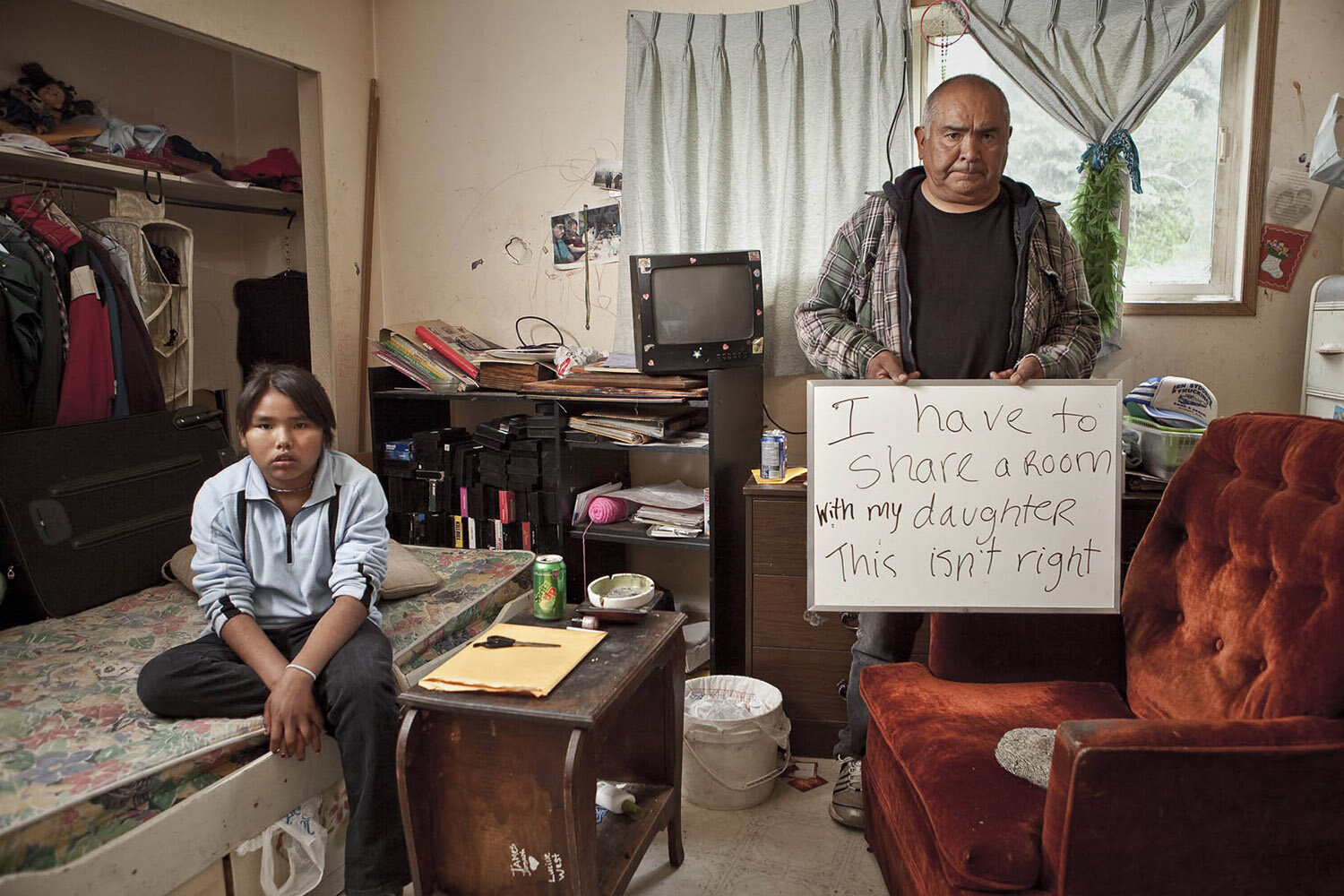
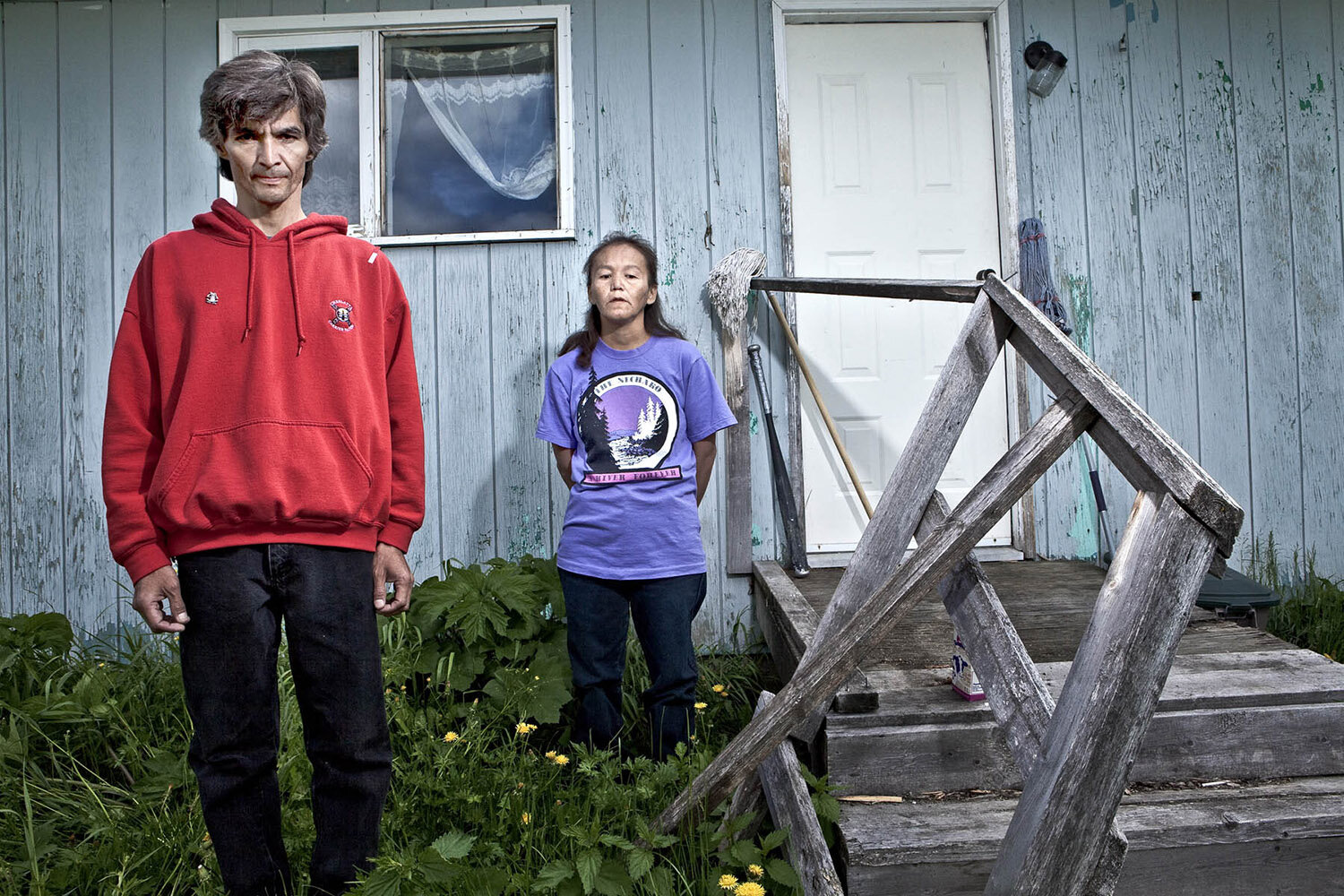
SPD: You have photographed so many people. What impact have they made on your life?
LS: I am honored and deeply grateful that people have allowed and trusted me to take their portraits. Sometimes in difficult situations. That trust has had a profound effect on who I am, and how I approach my work.
SPD: How do you make the most of your time during the pandemic? What are you looking forward to?
LS: Like everyone else, I am working on my website, marketing, Zoom meetings, etc., and reflecting on what is really important to be able to set a meaningful course going forward.
SPD: Where do you see the business post-lockdown?
LS: All photographers will have to be more inventive as to how we tell the story, making safety the priority.
SPD: What does SPD mean to you?
LS: SPD has offered me a unique opportunity to understand the industry that I have participated in for so many years. Just to be able to learn more about the challenges from my client side is invaluable.
To see more of Liam’s work visit liamsharp.com
